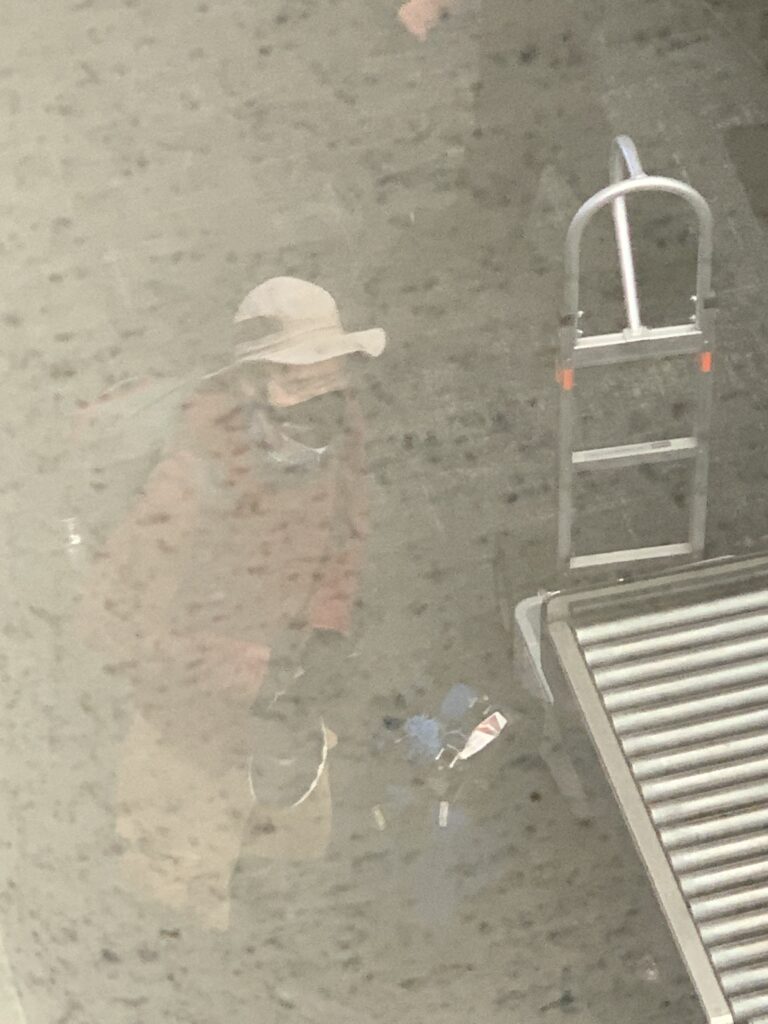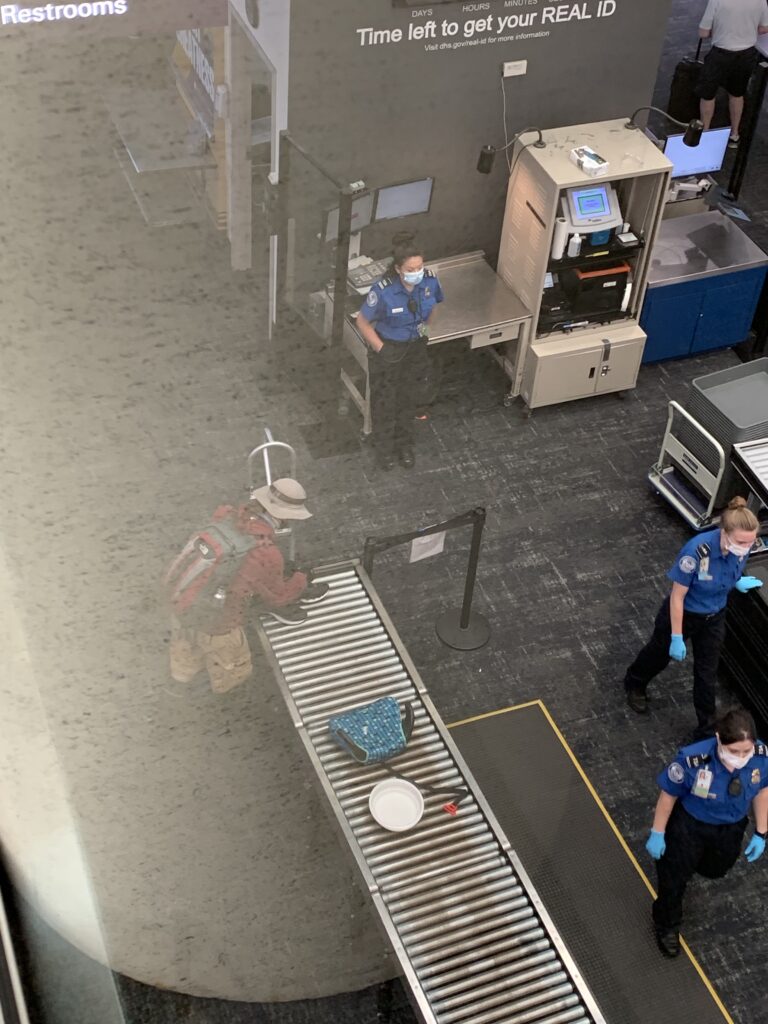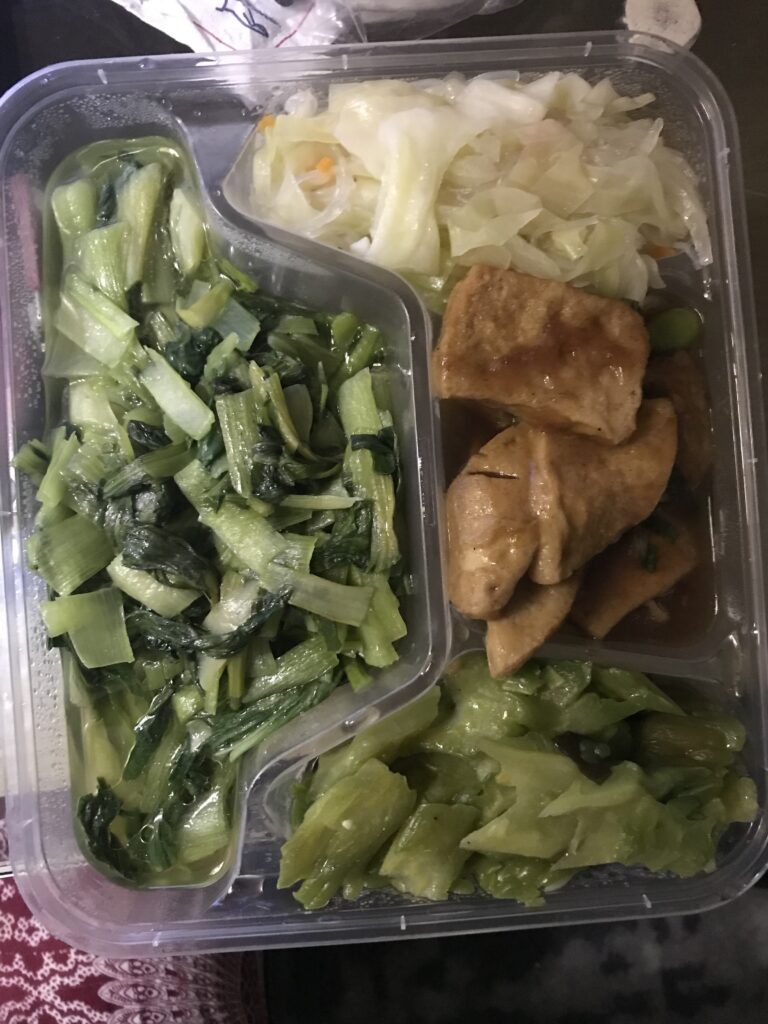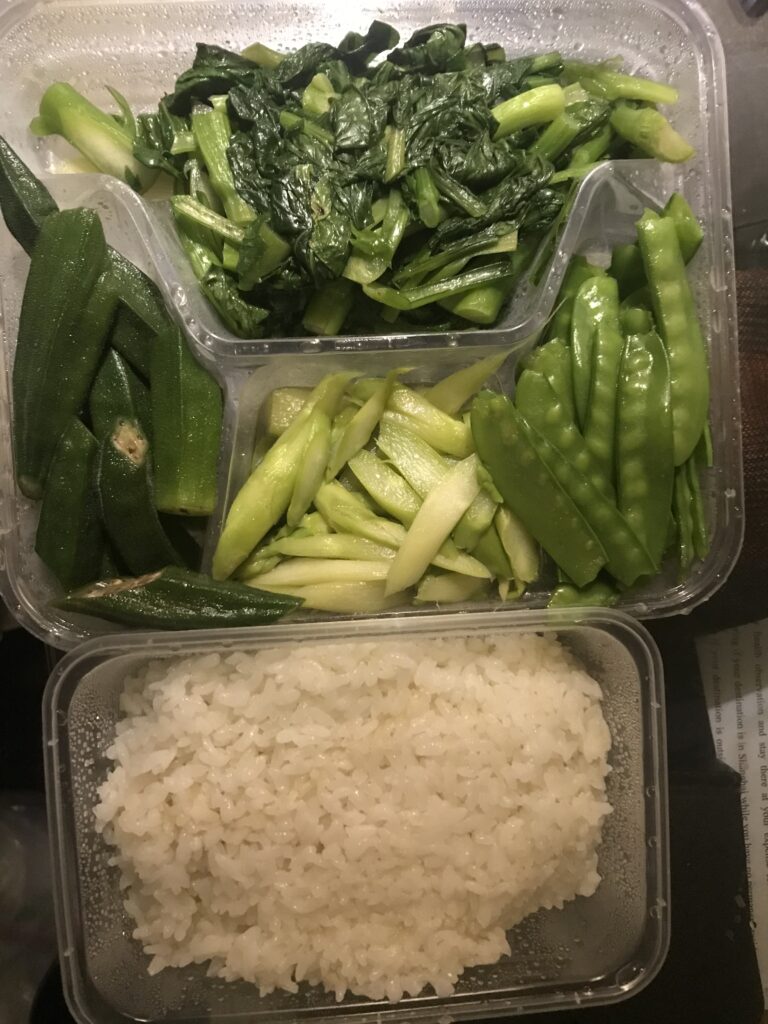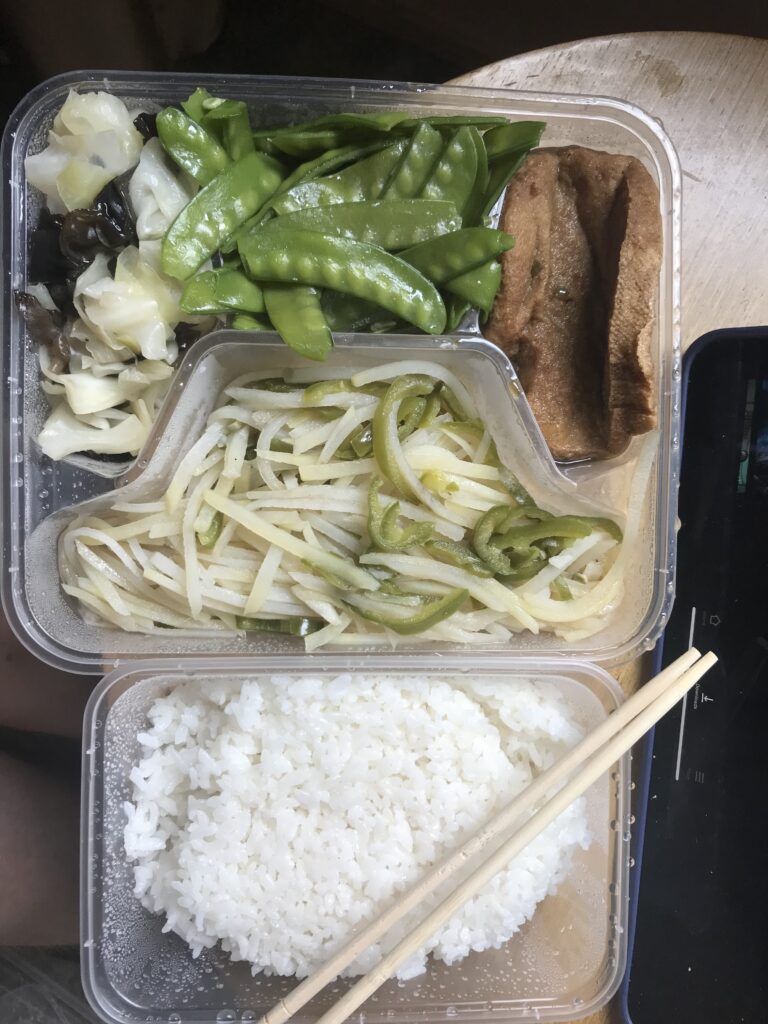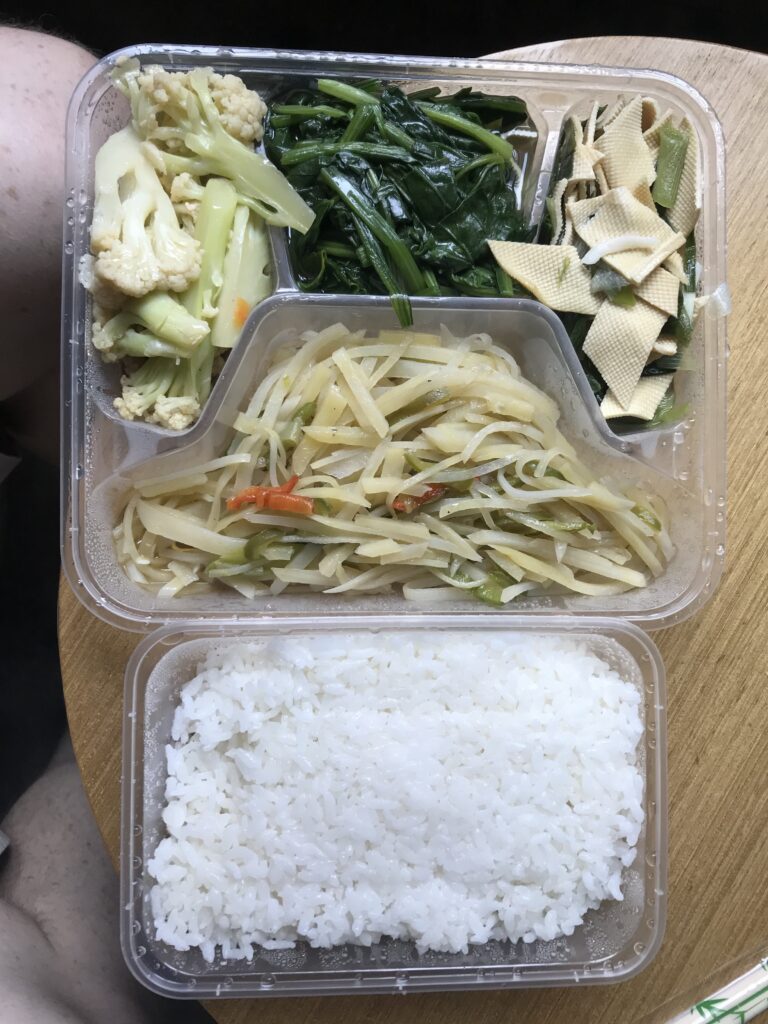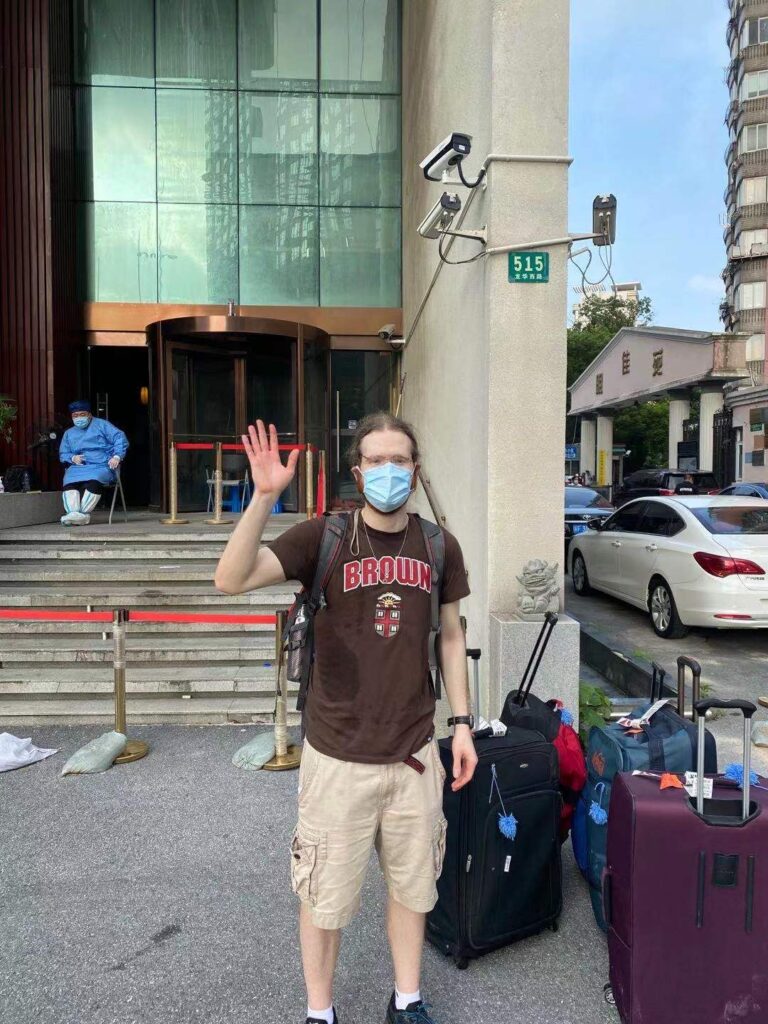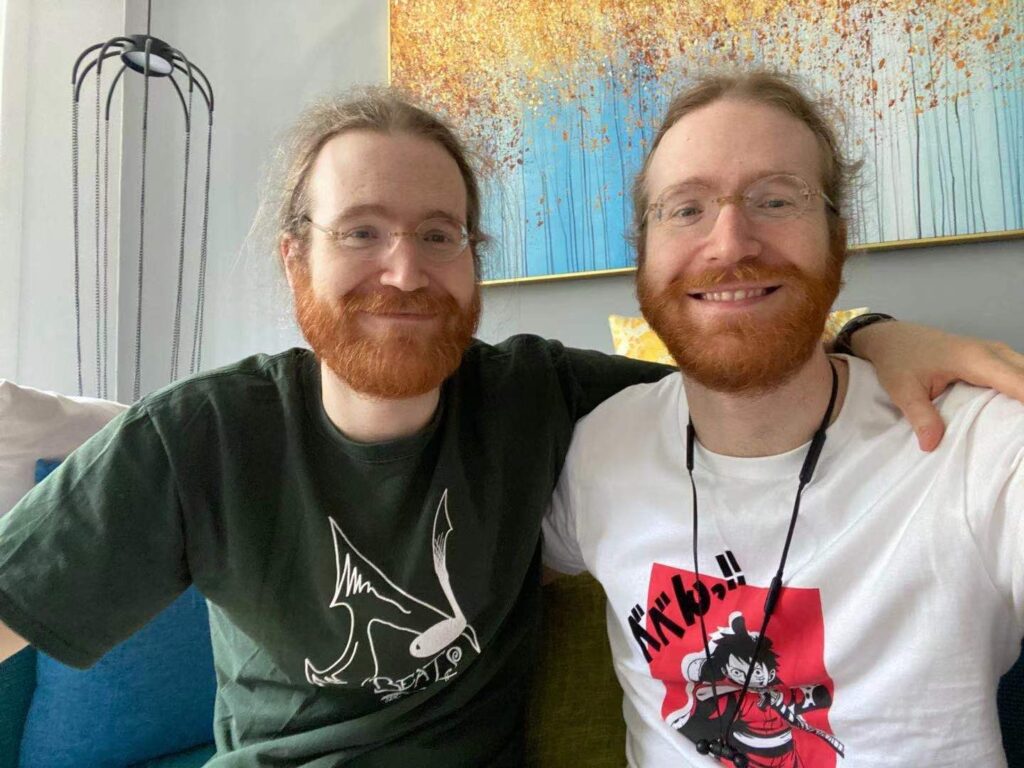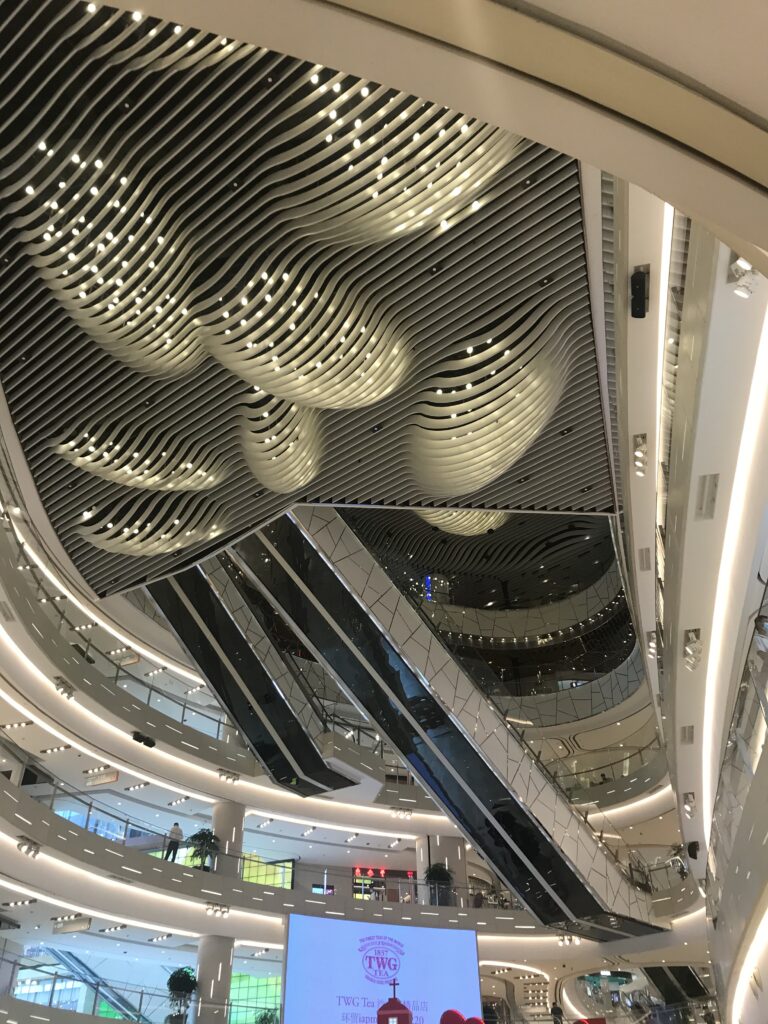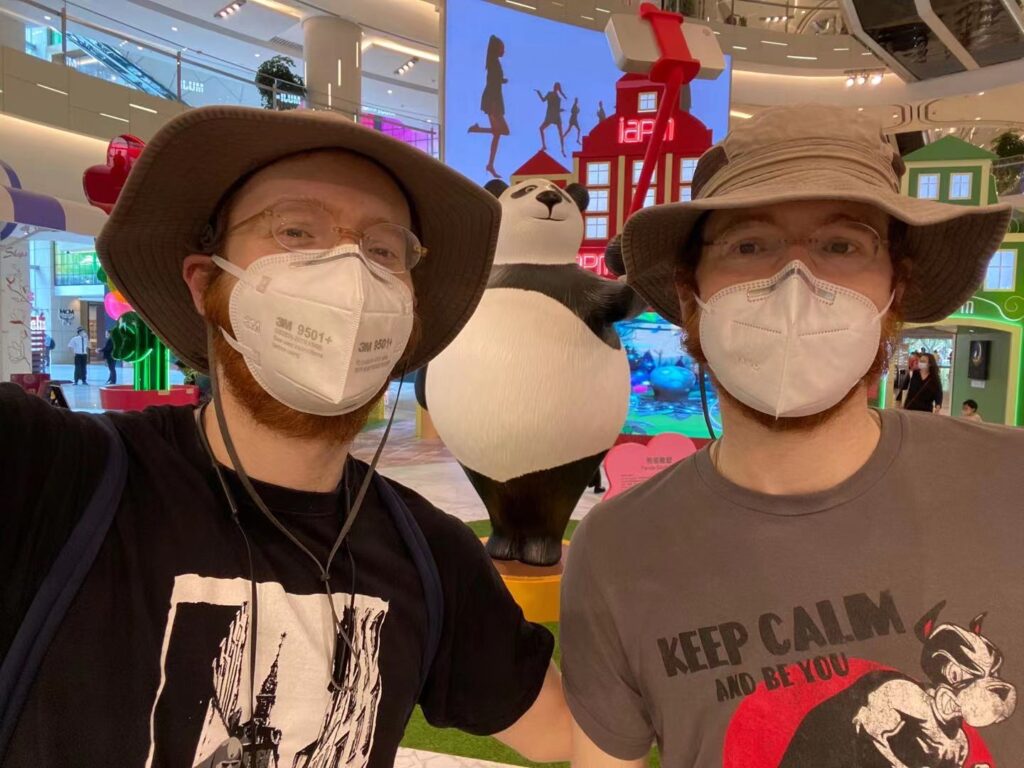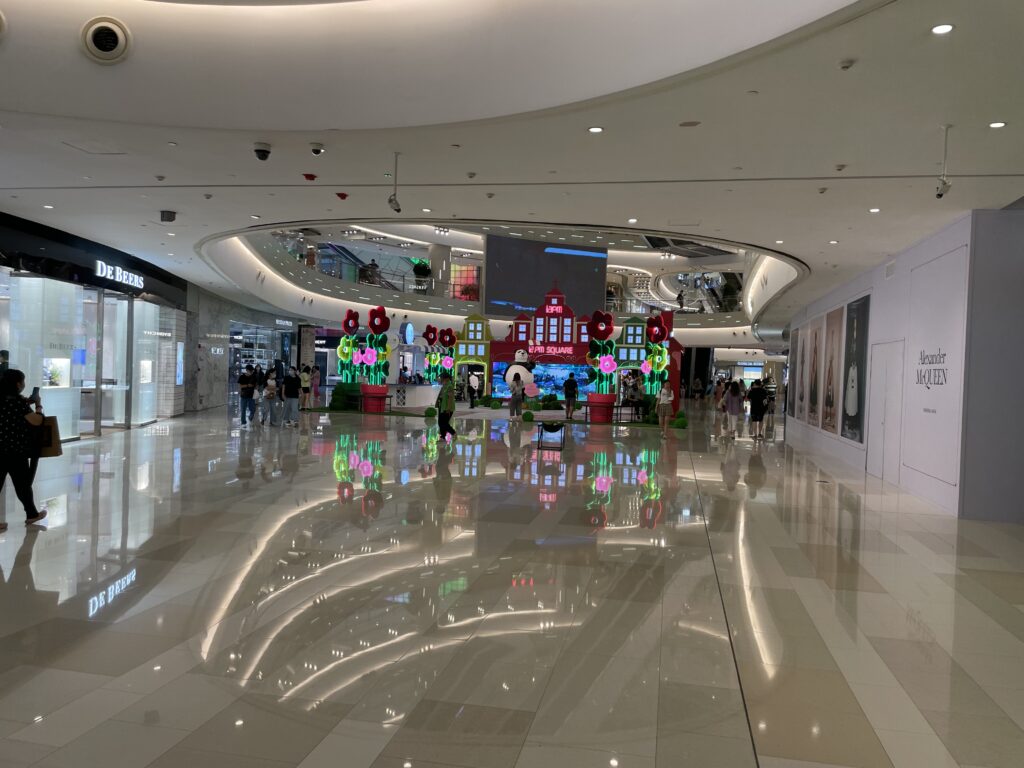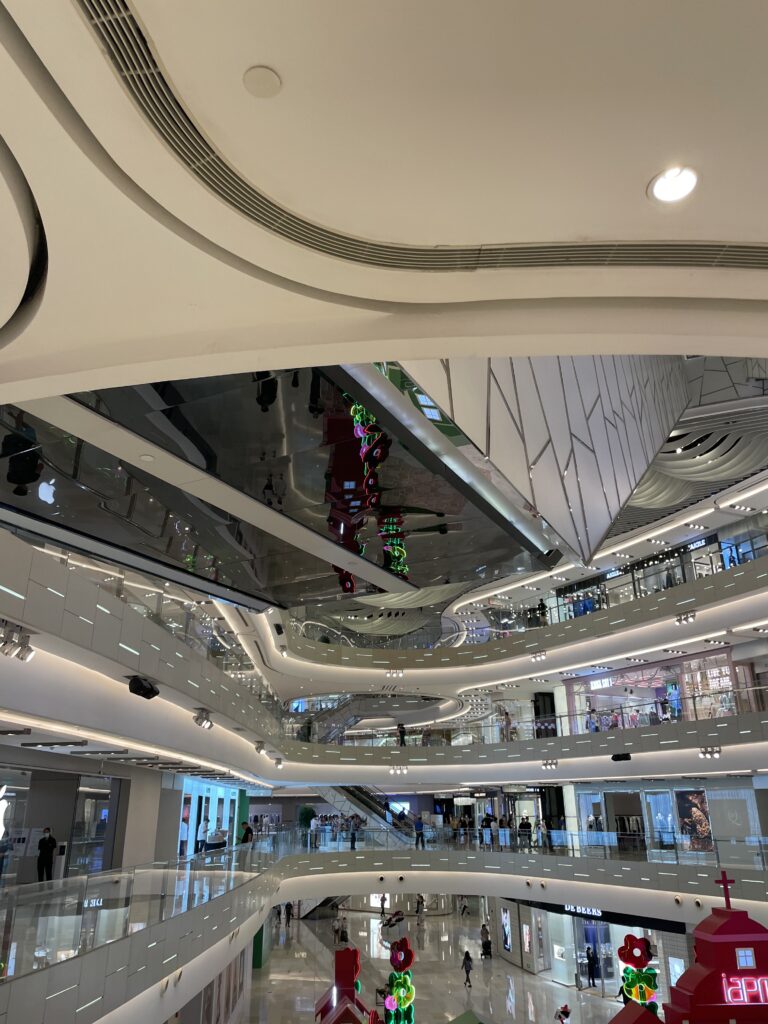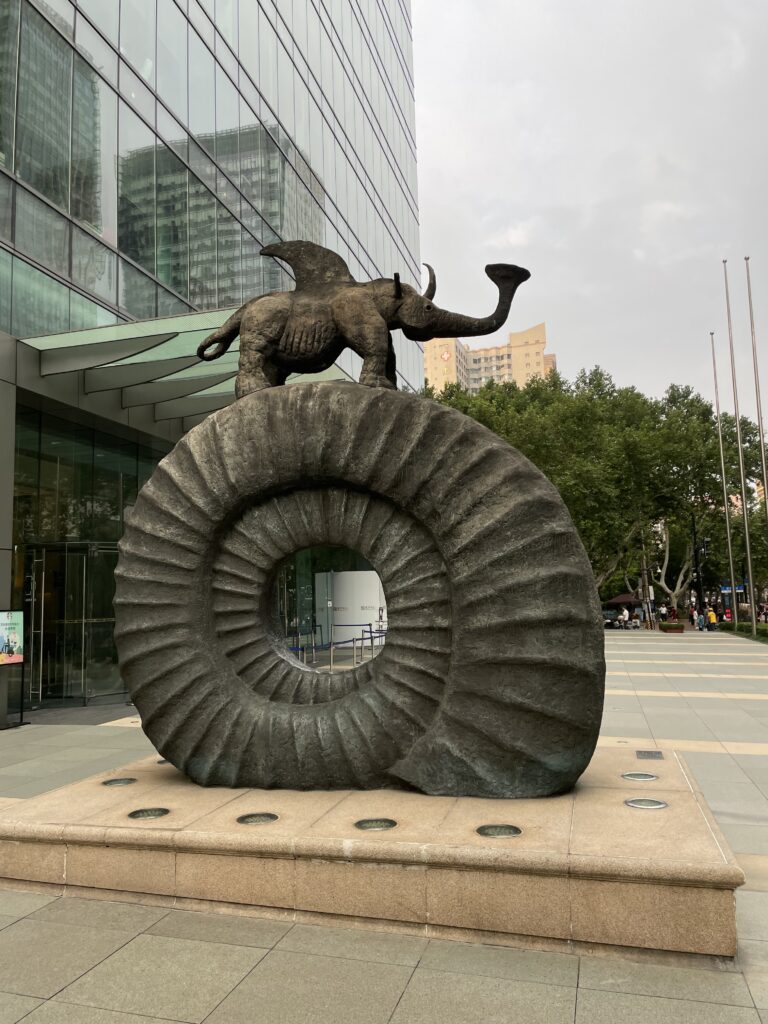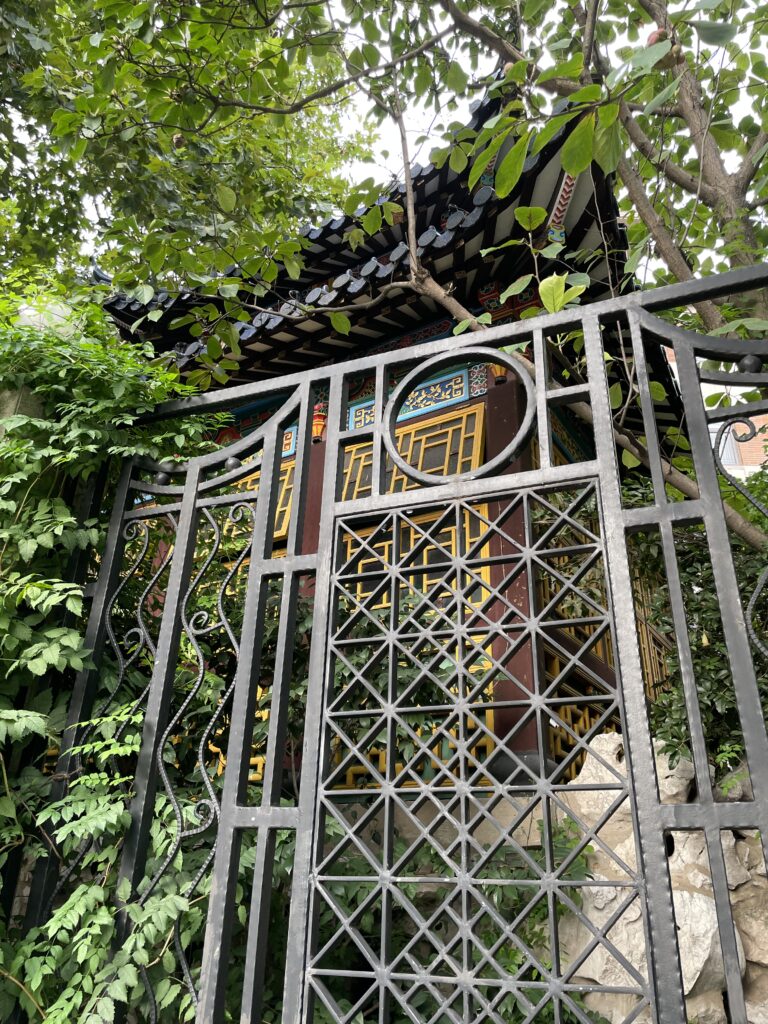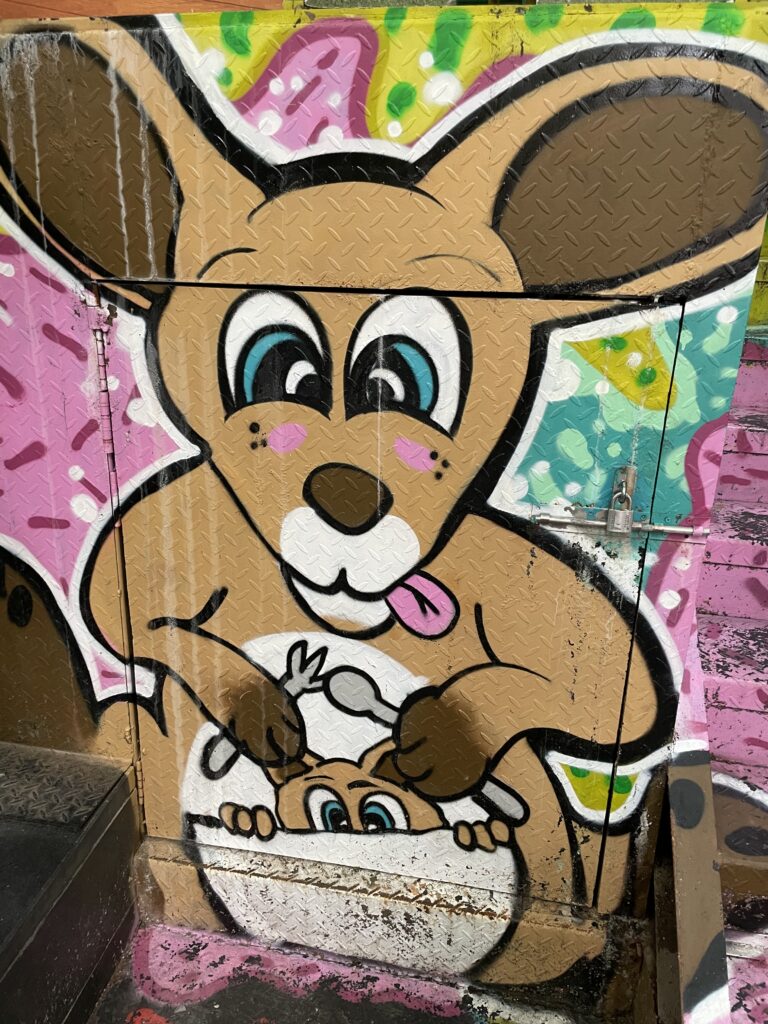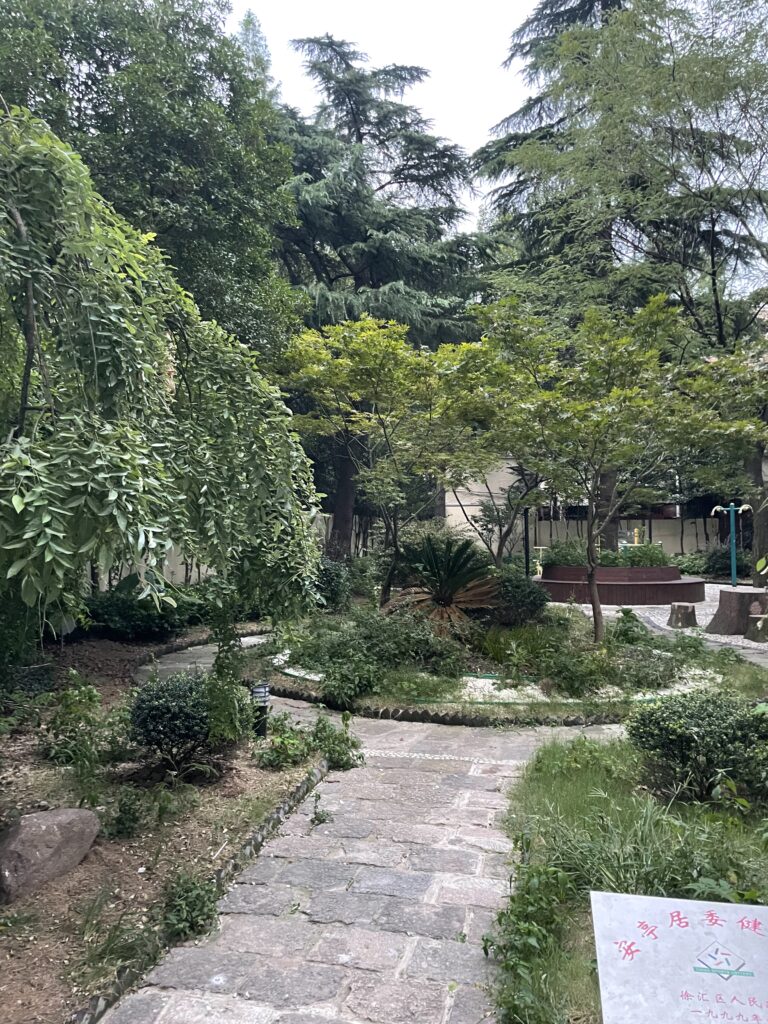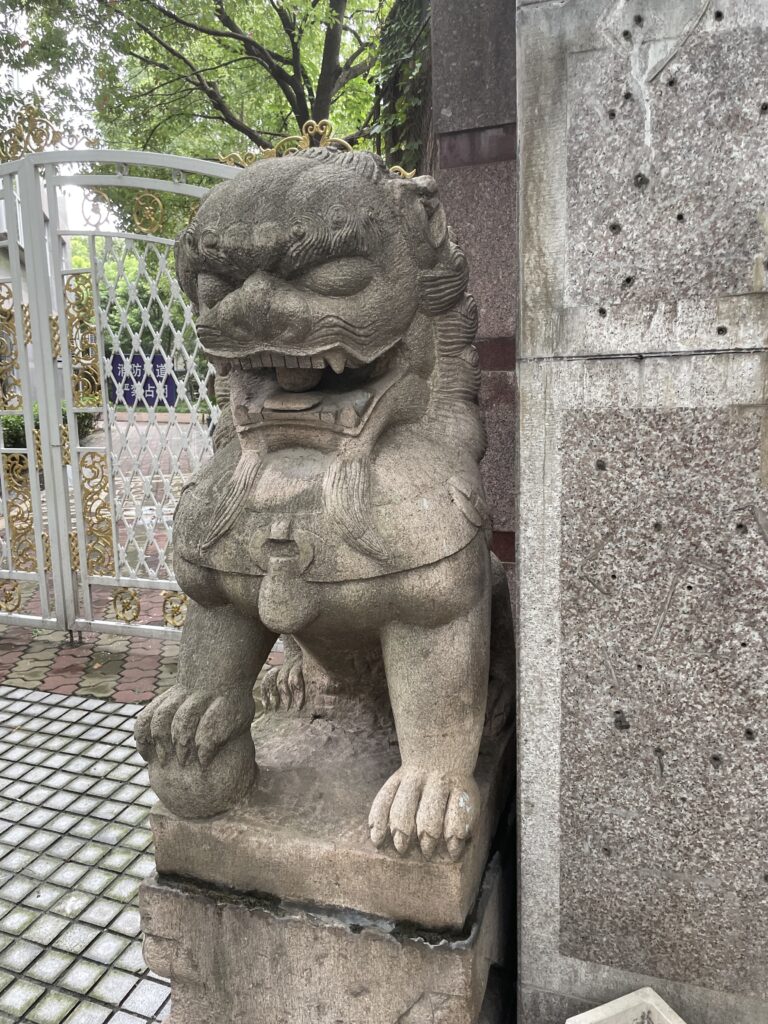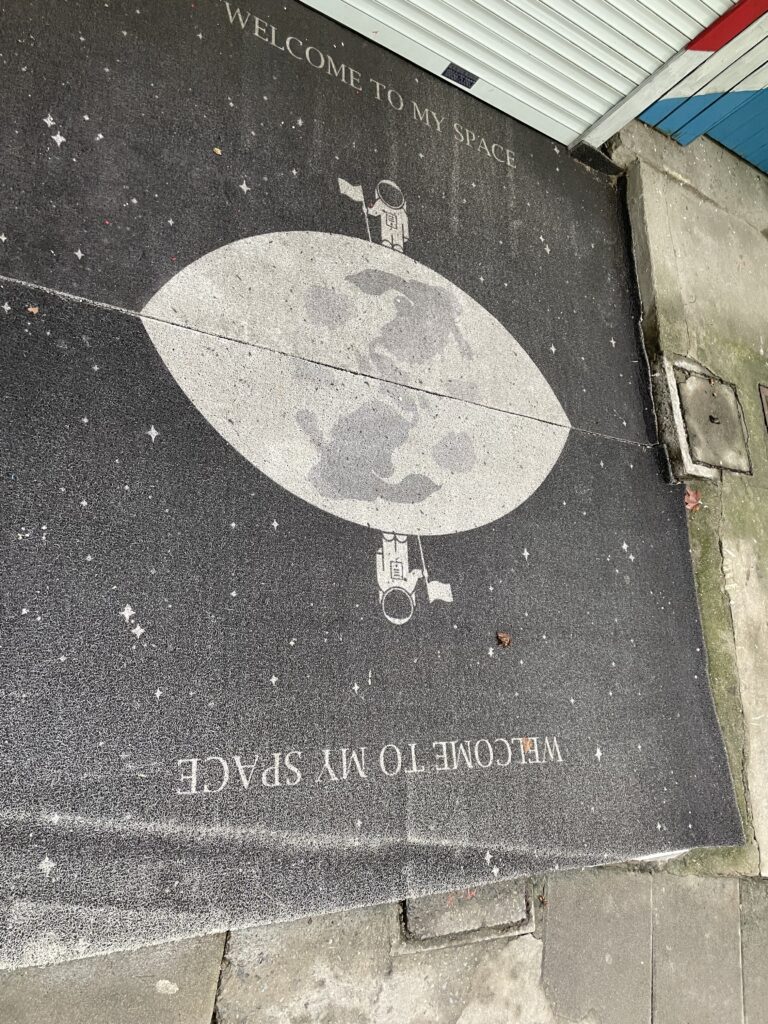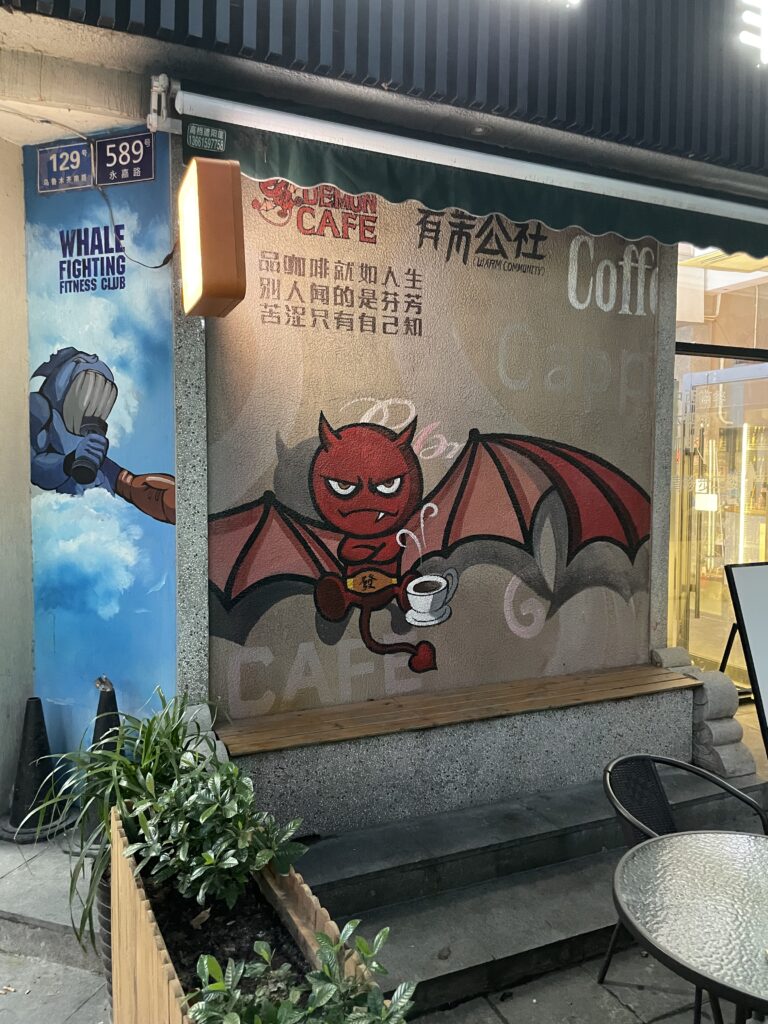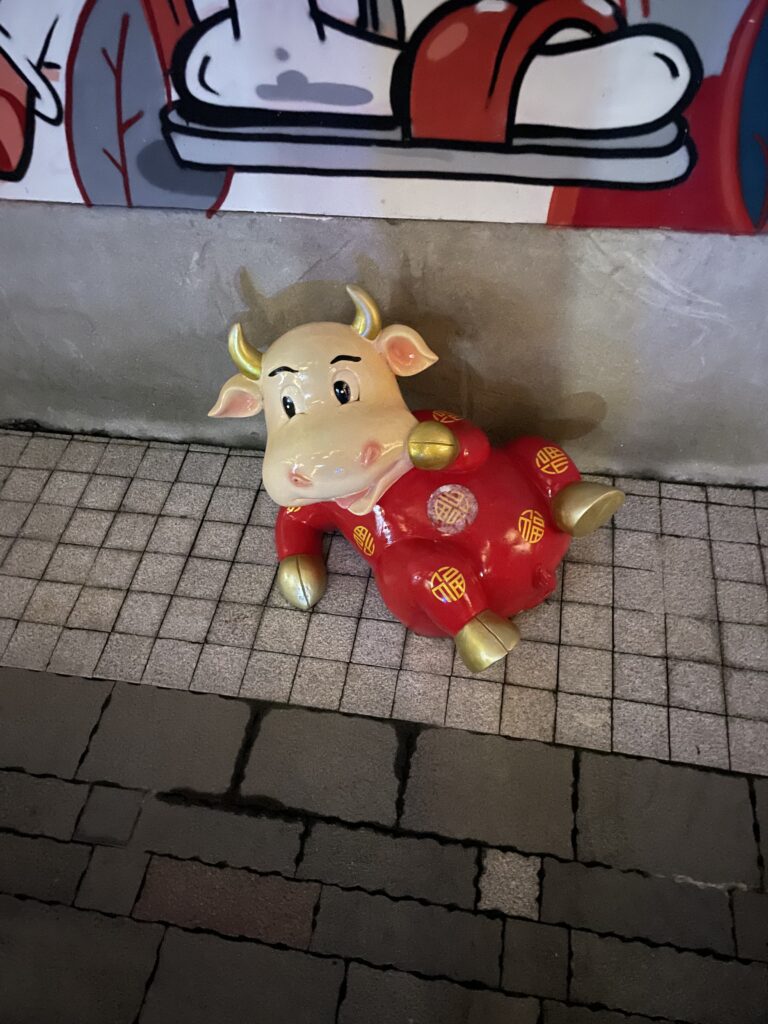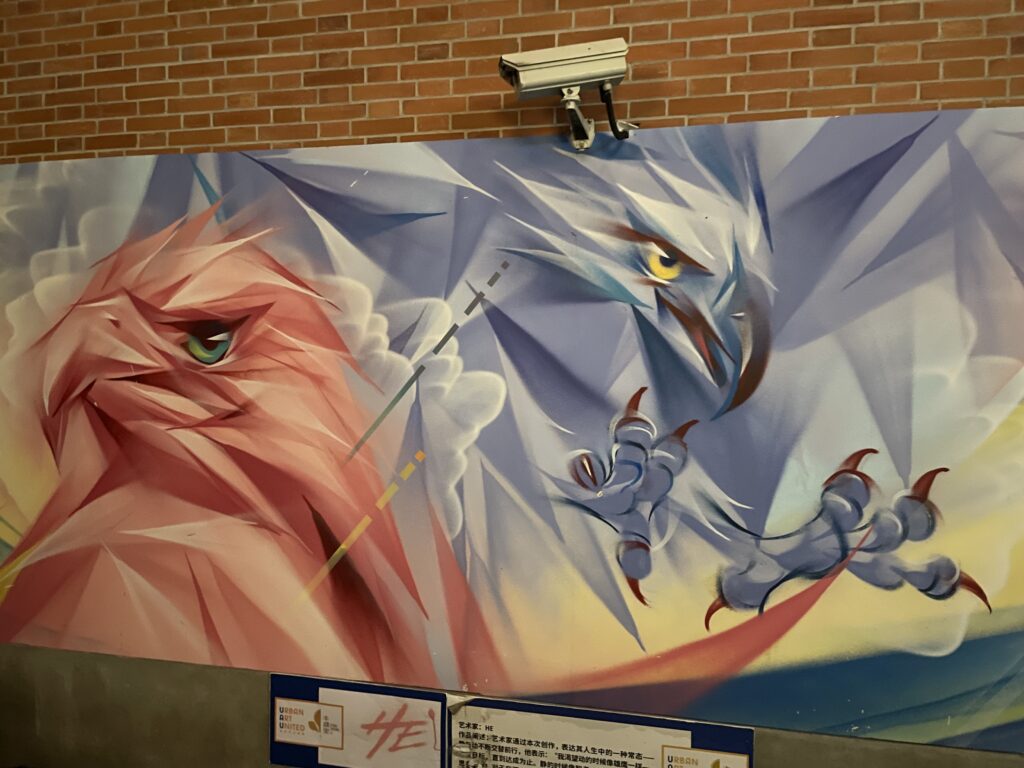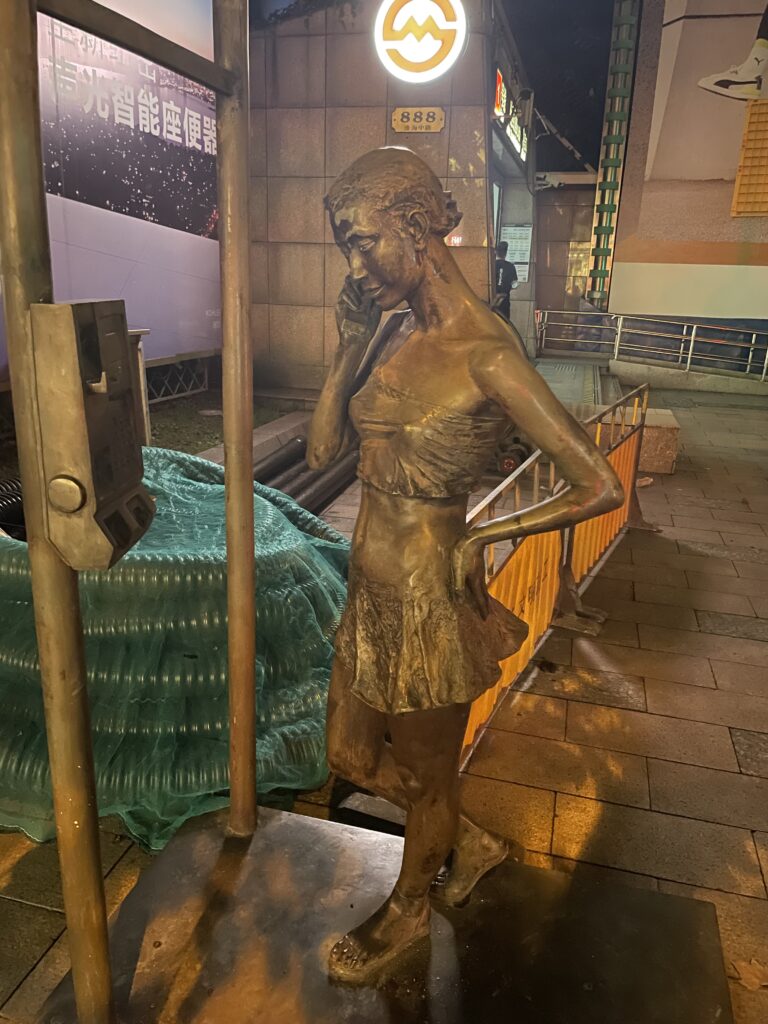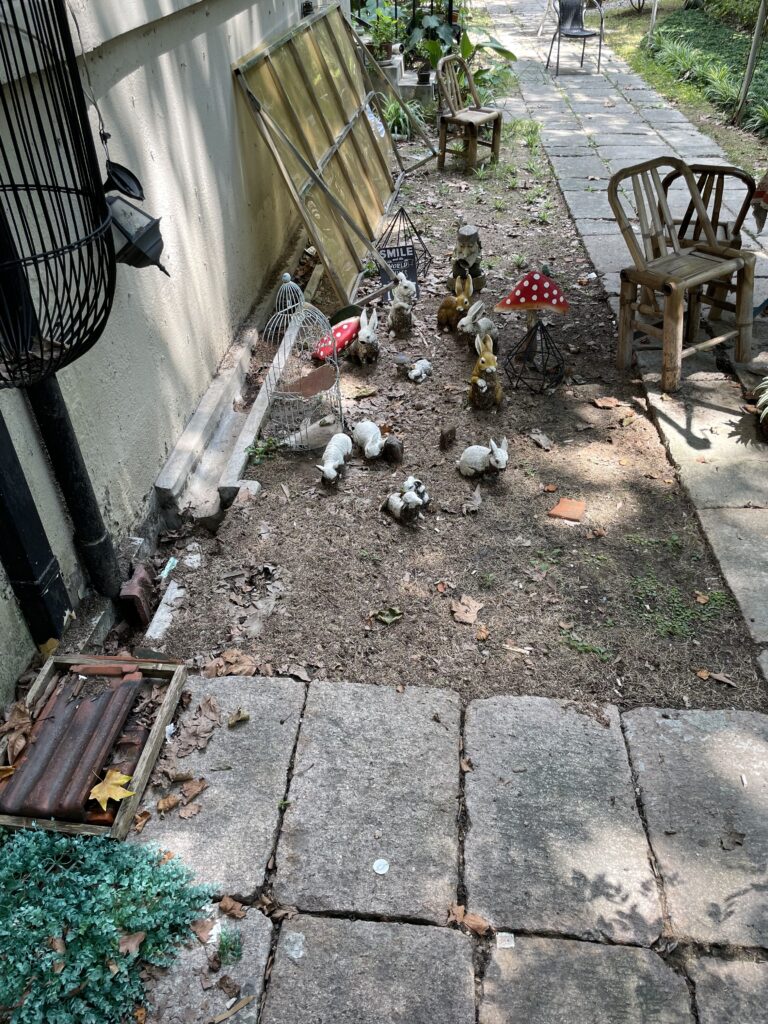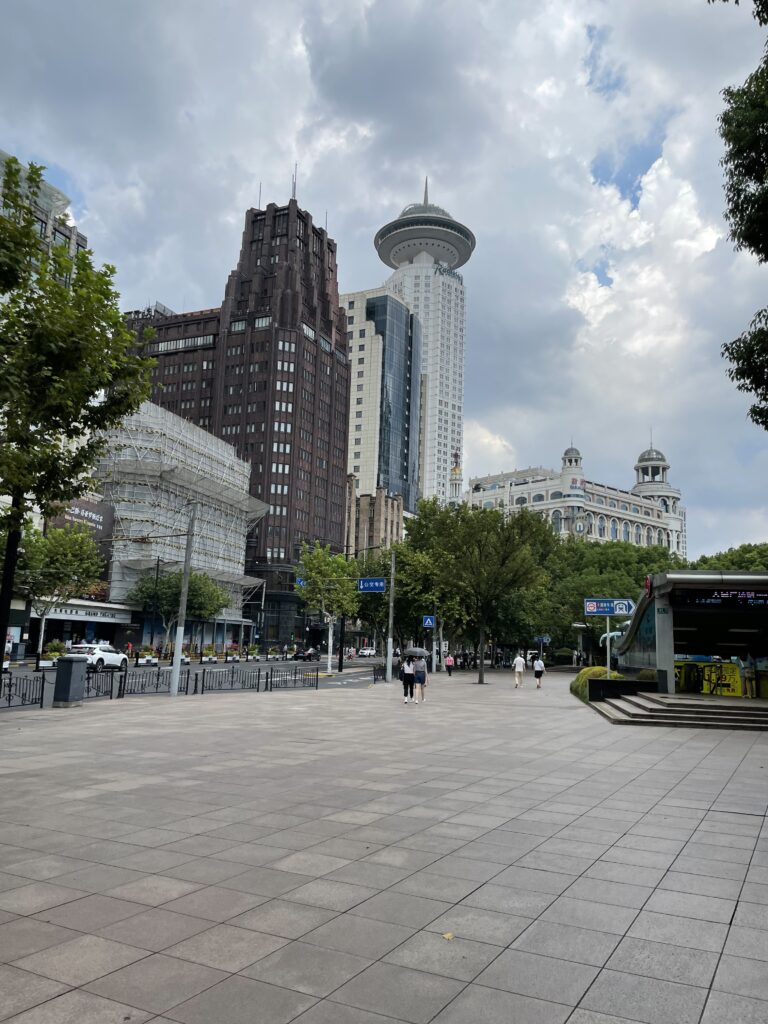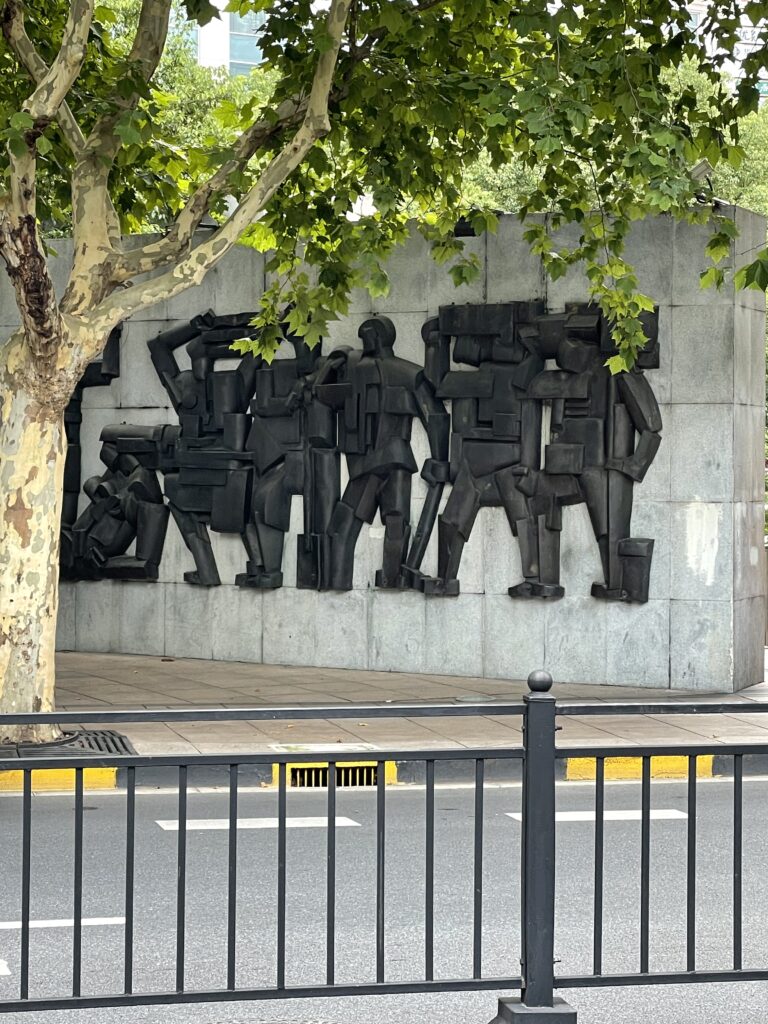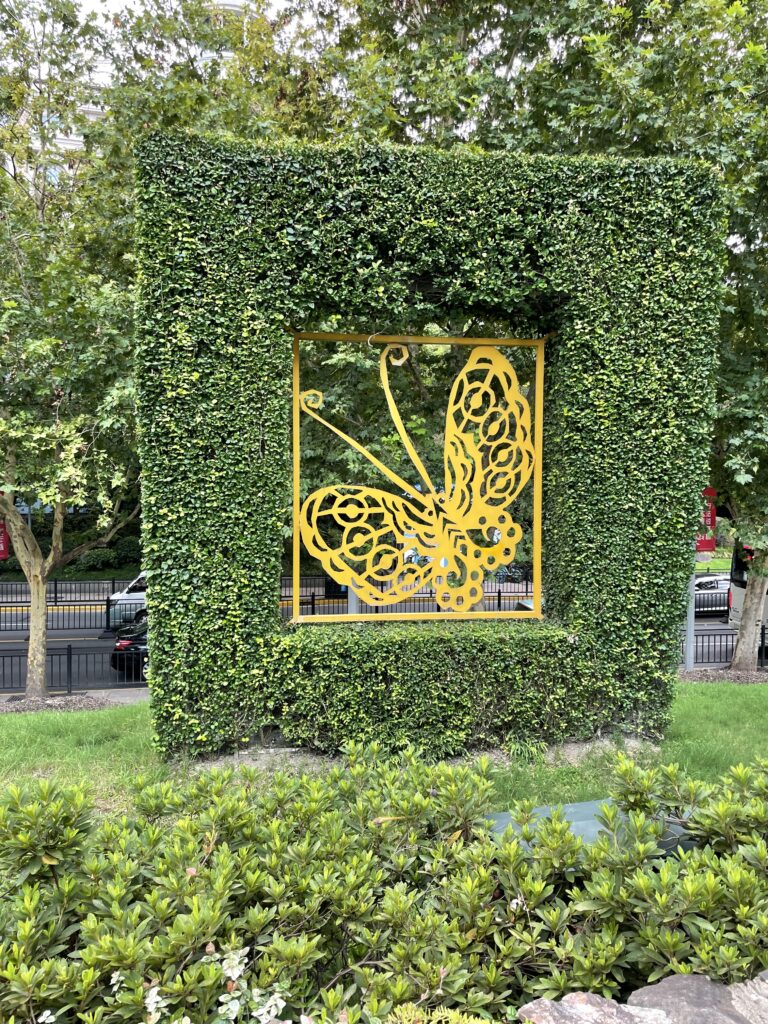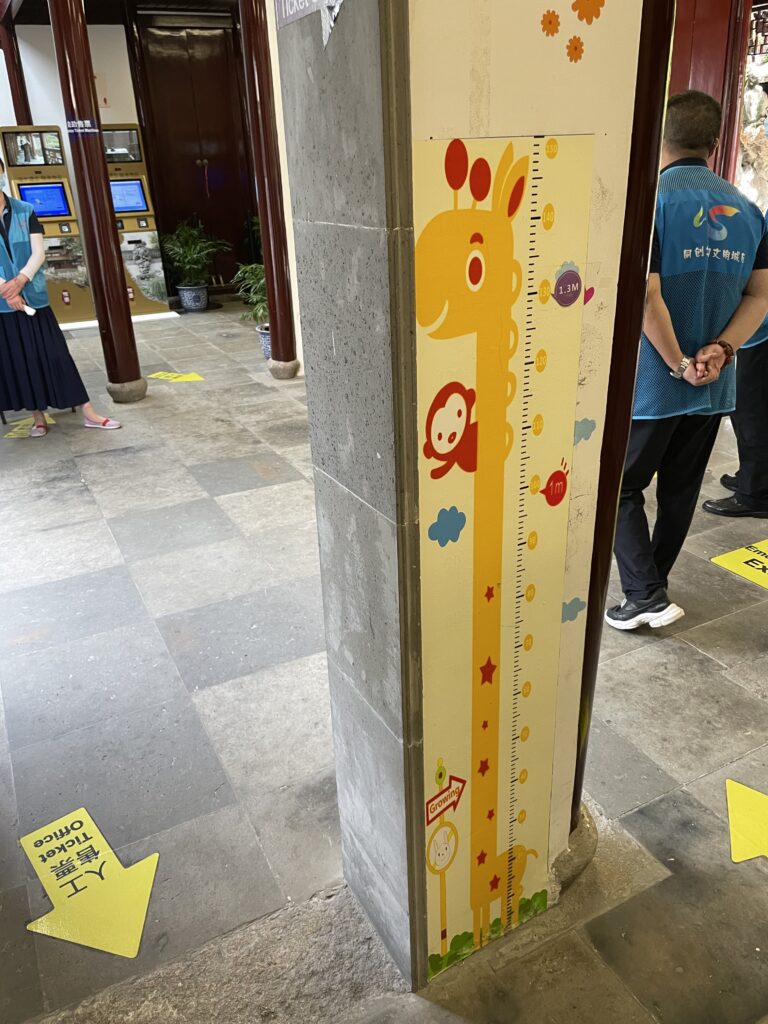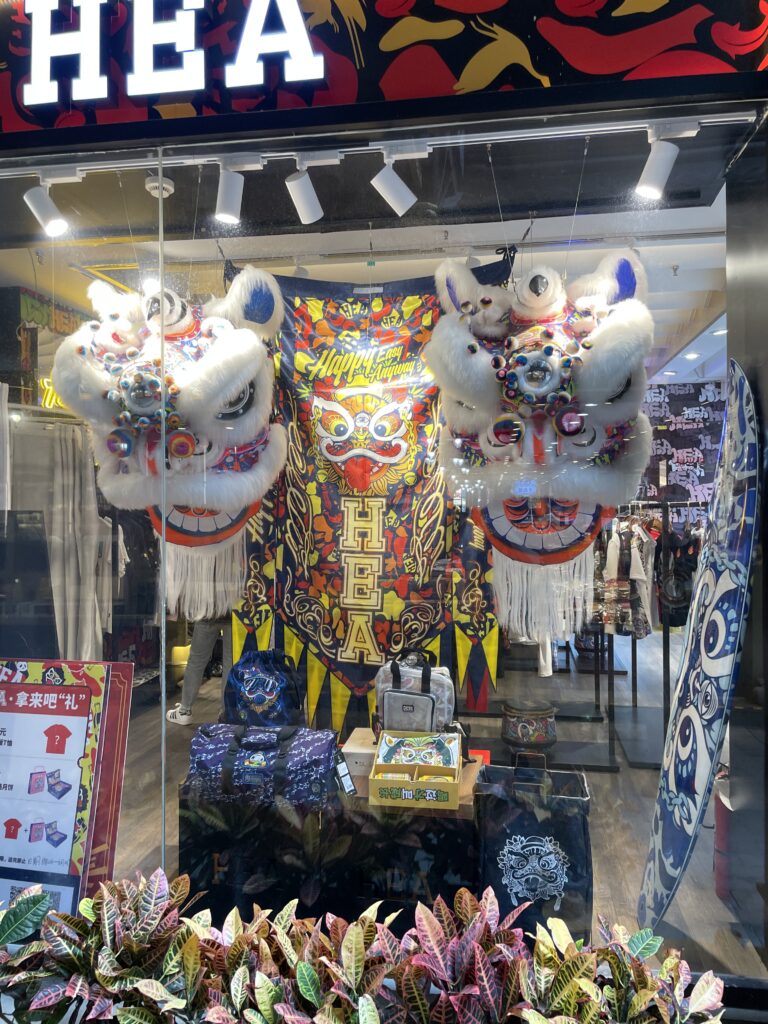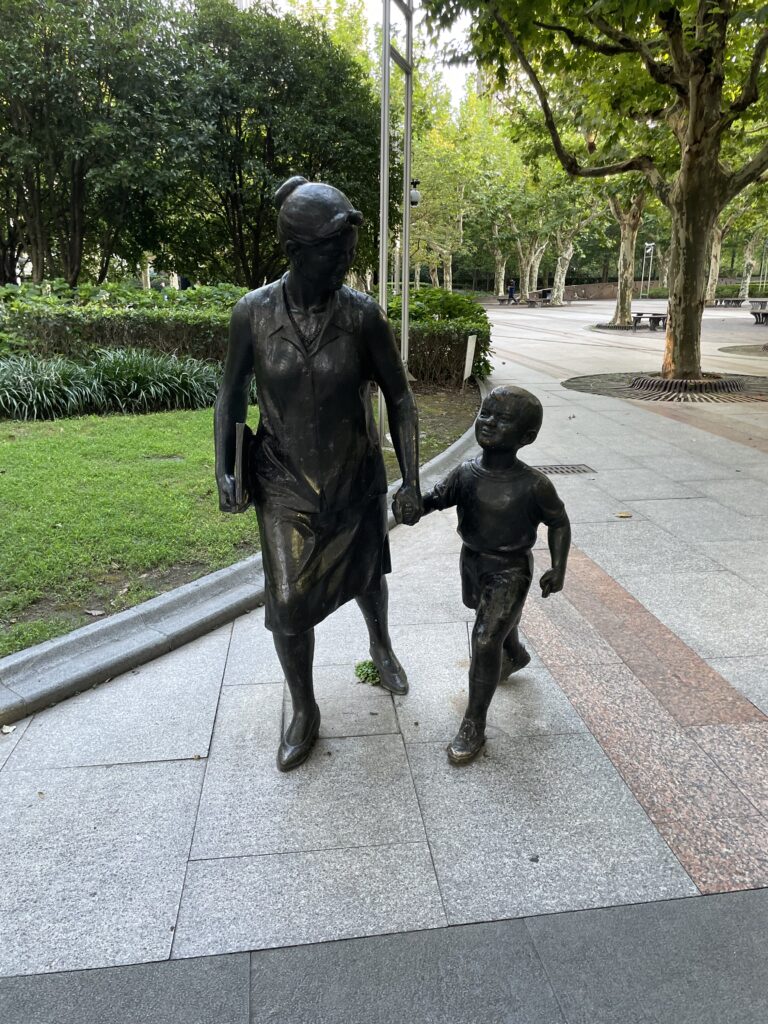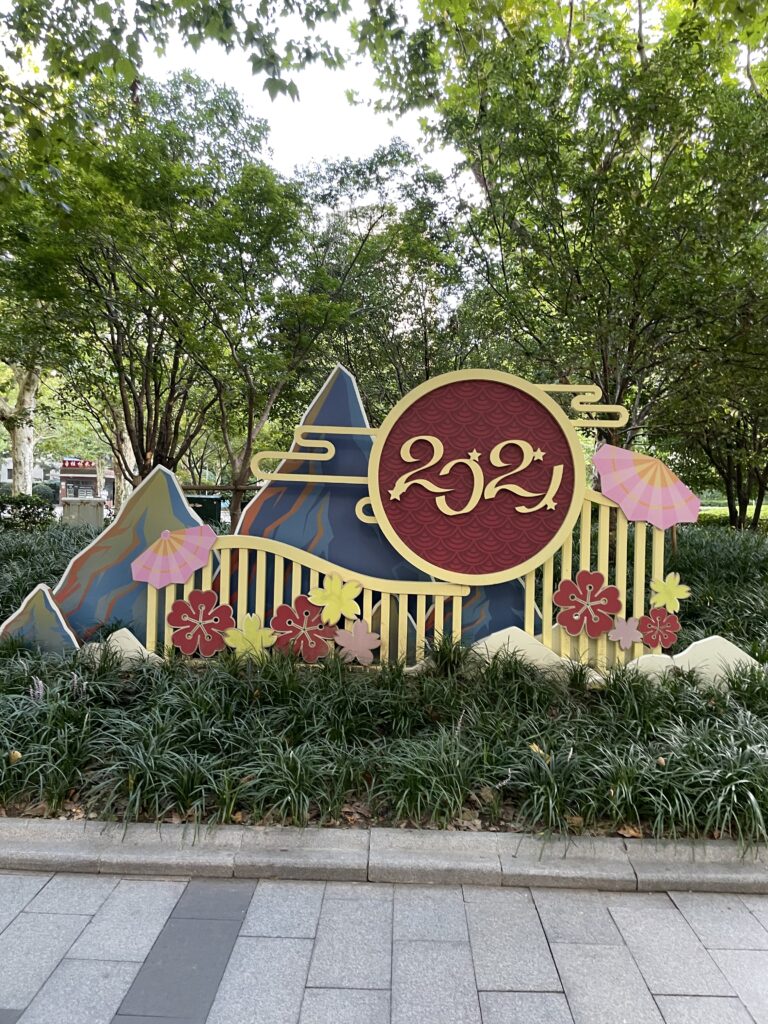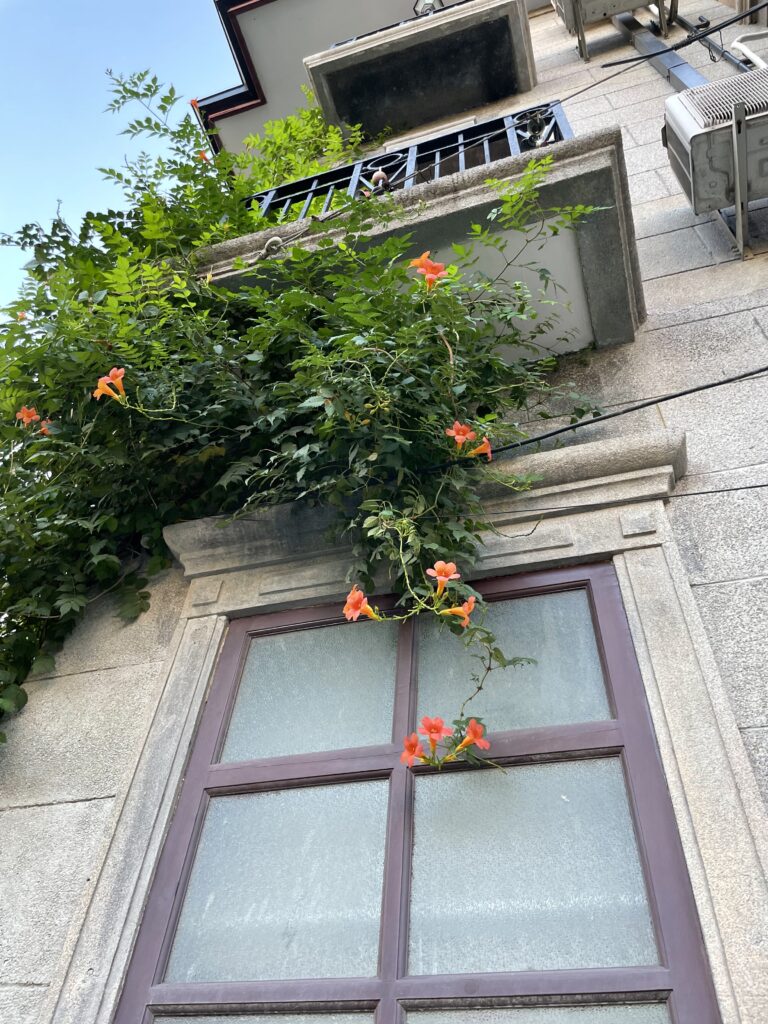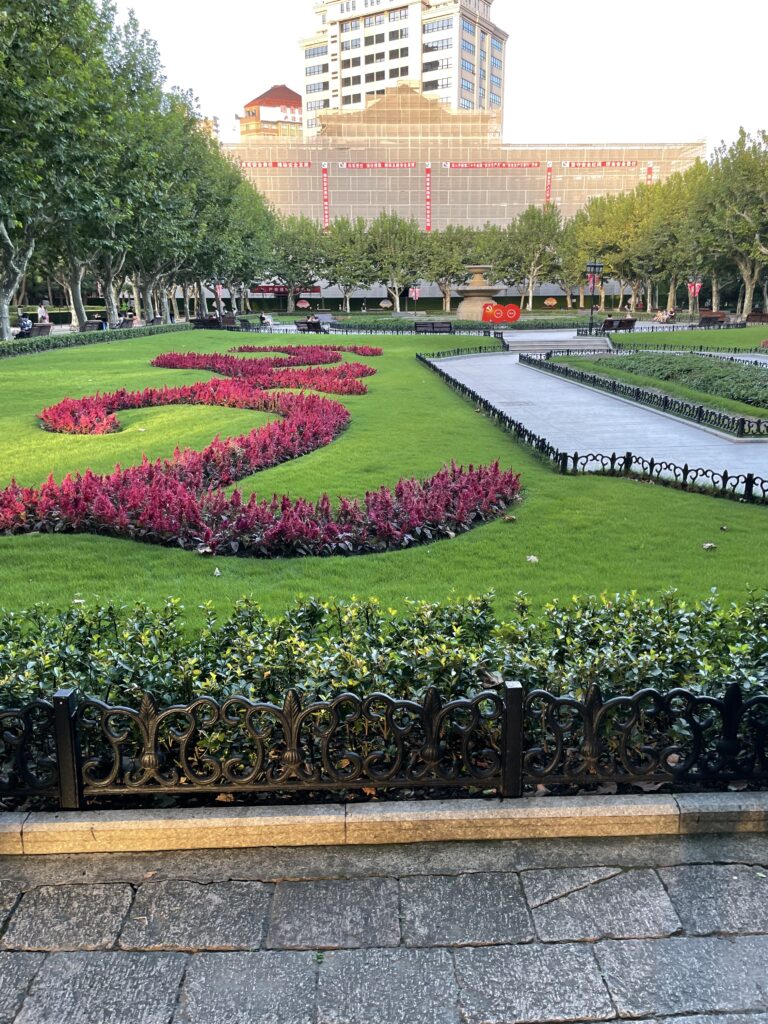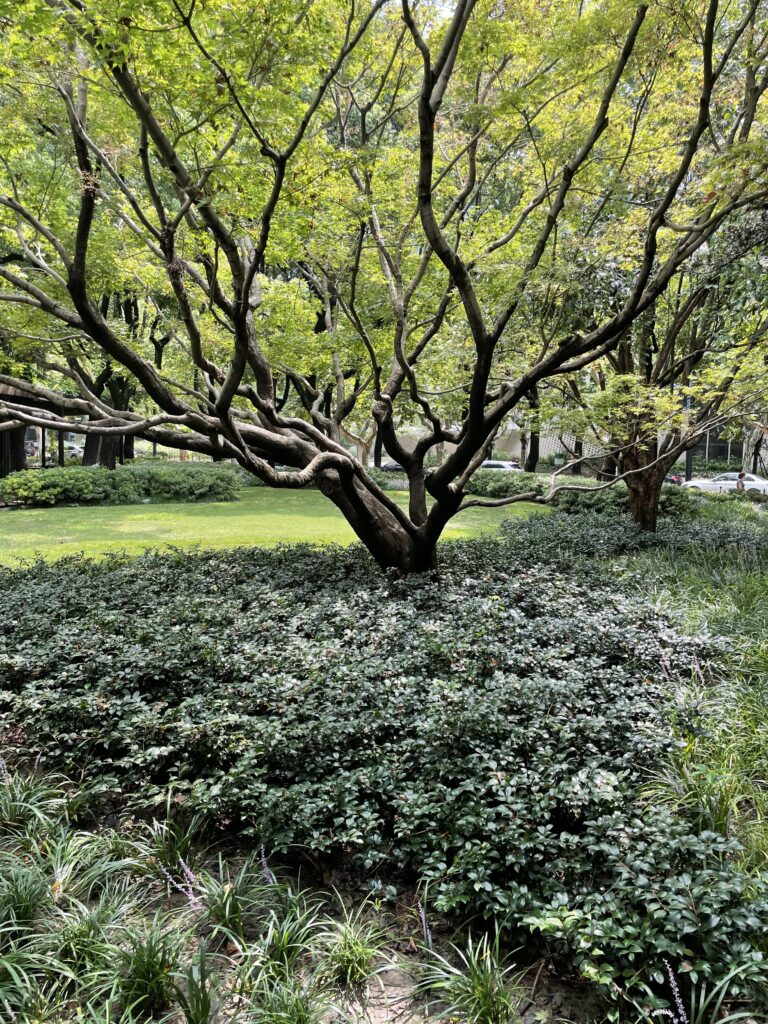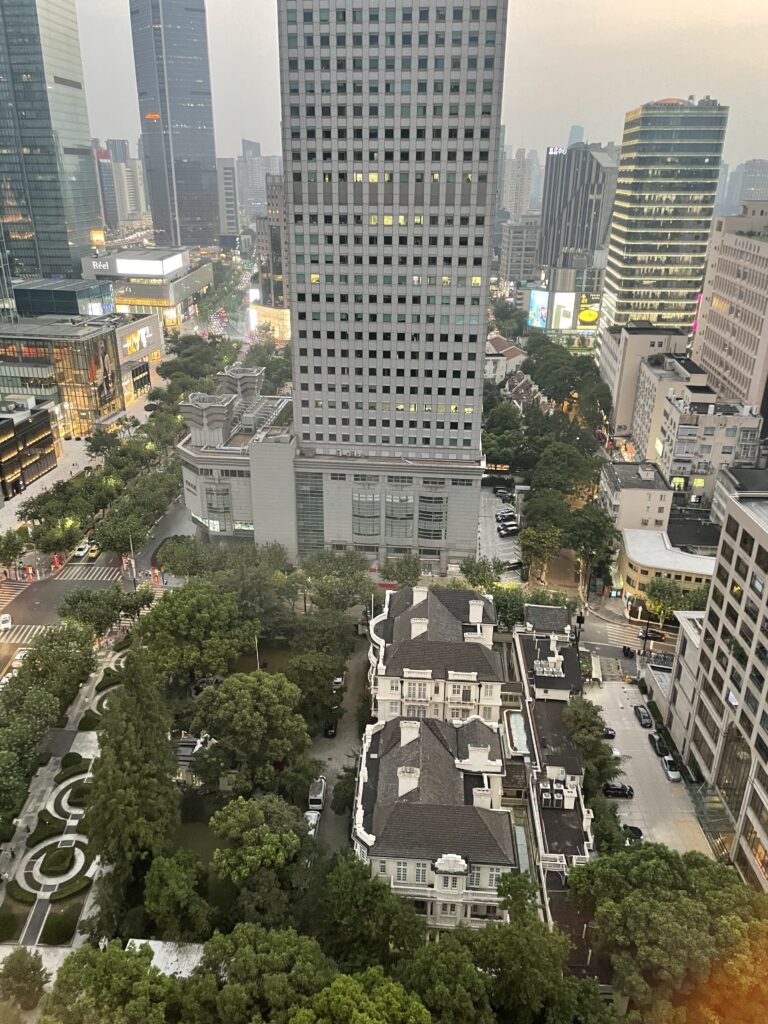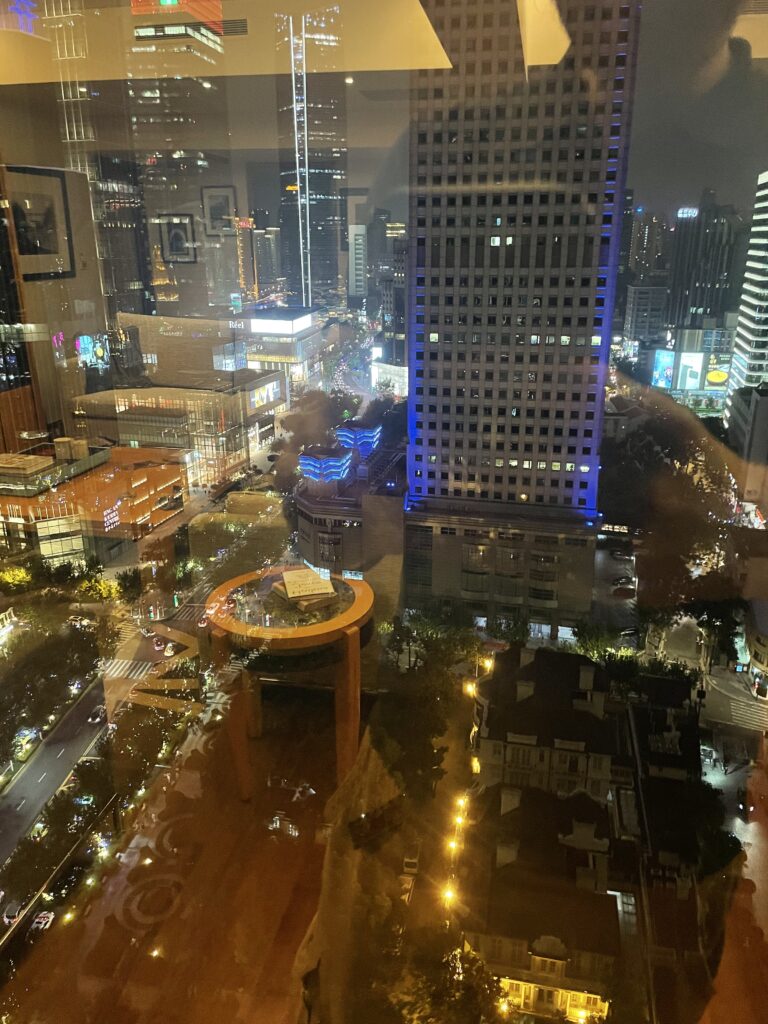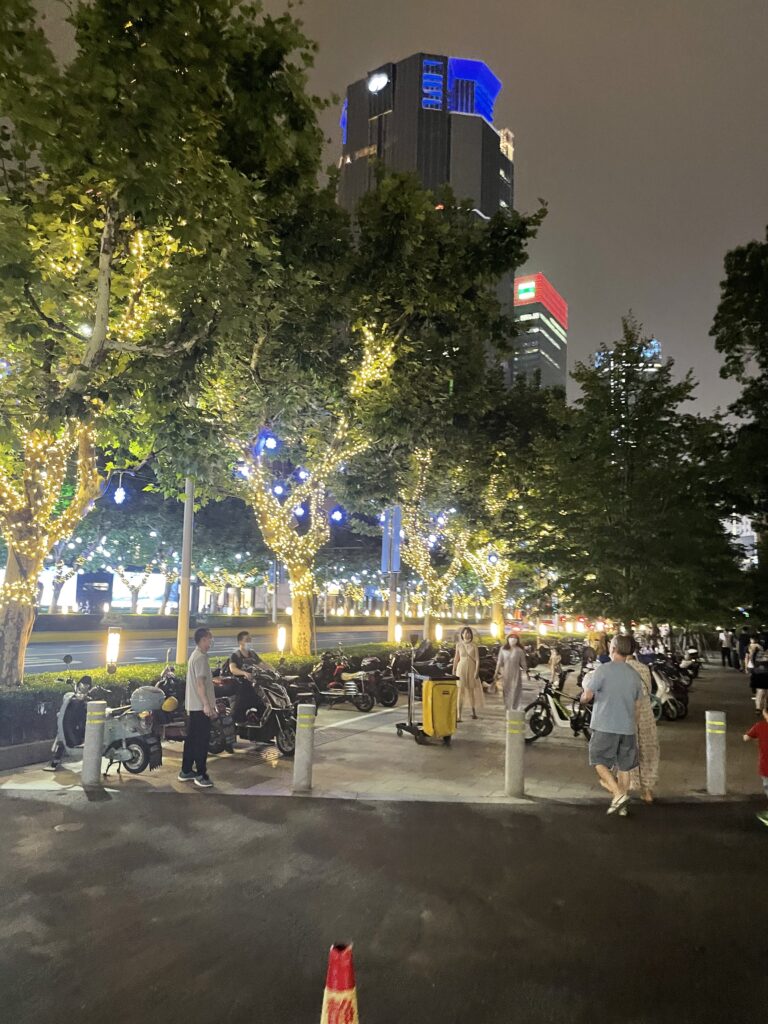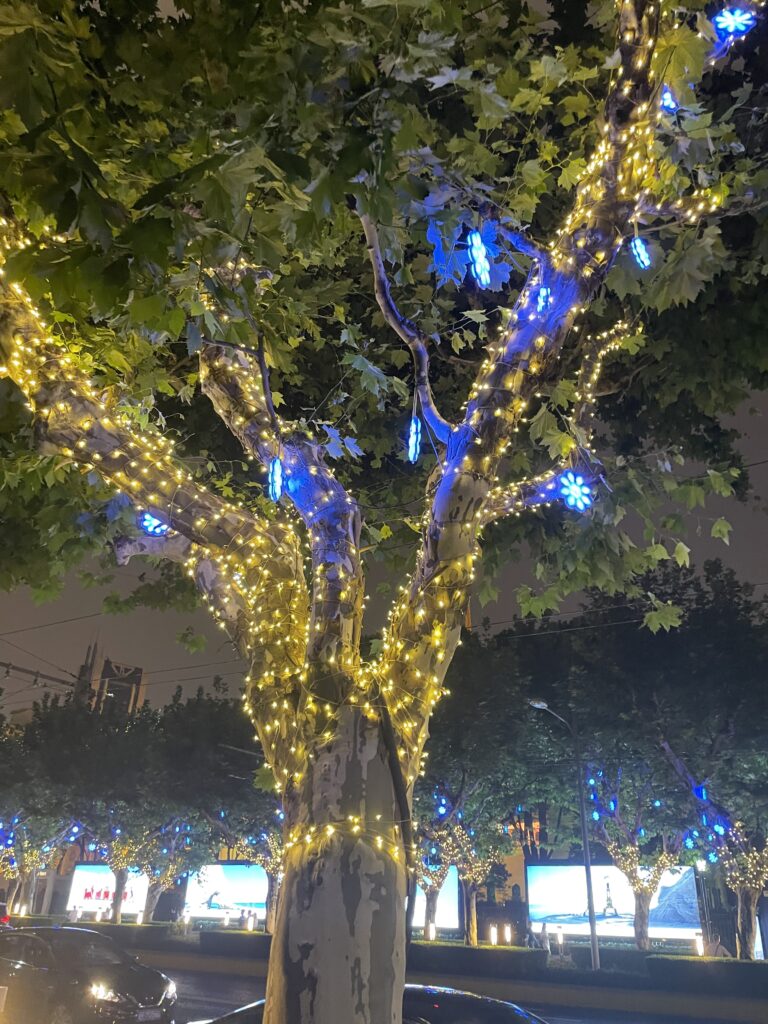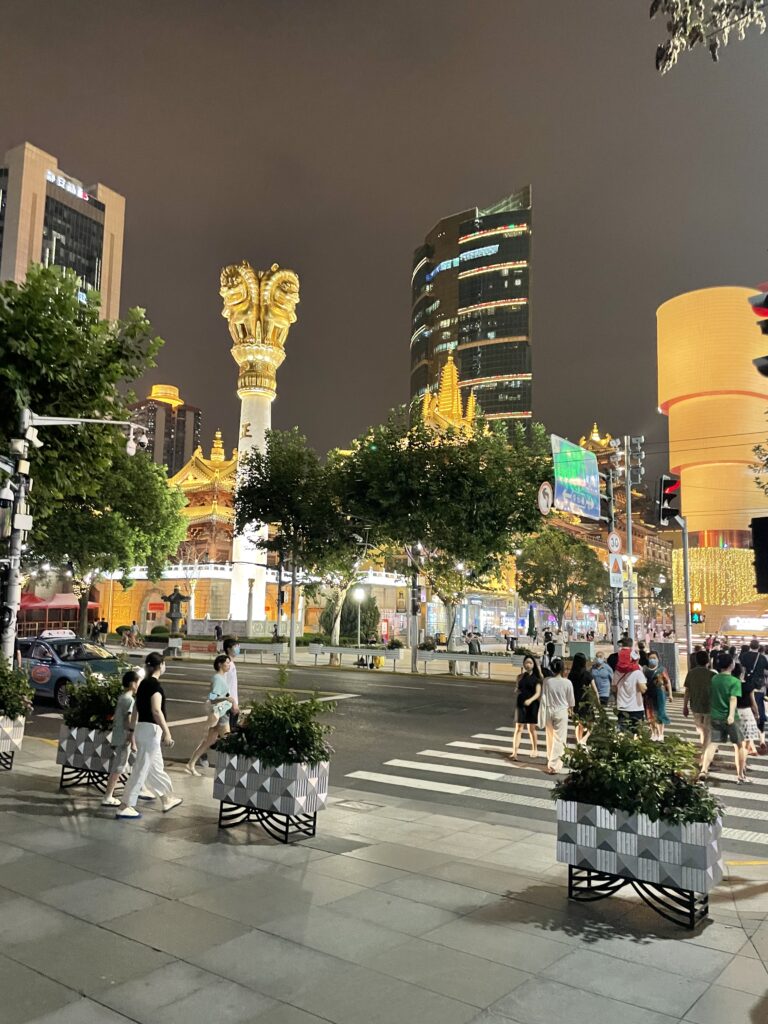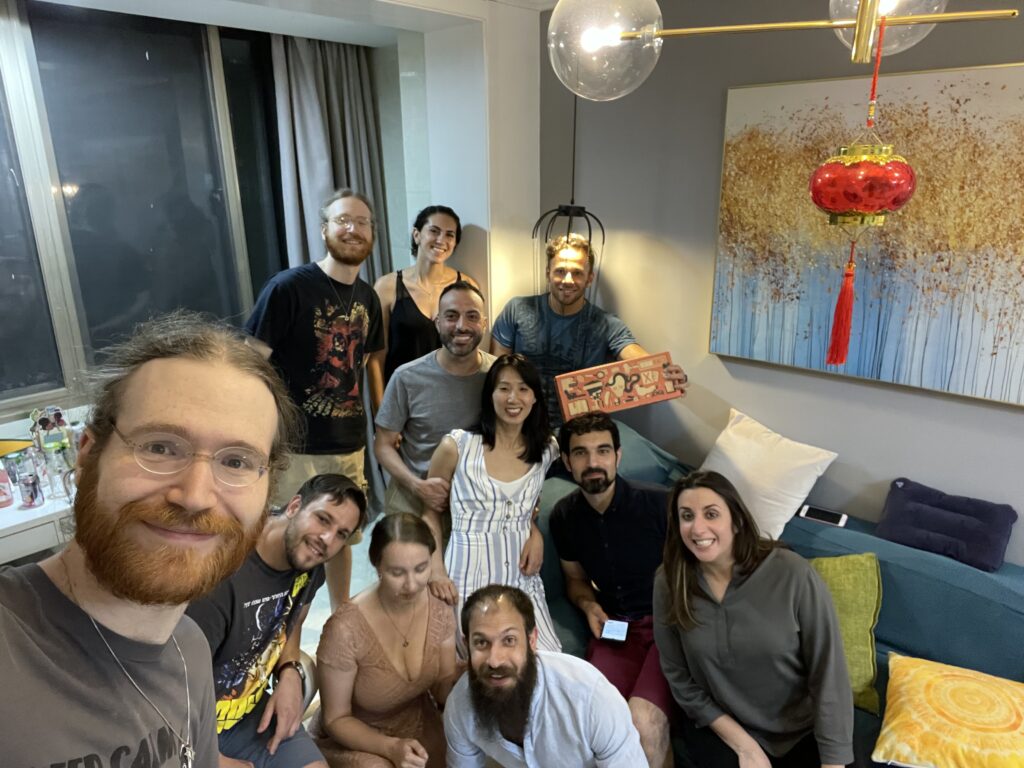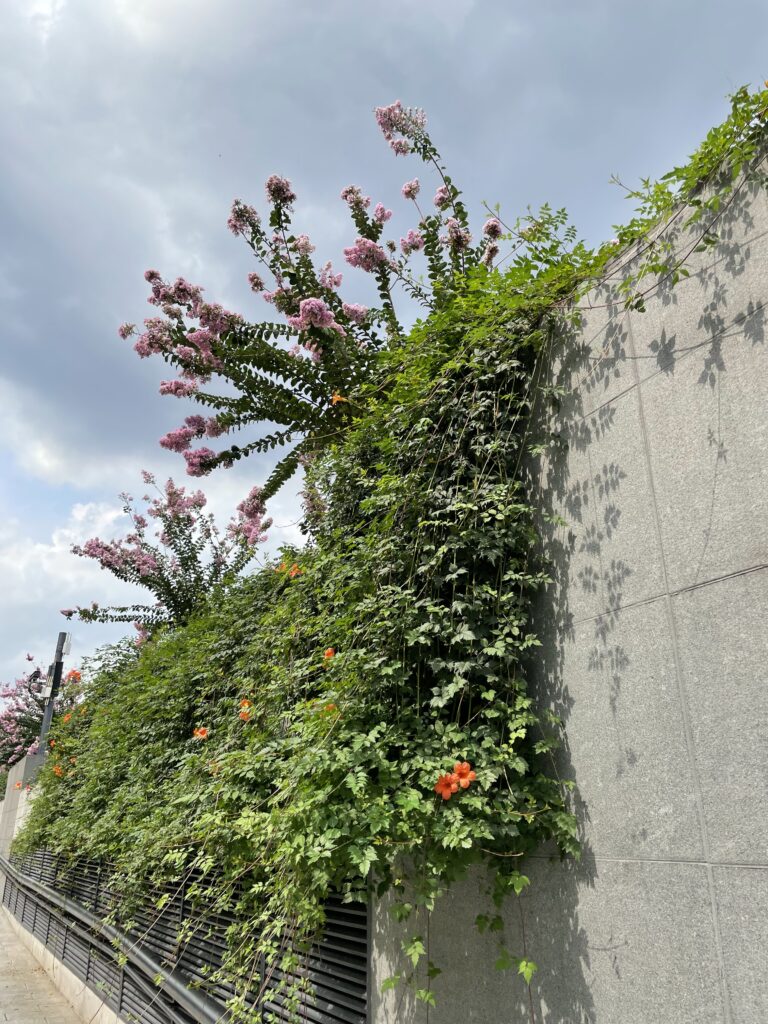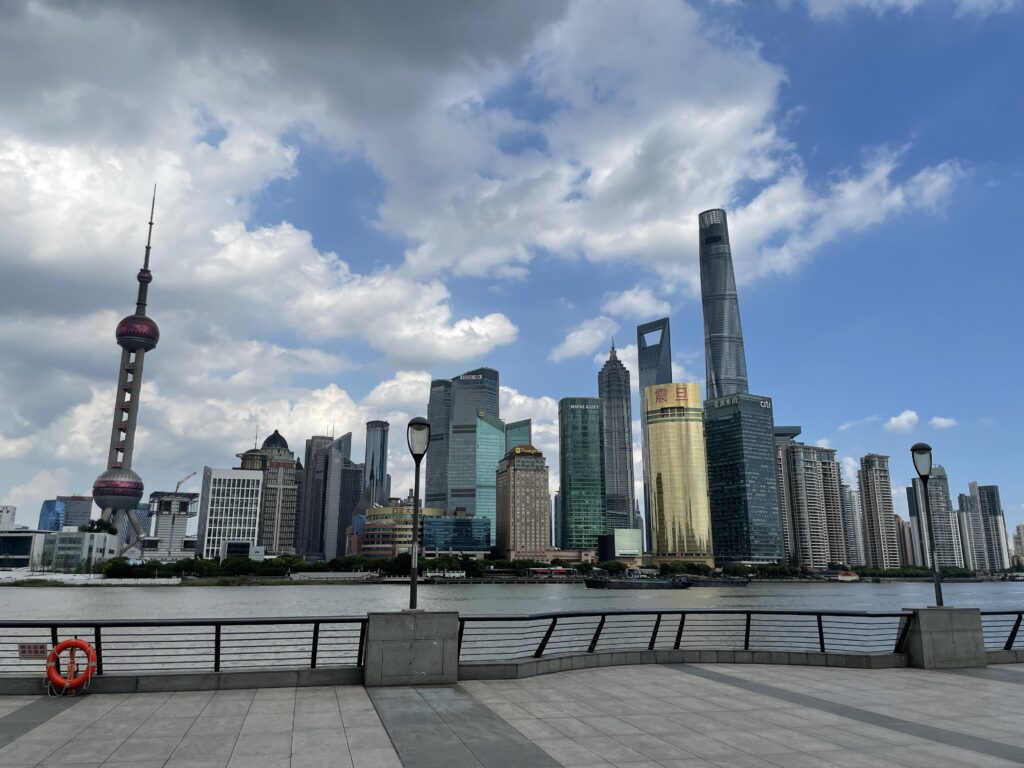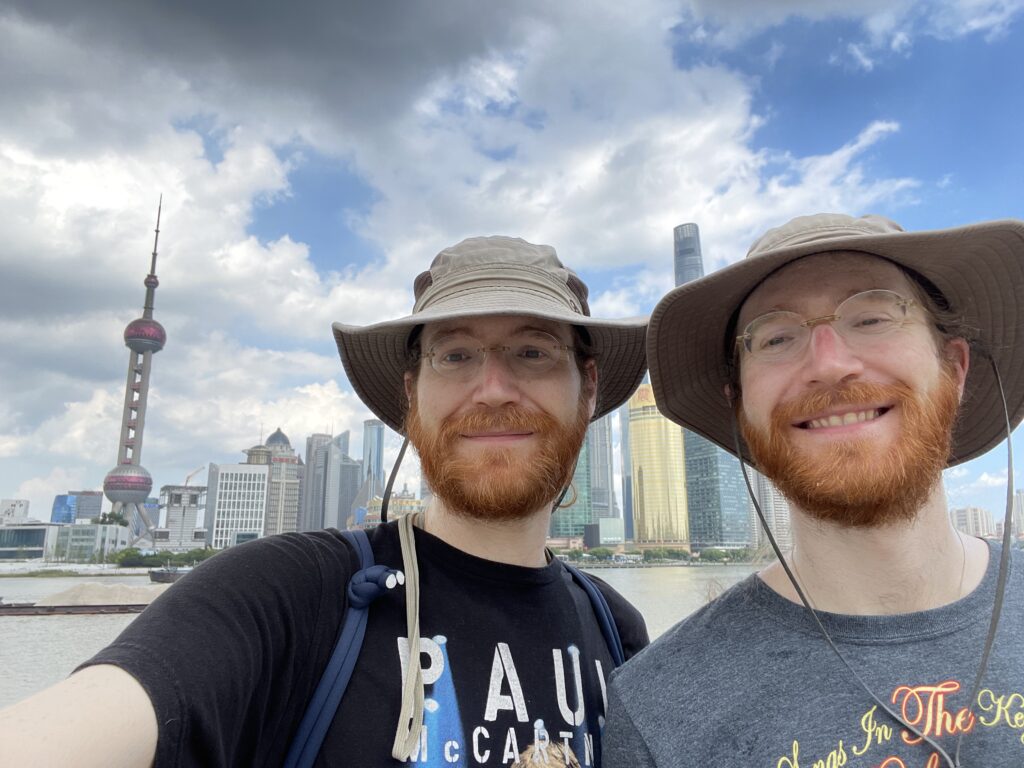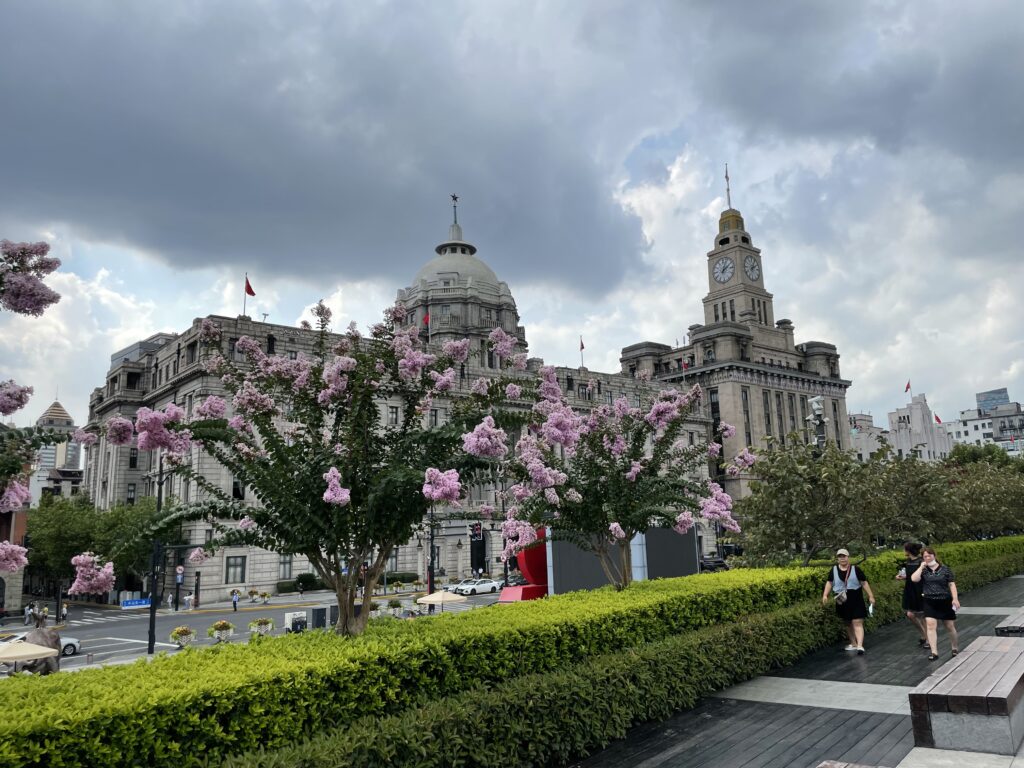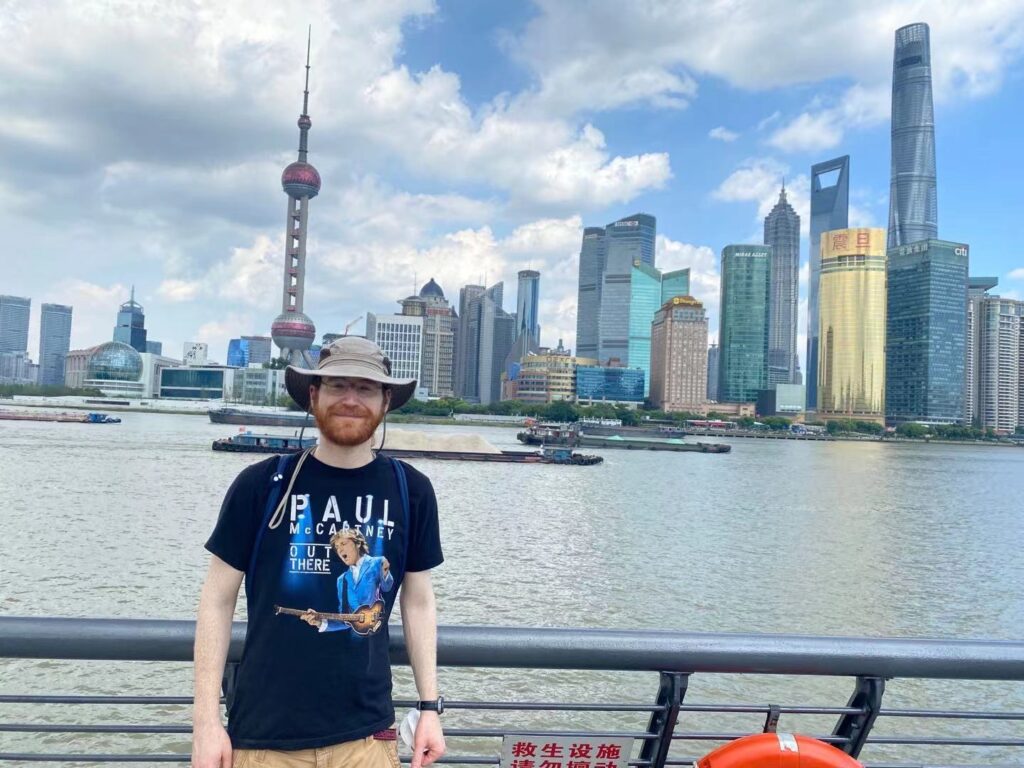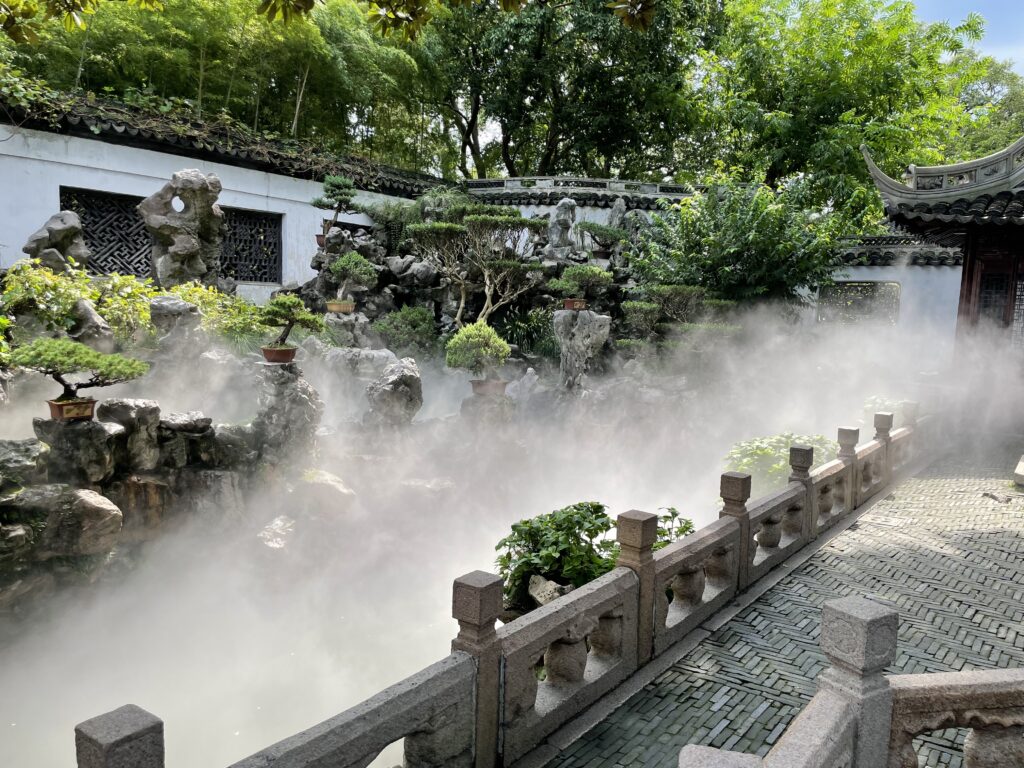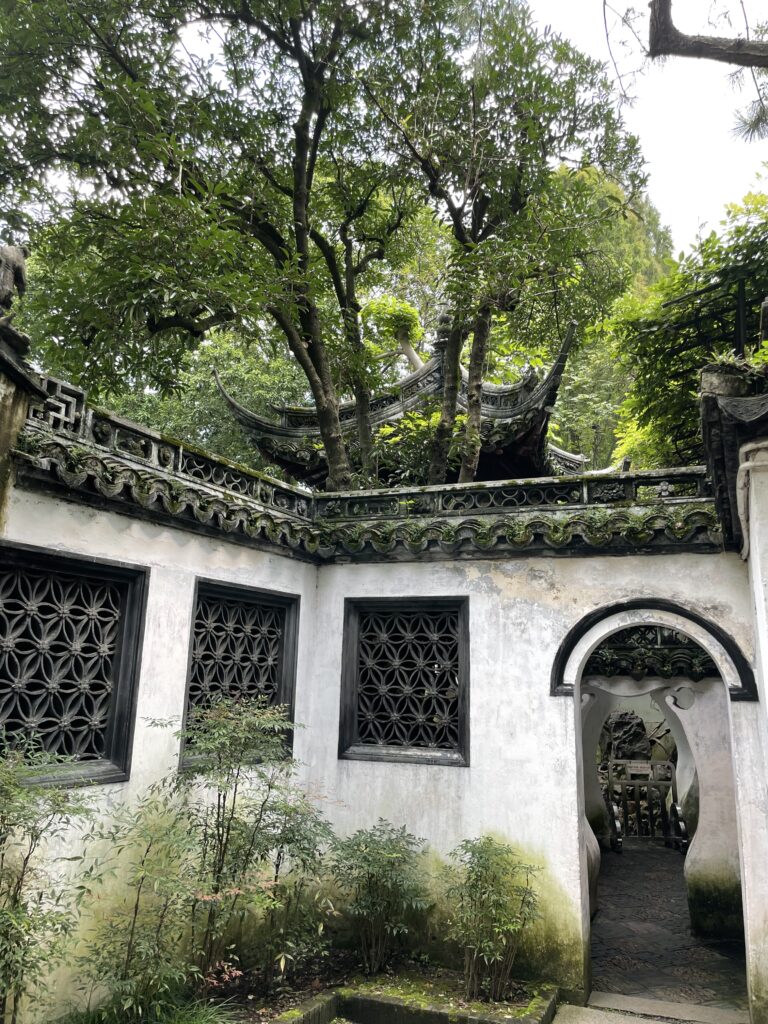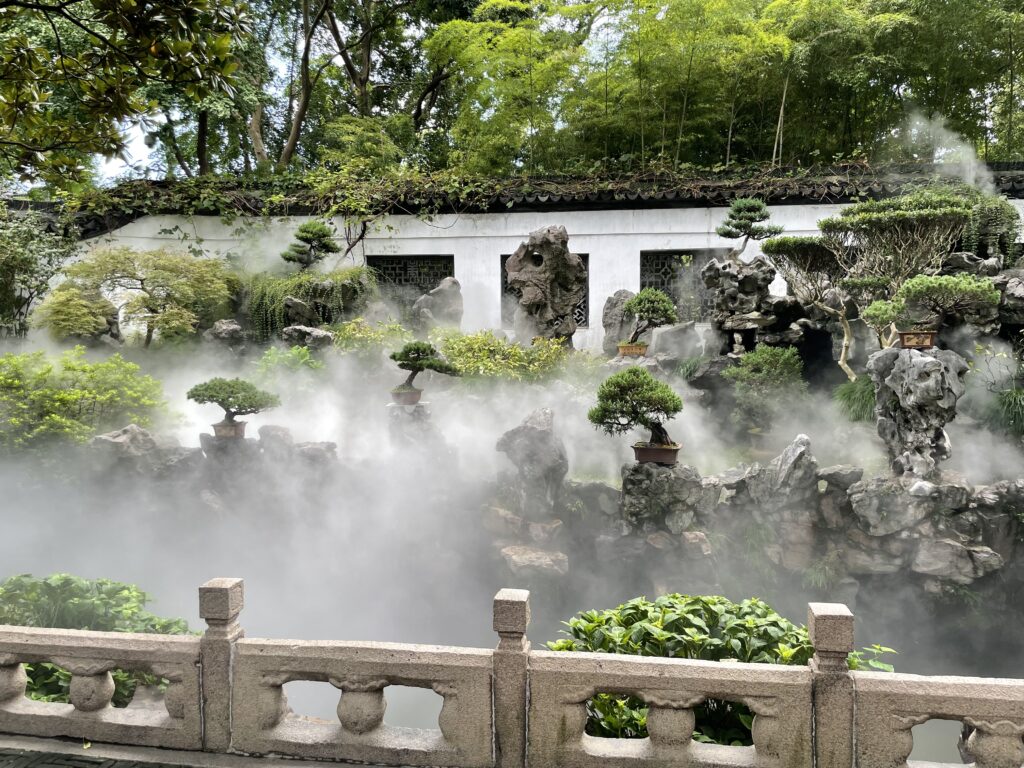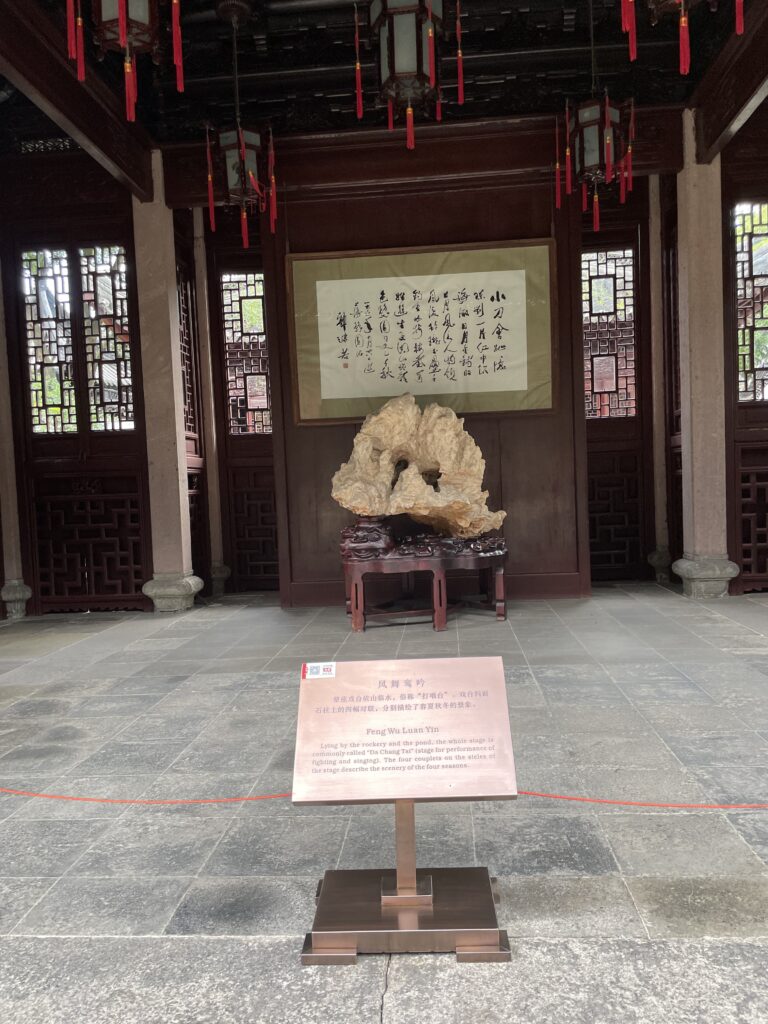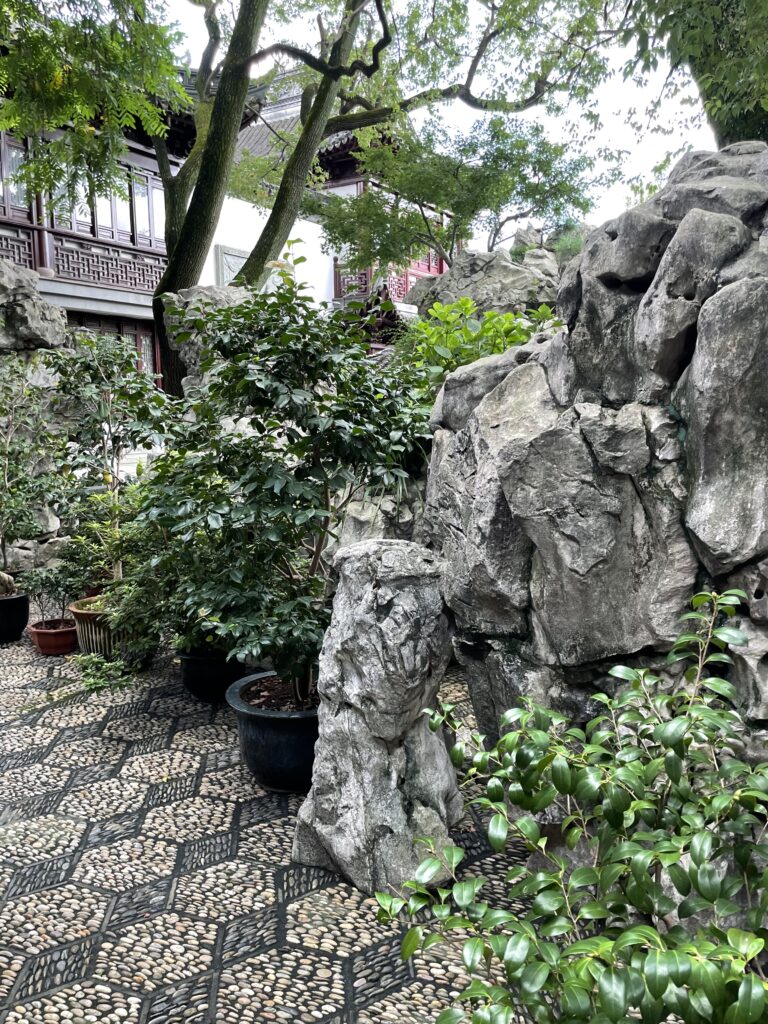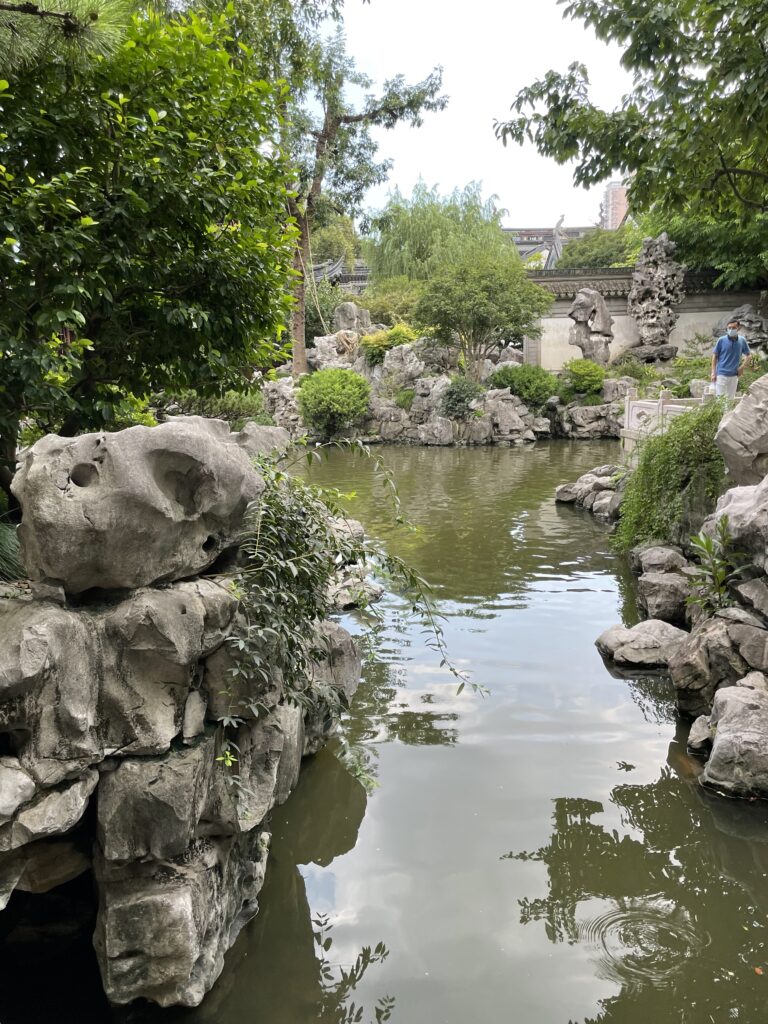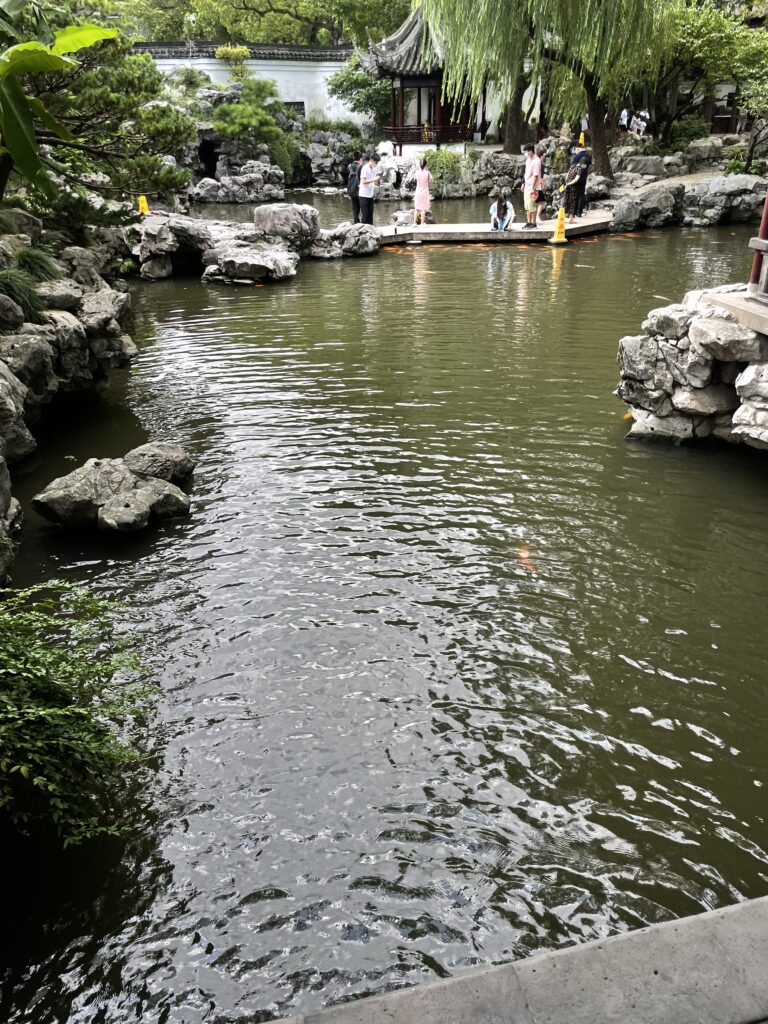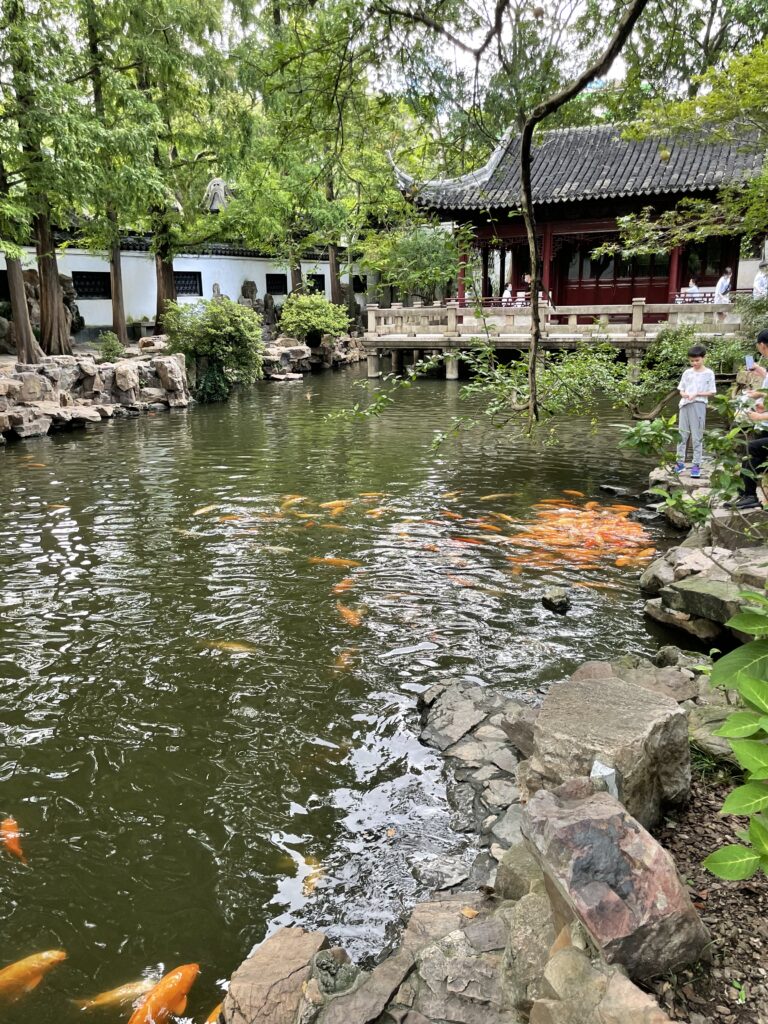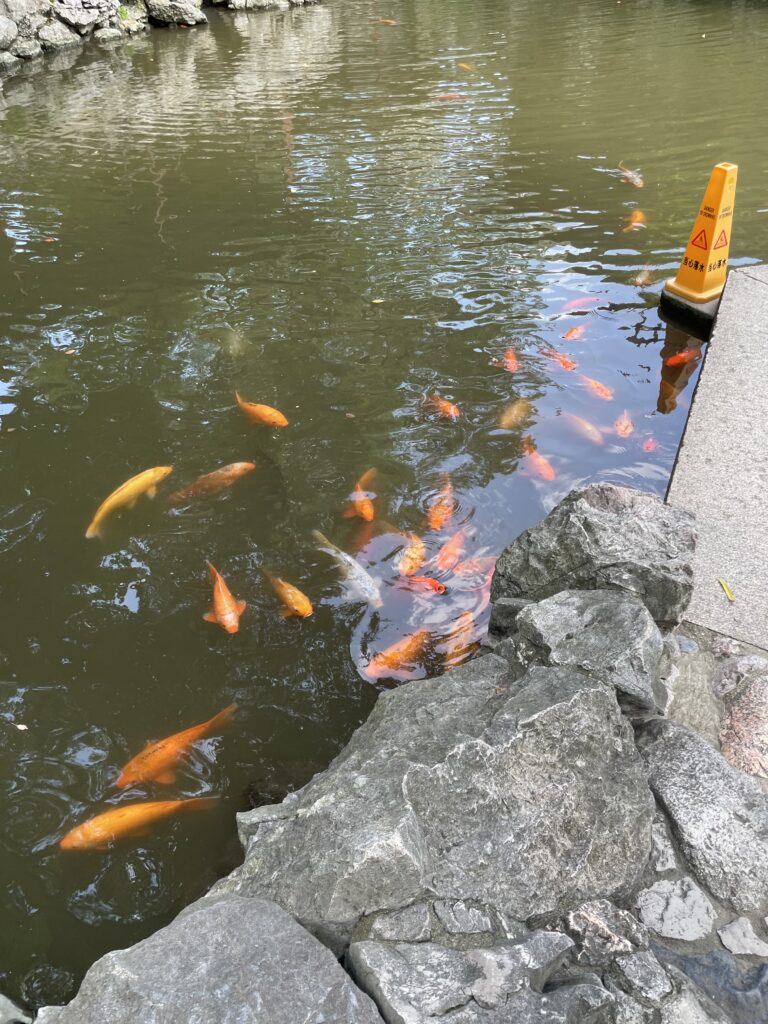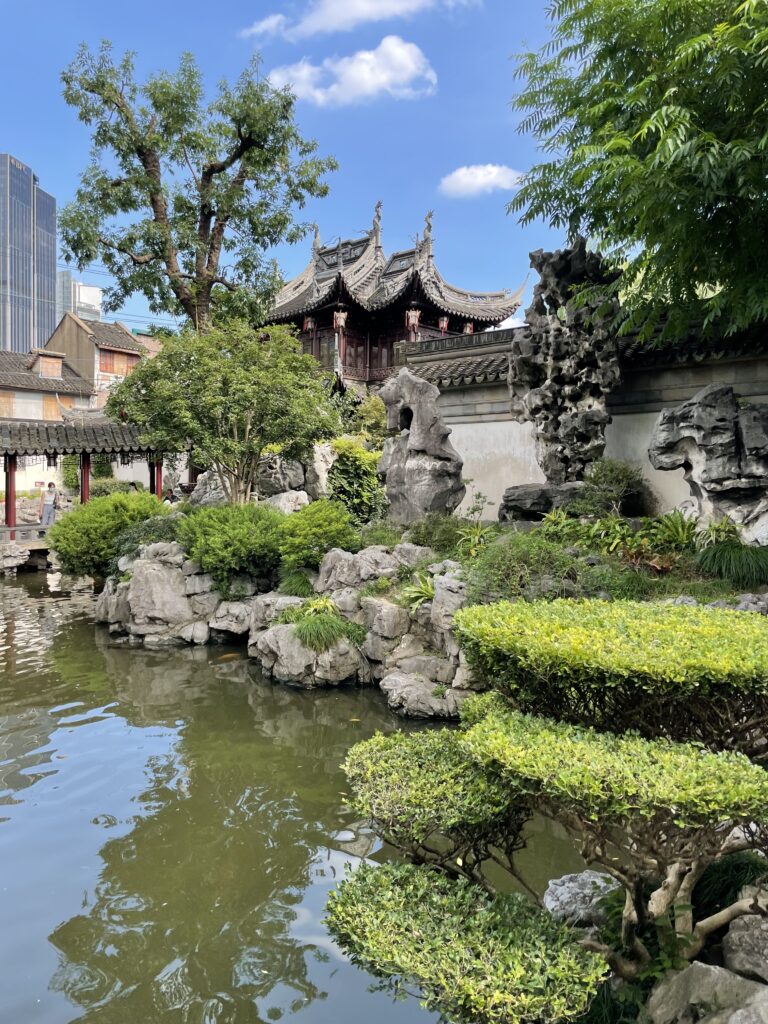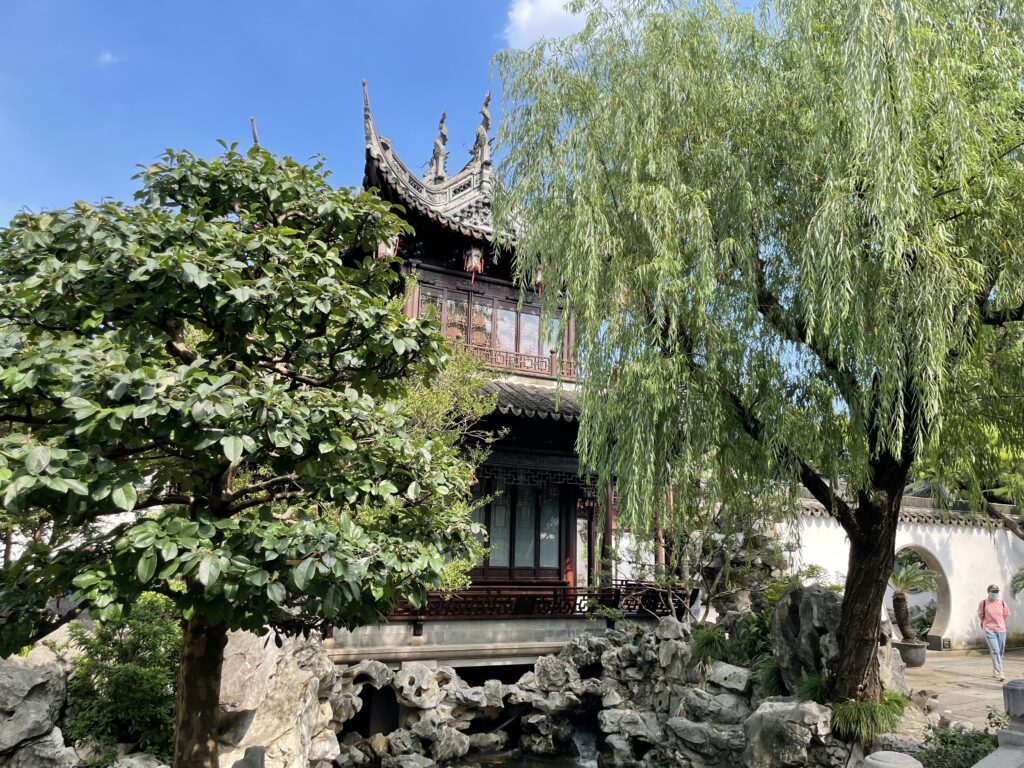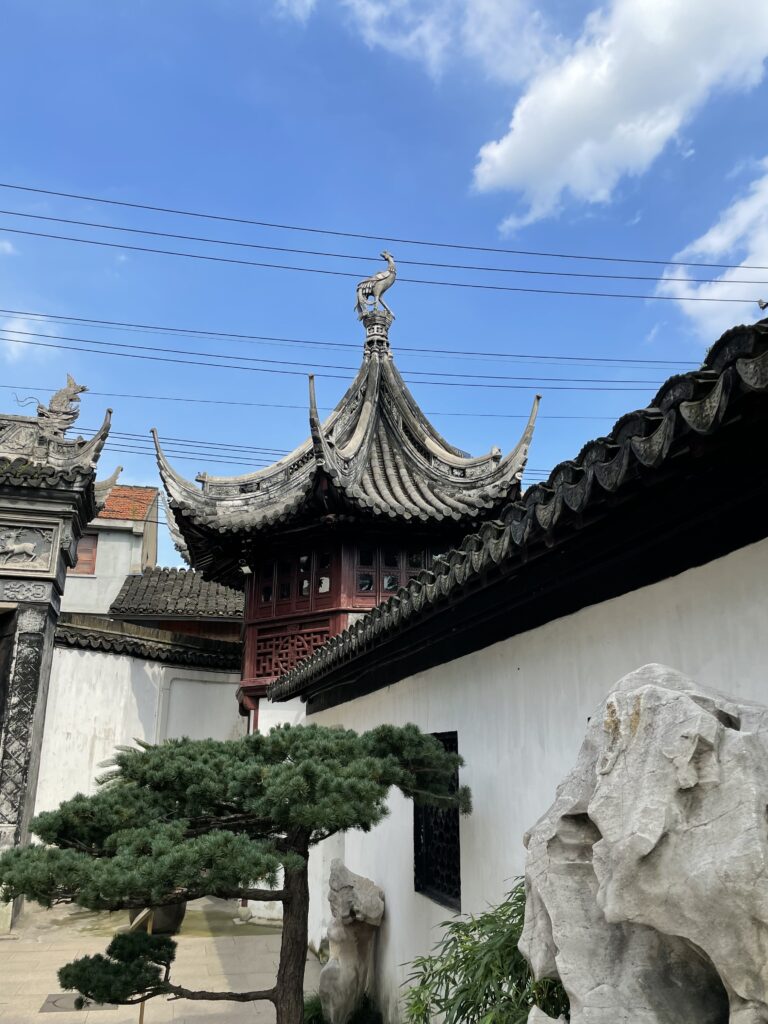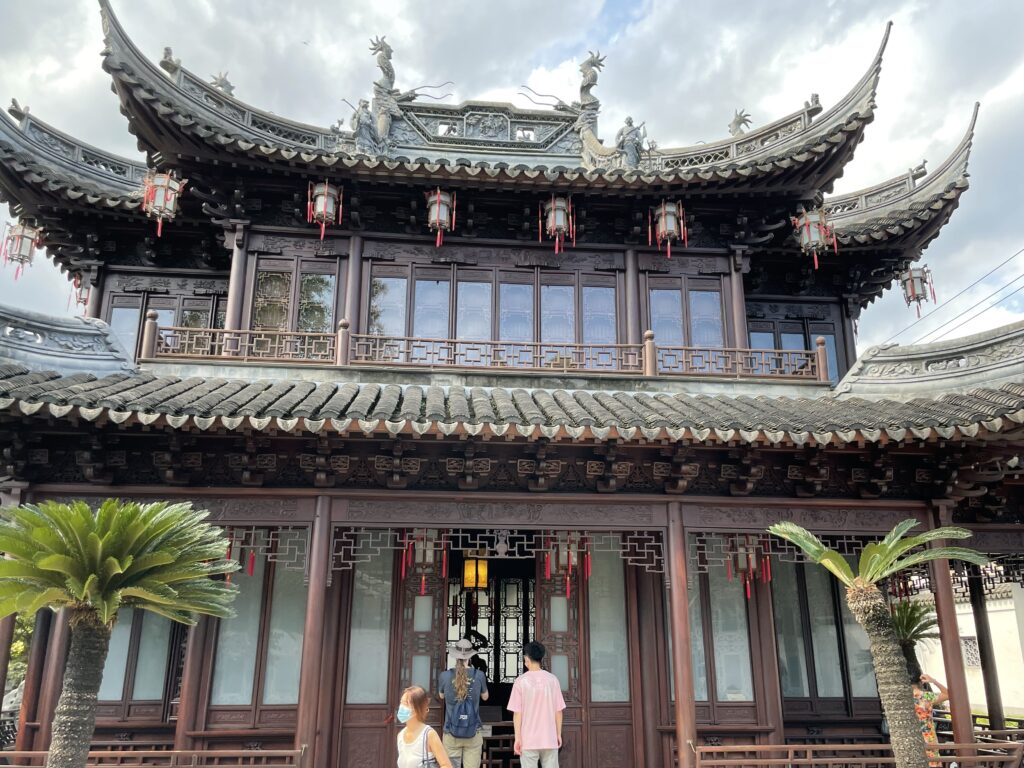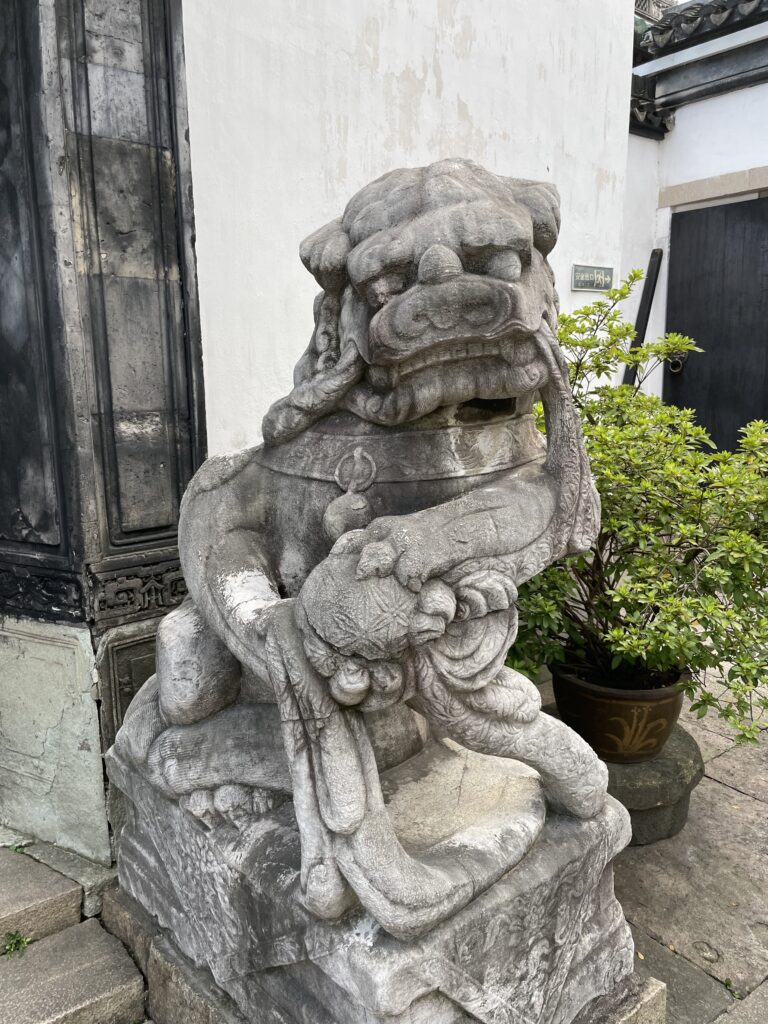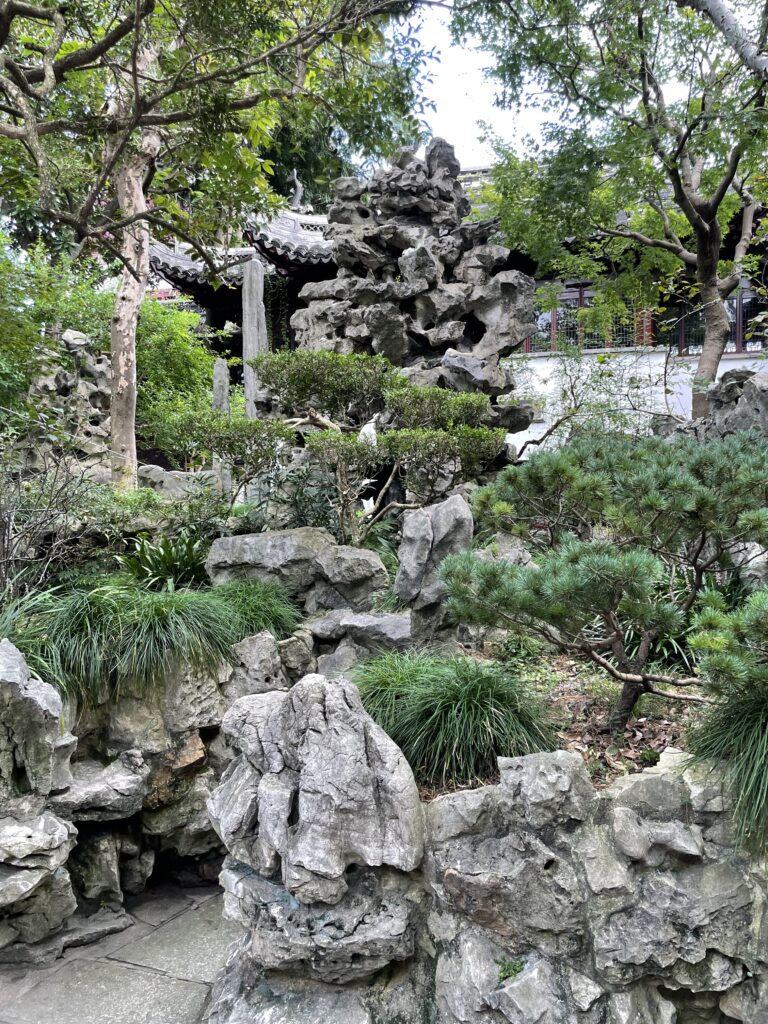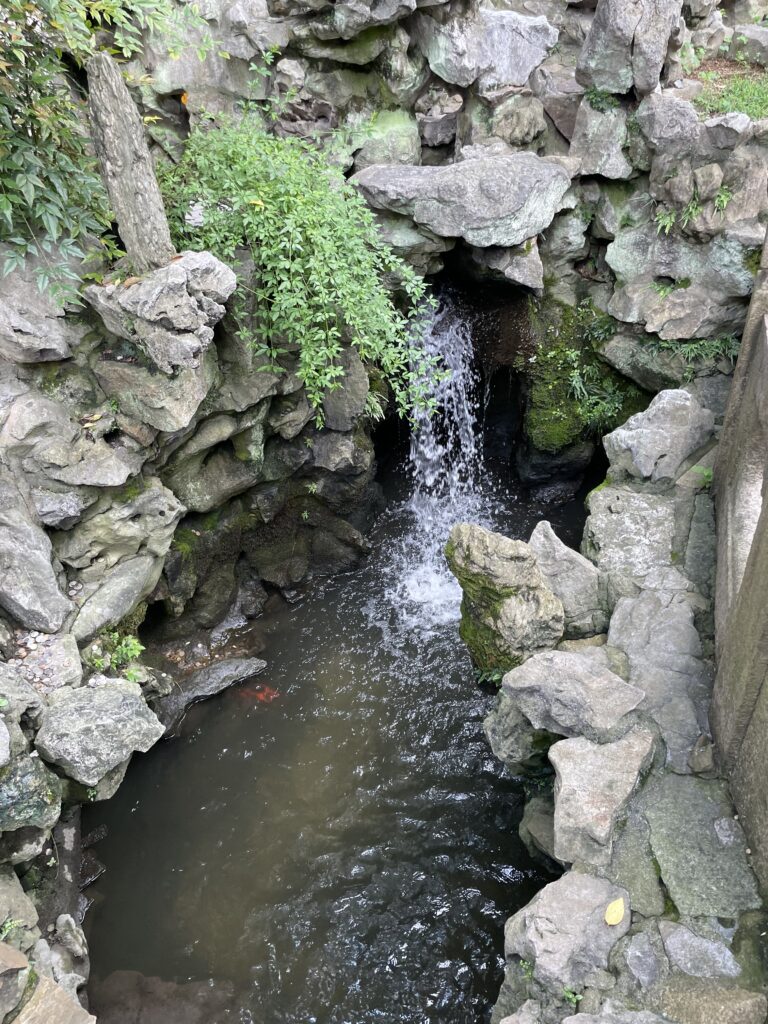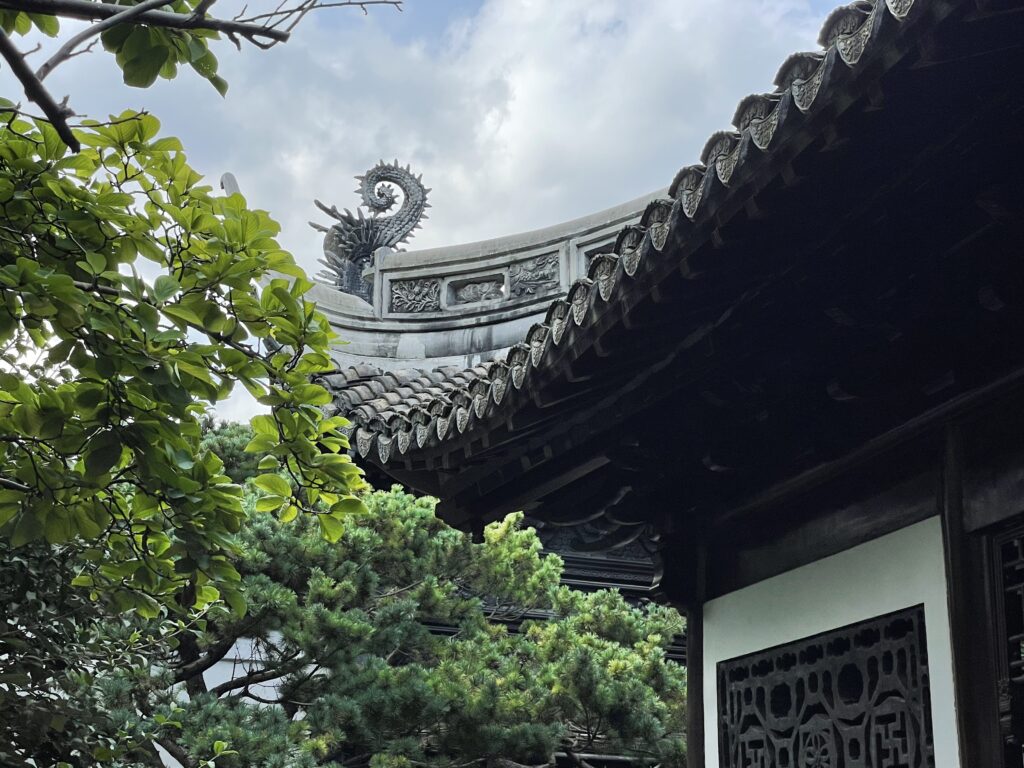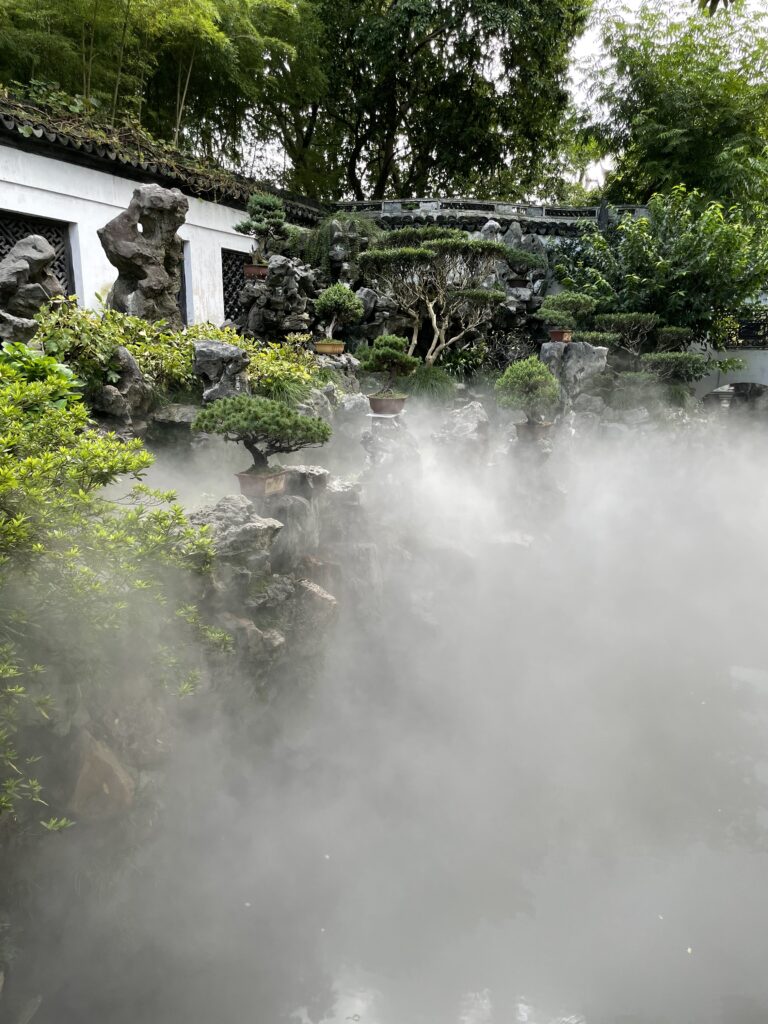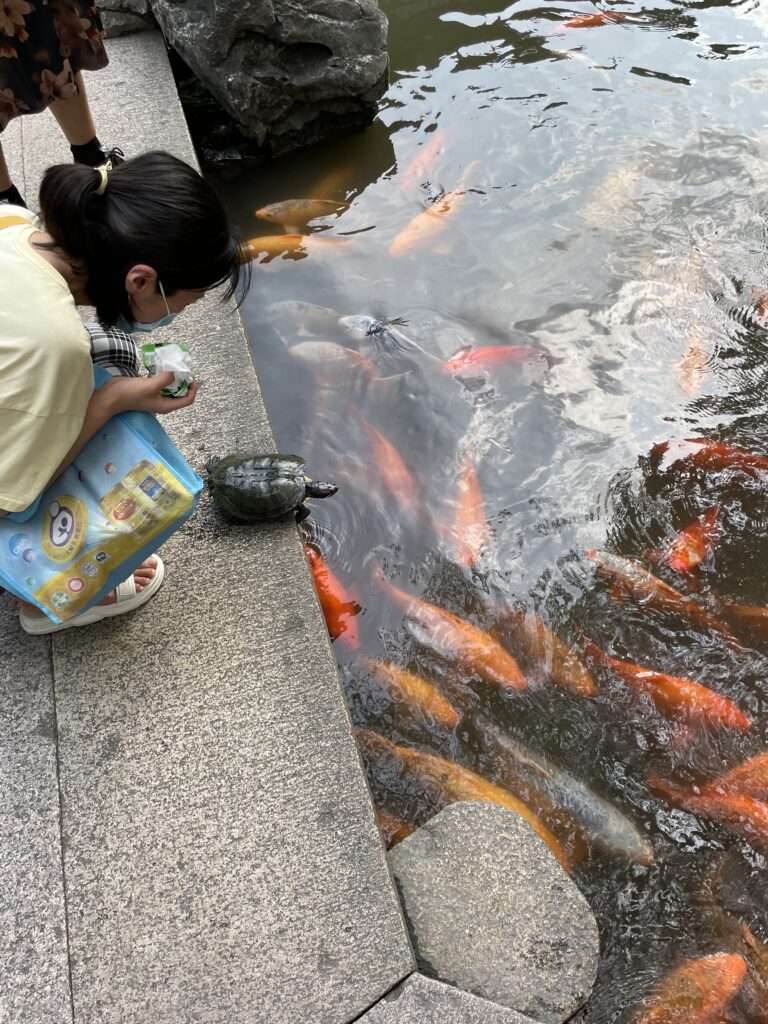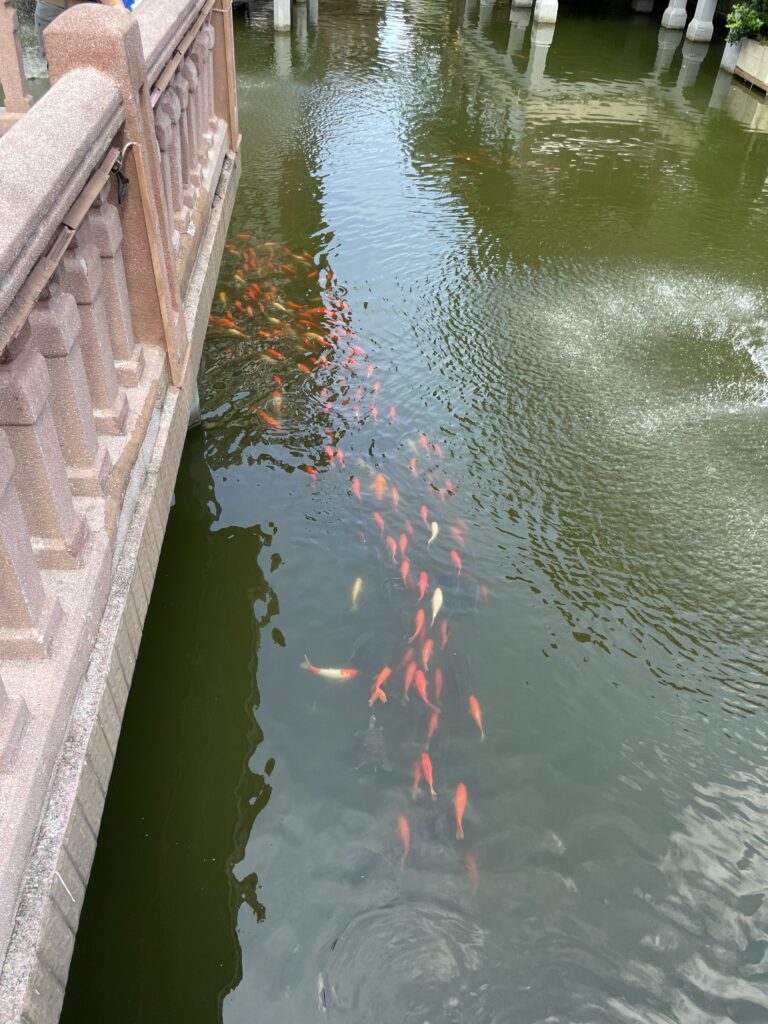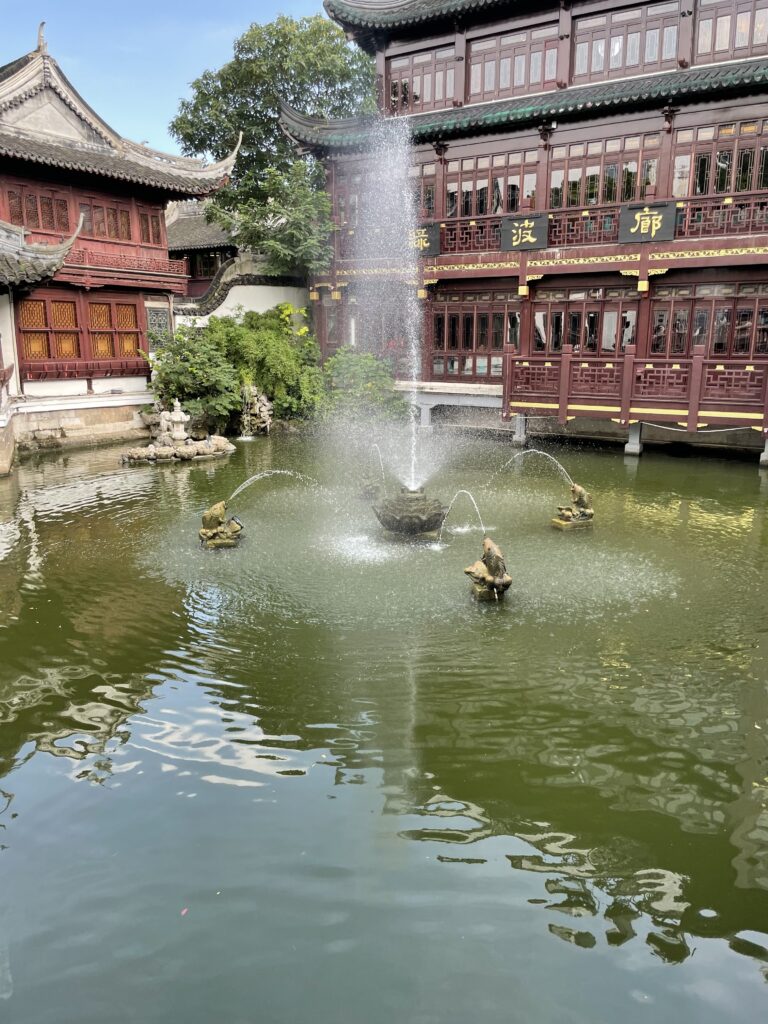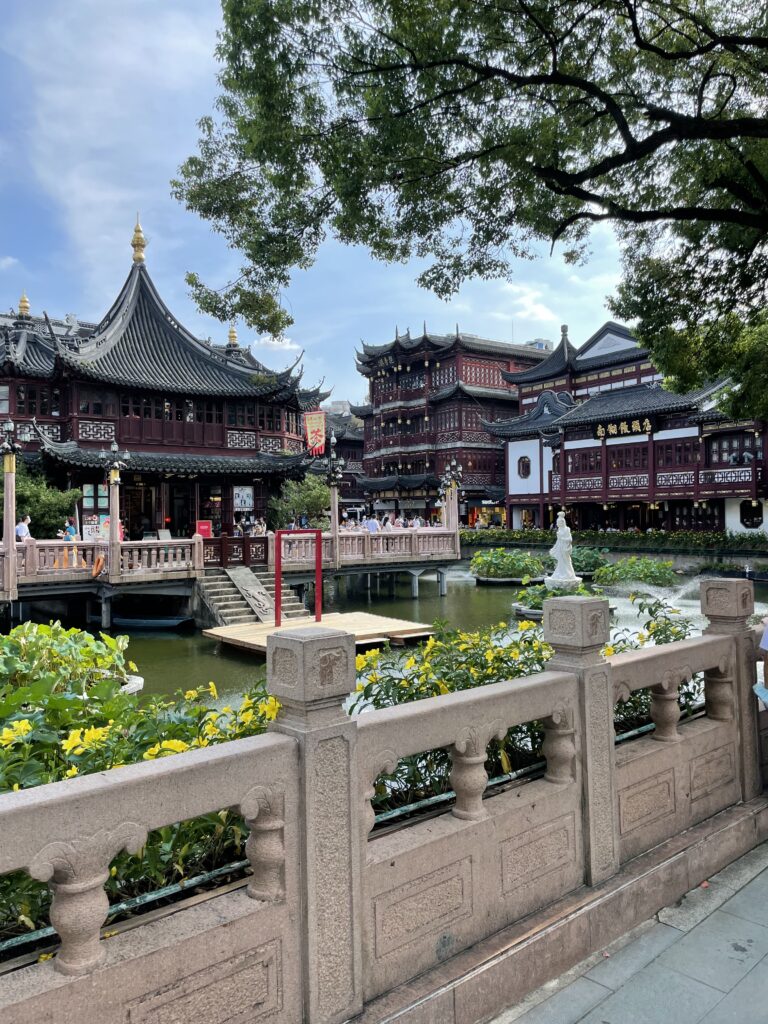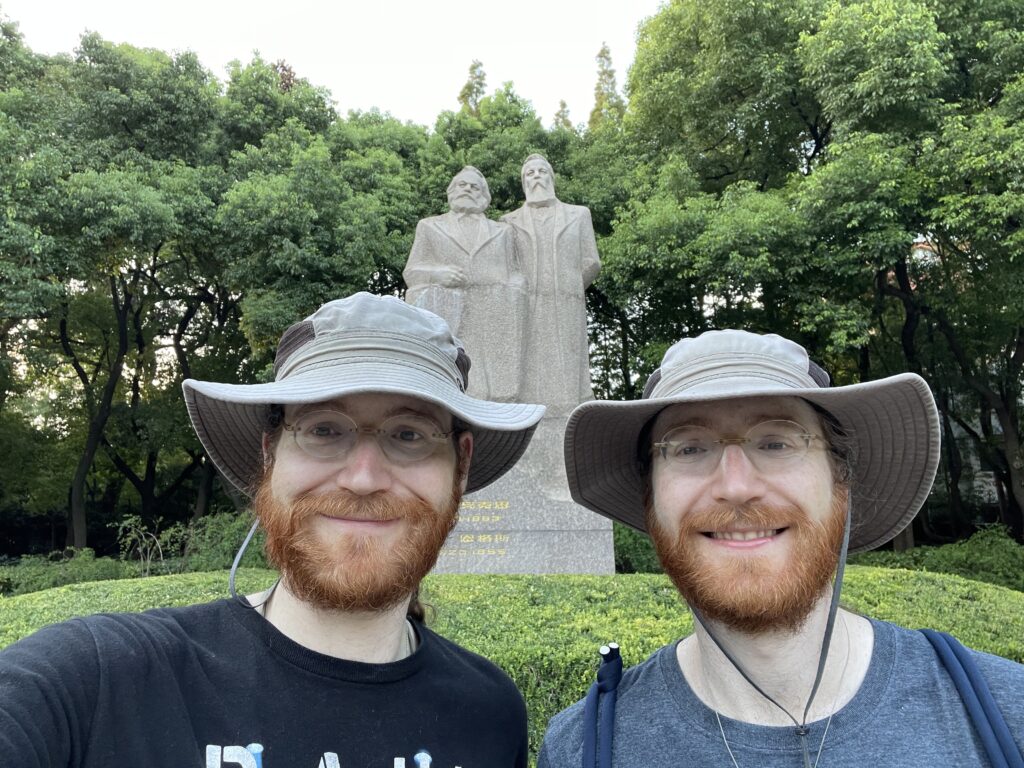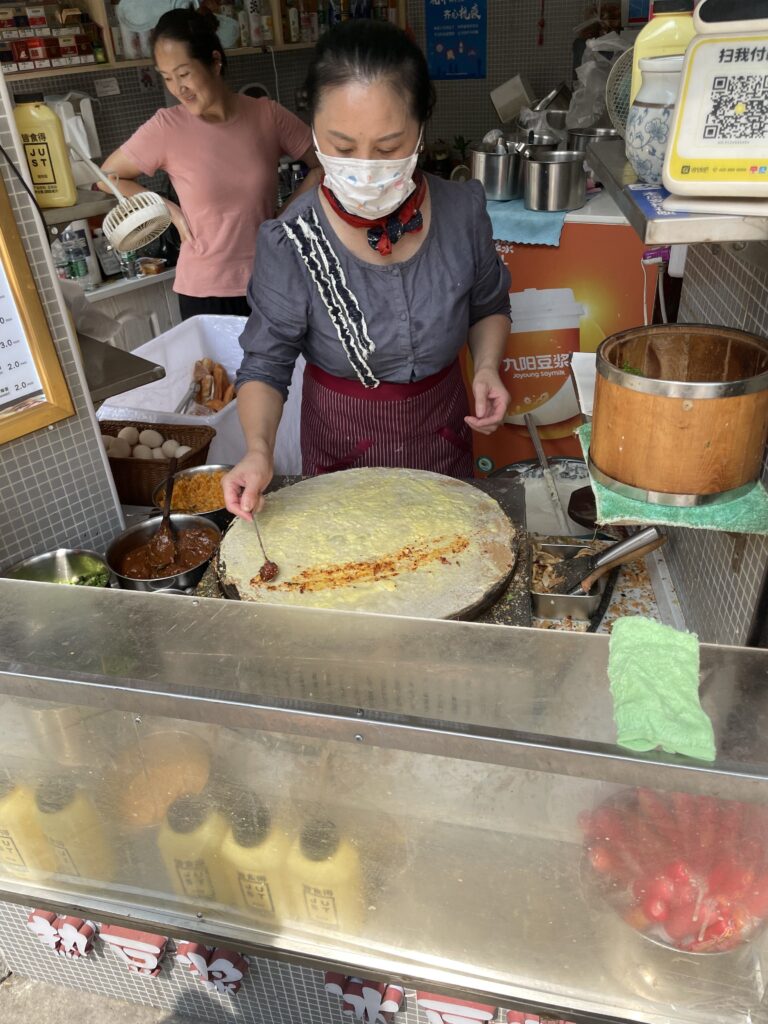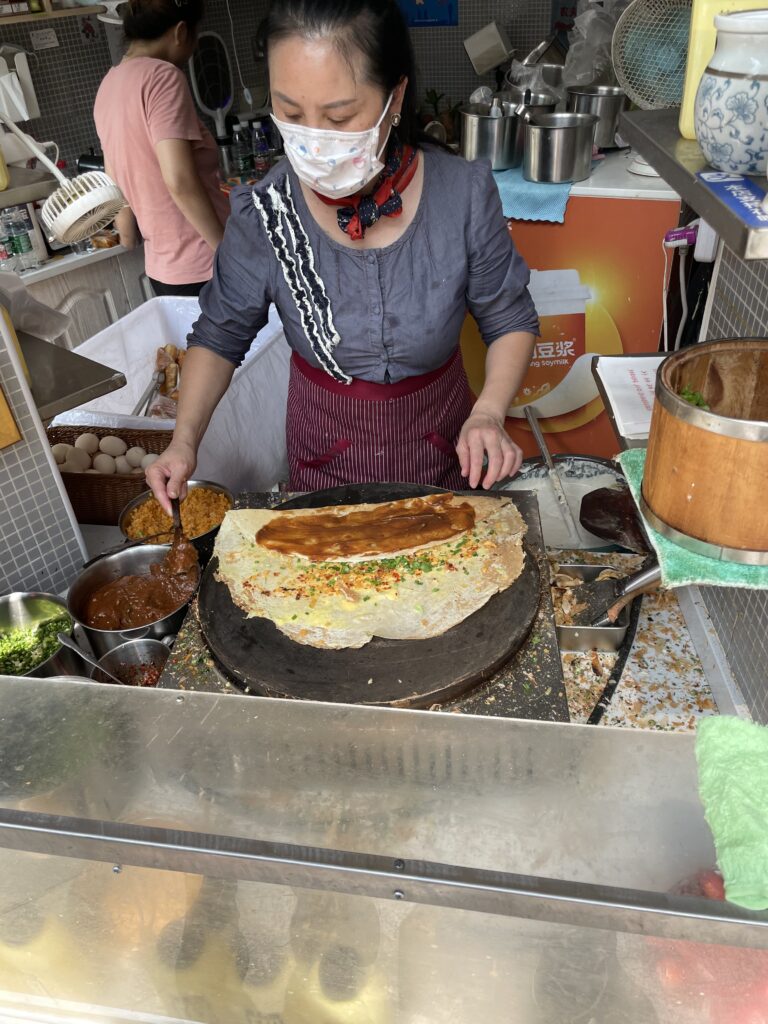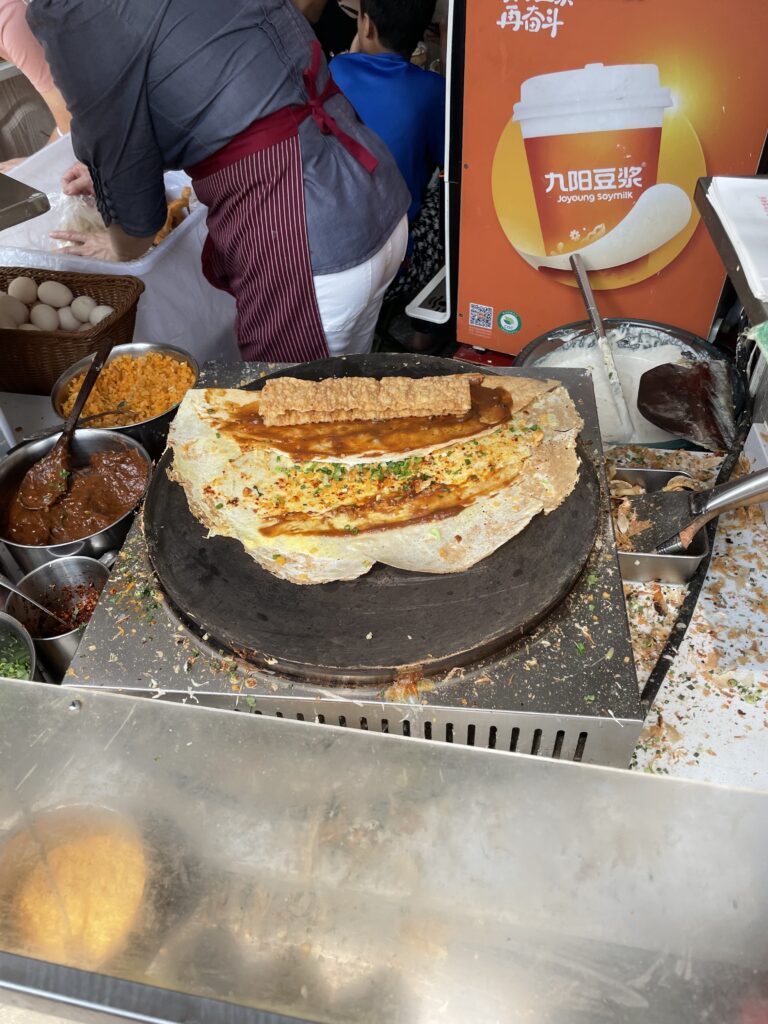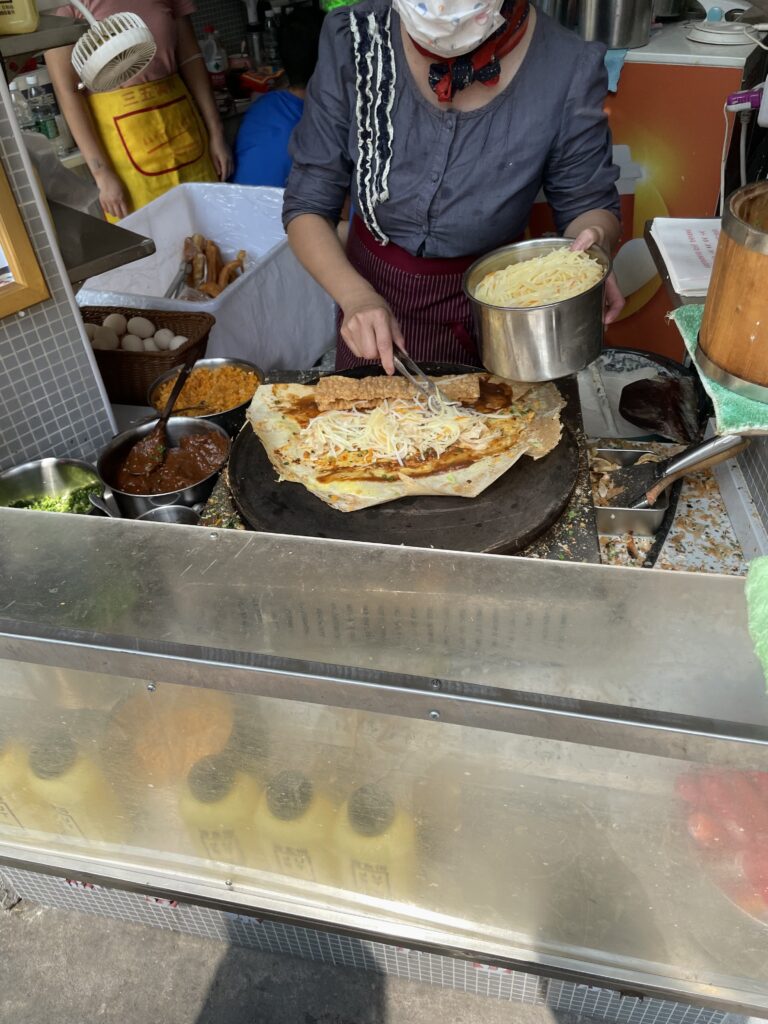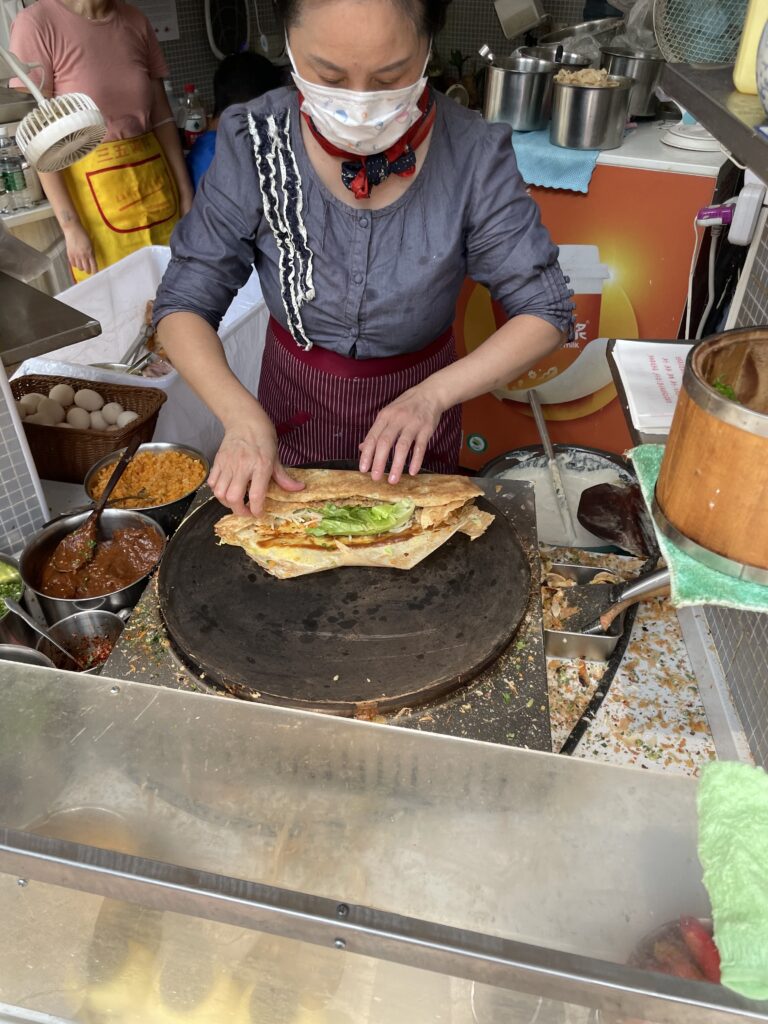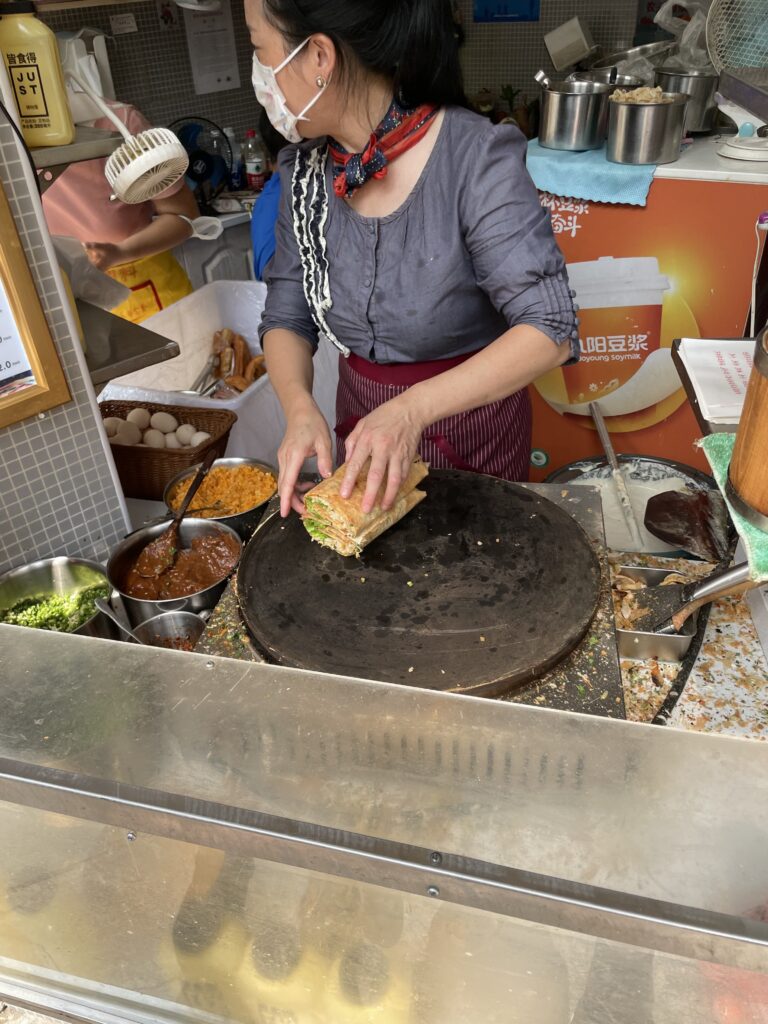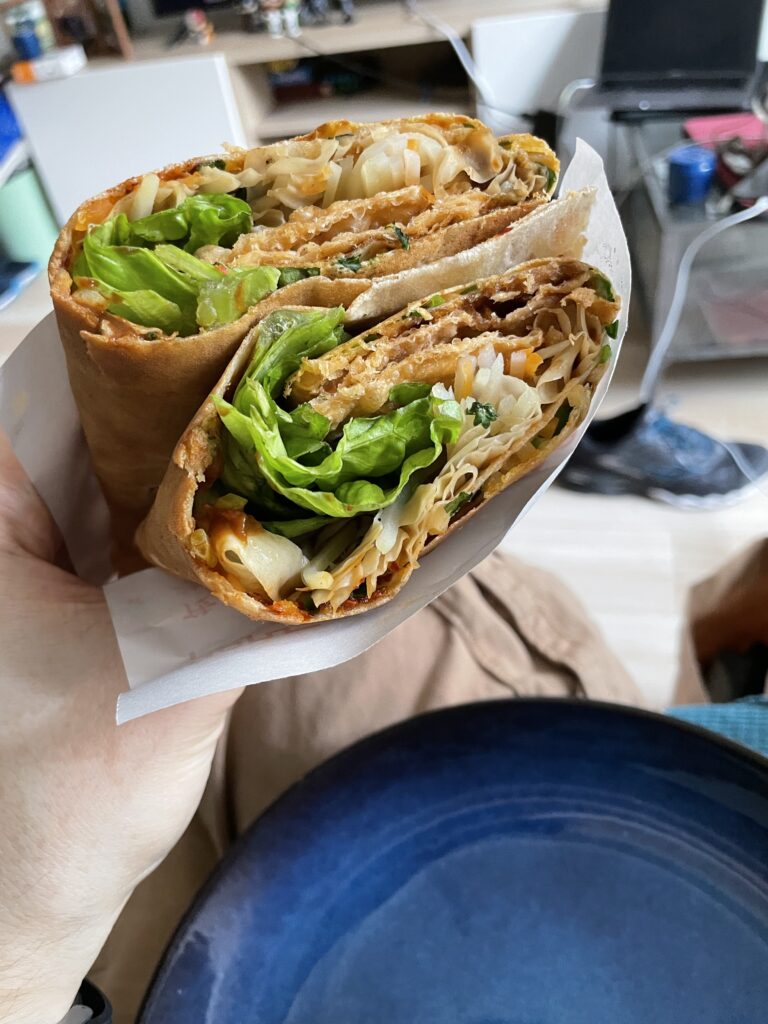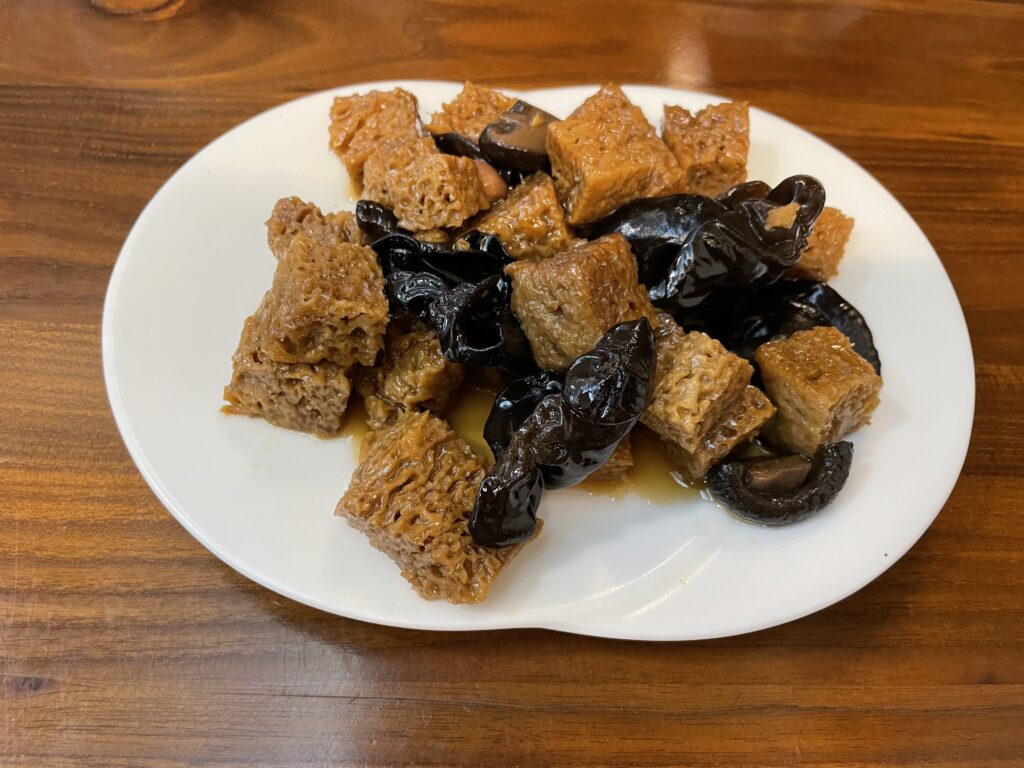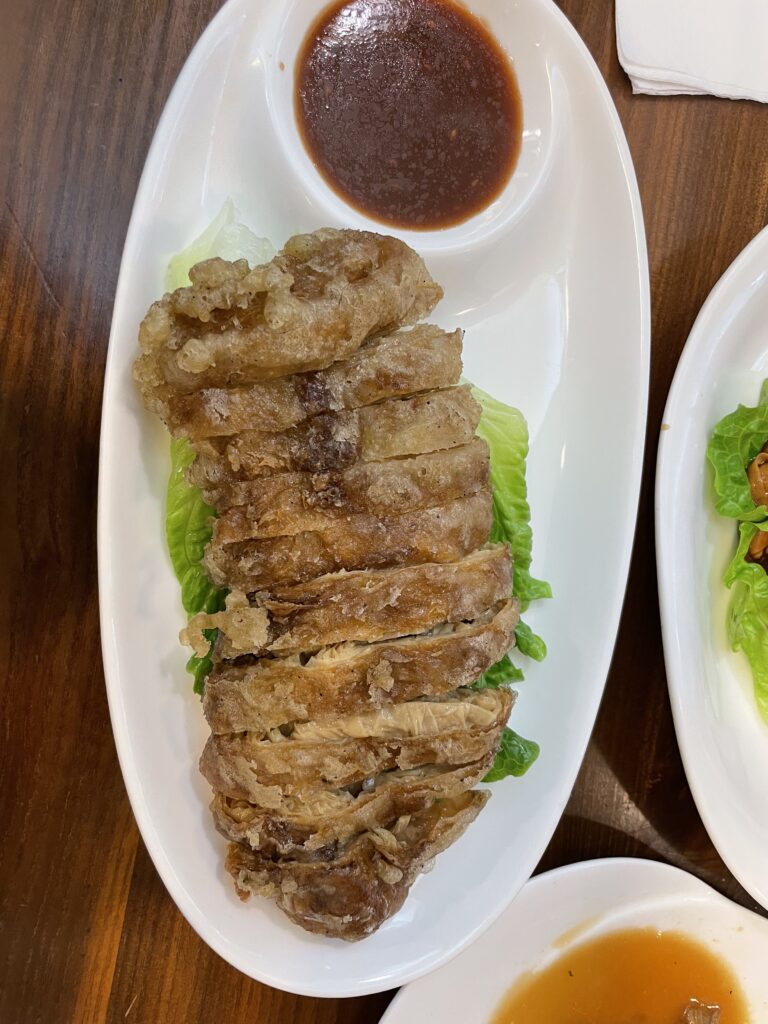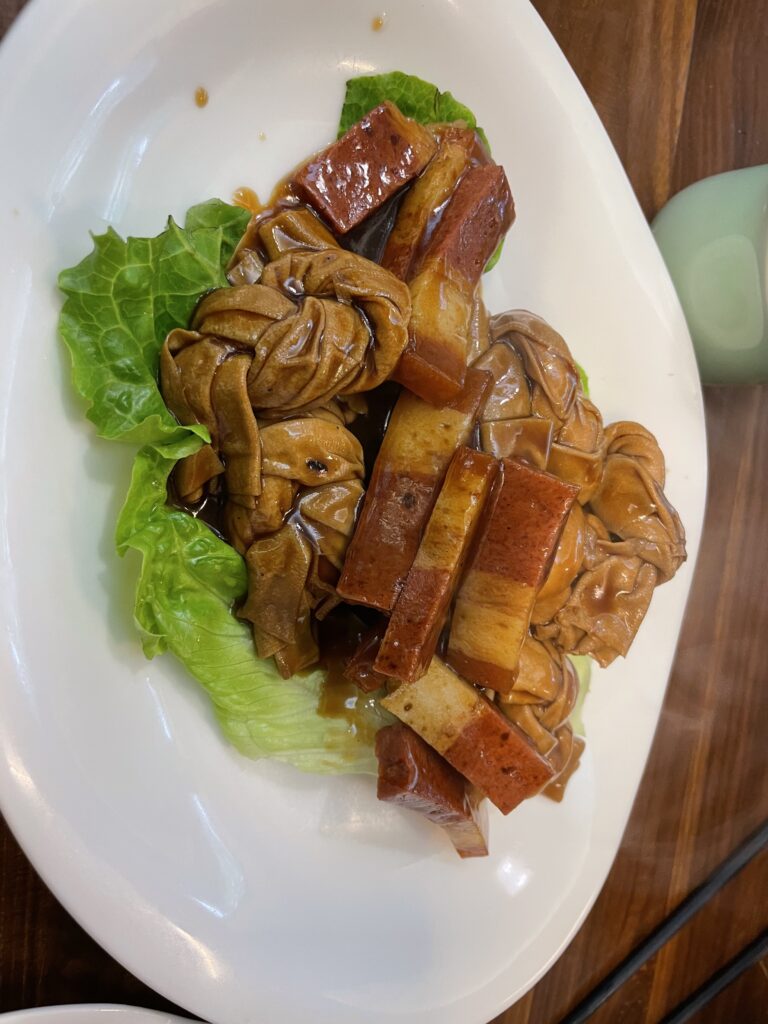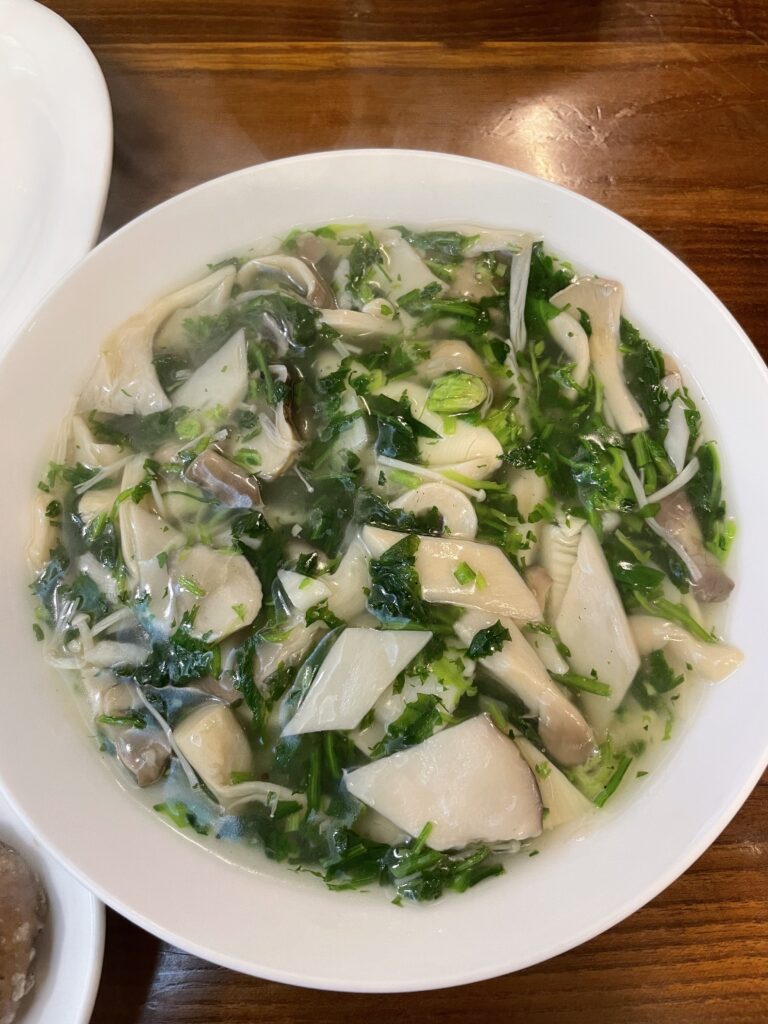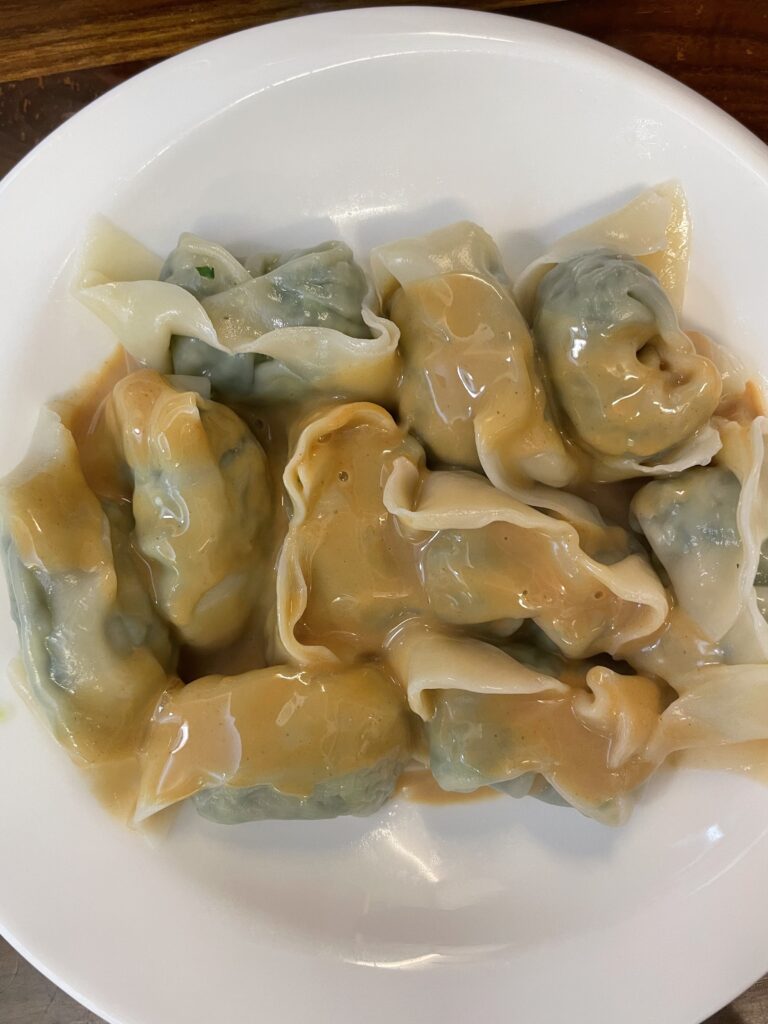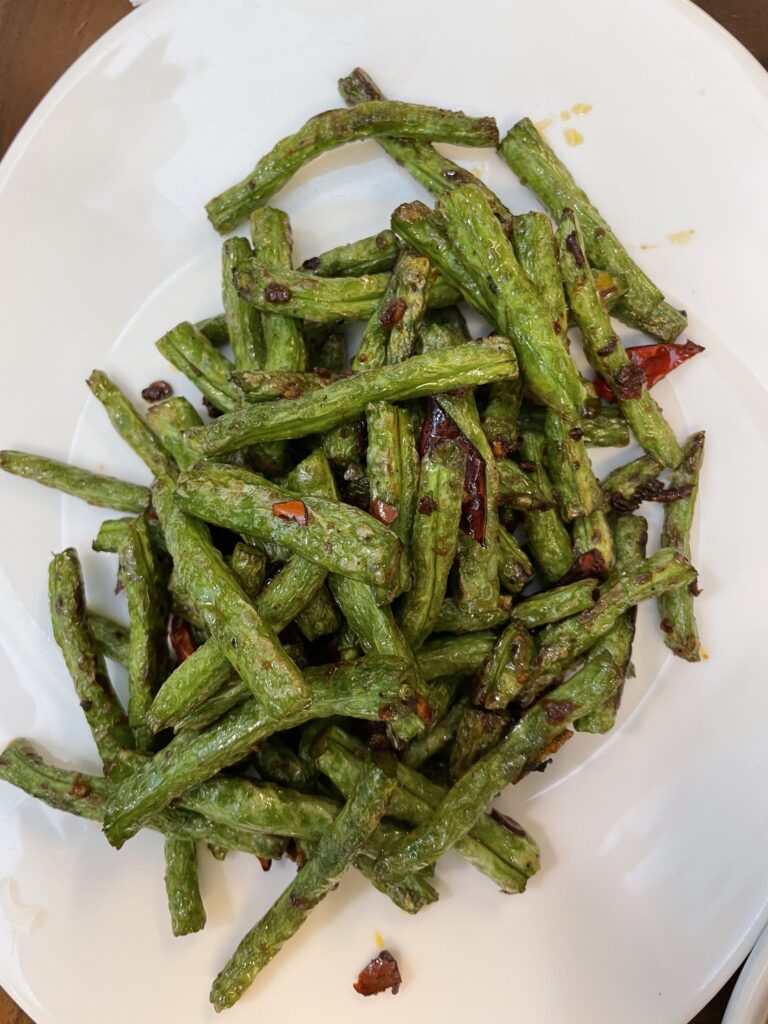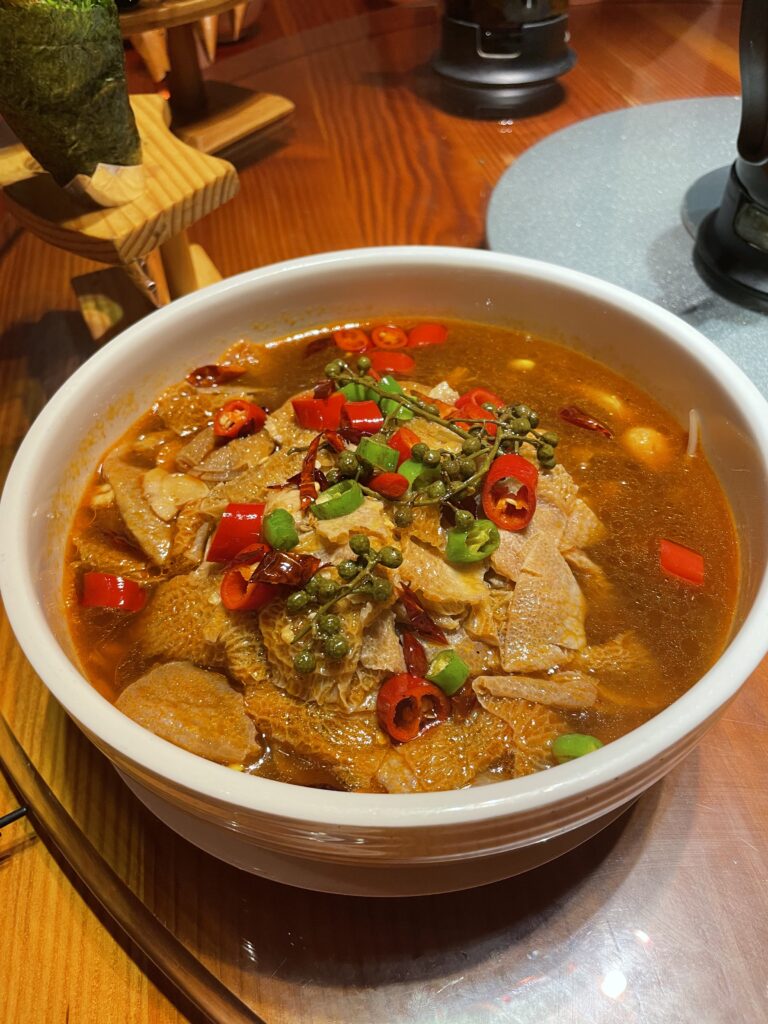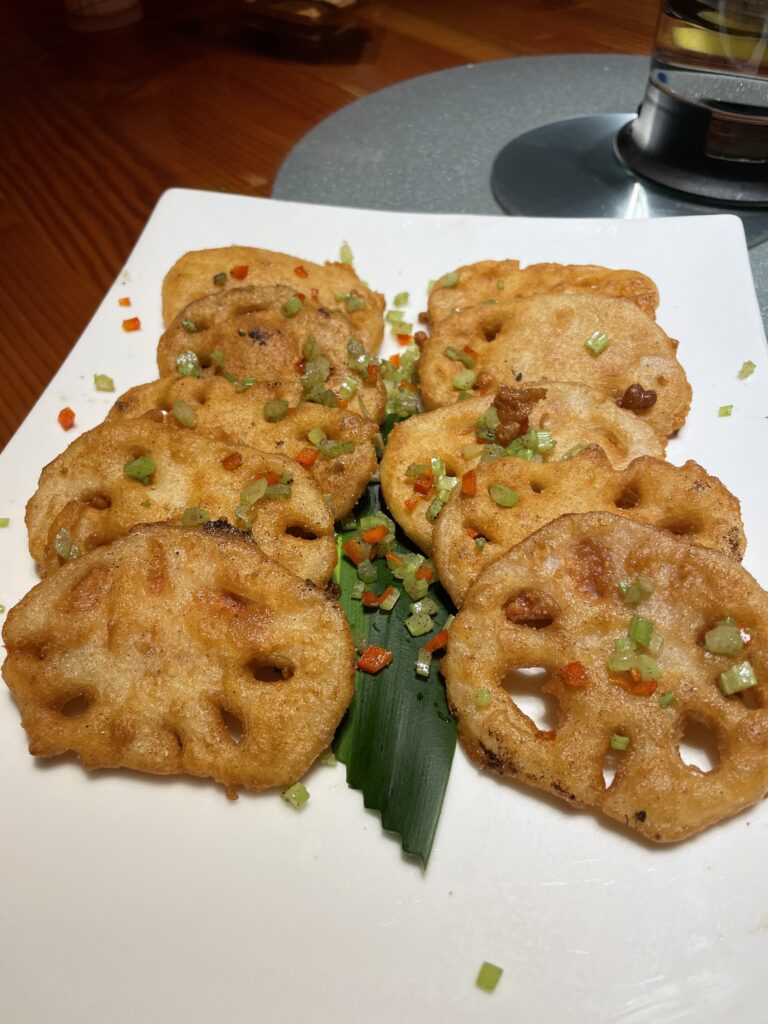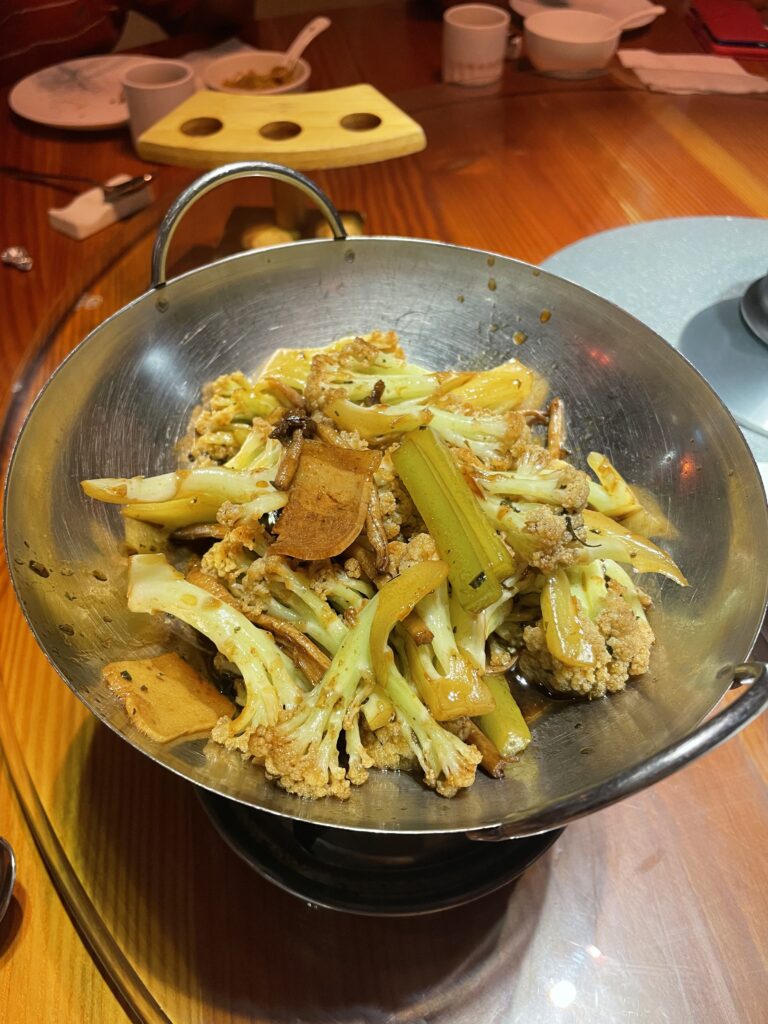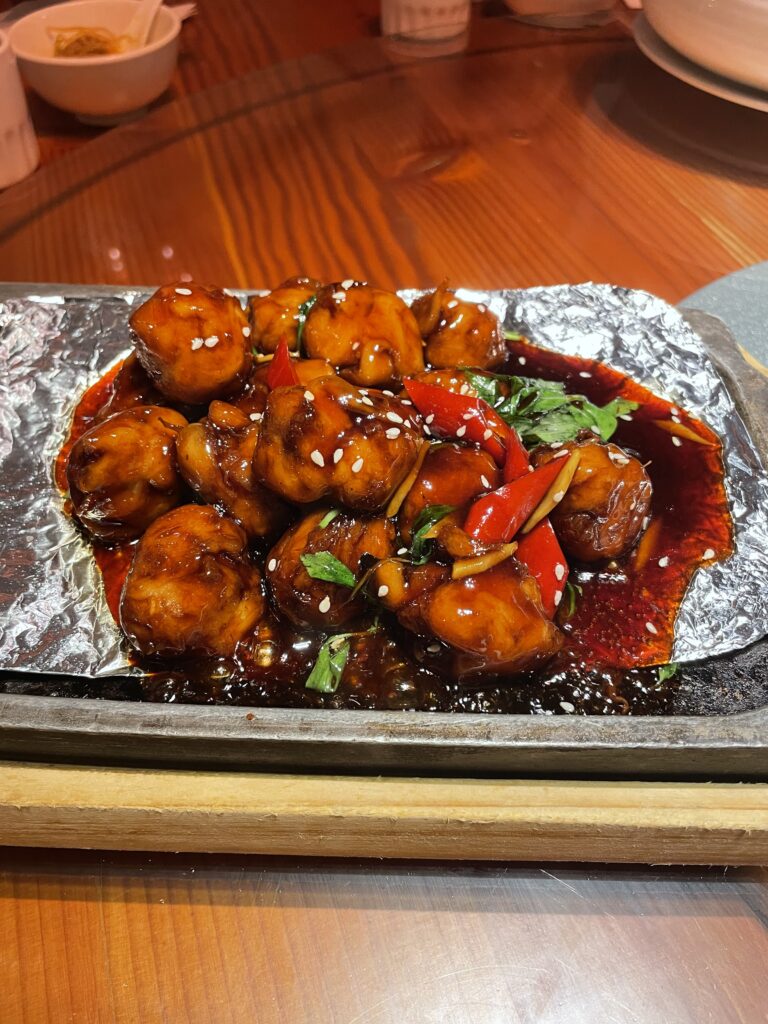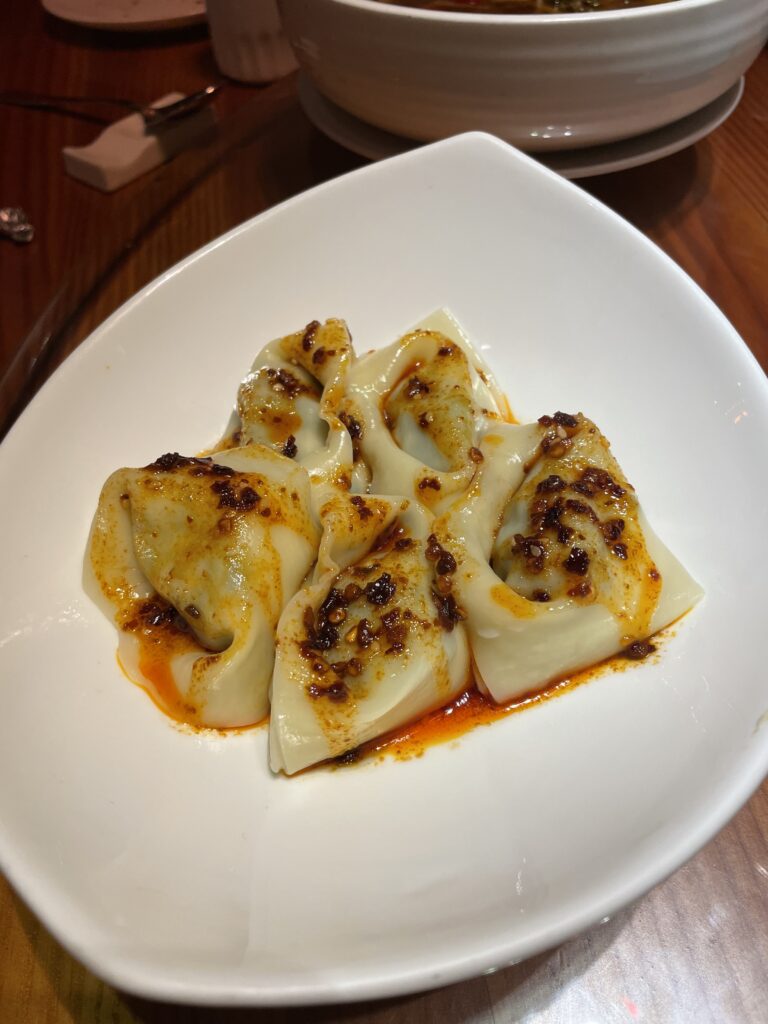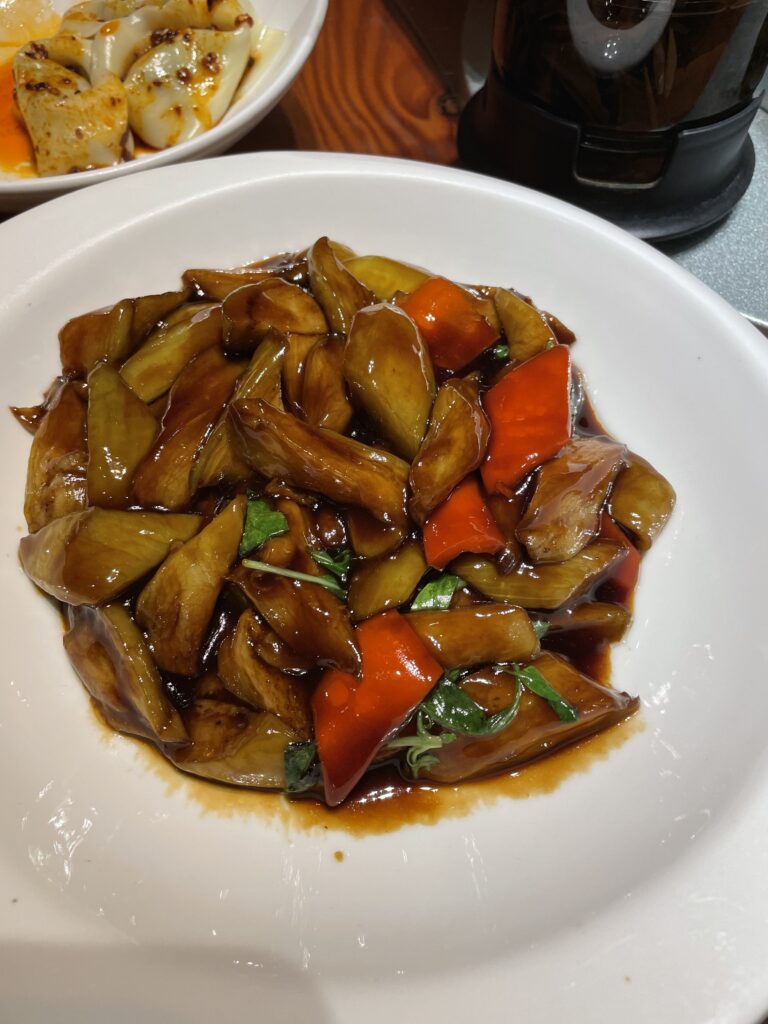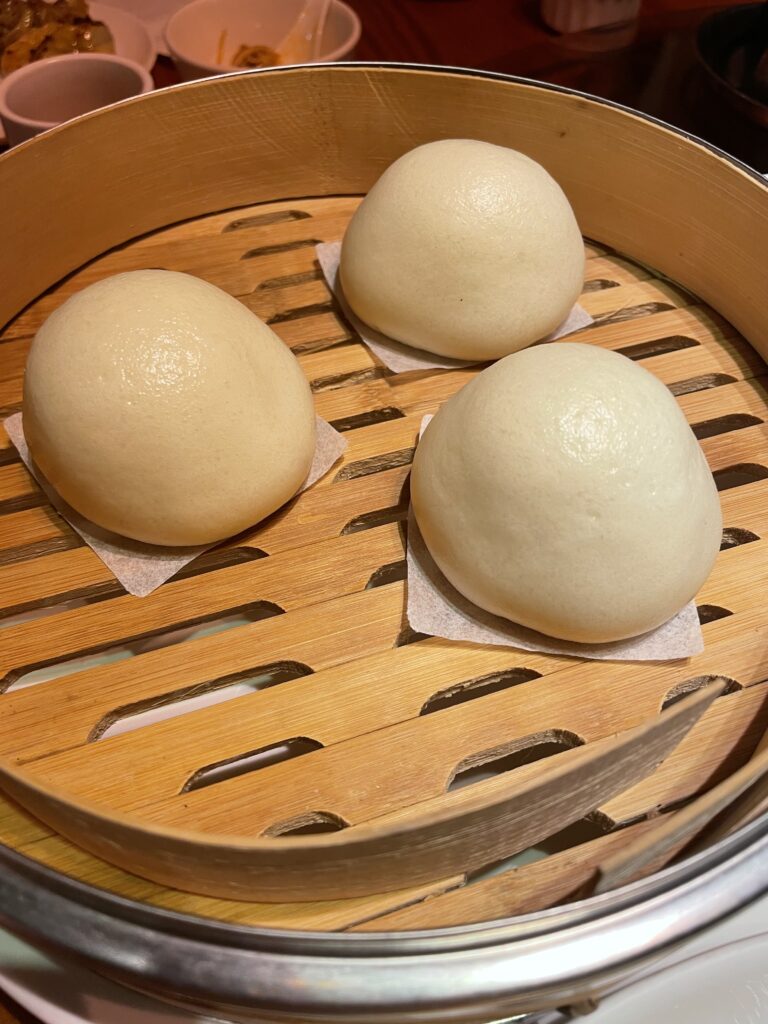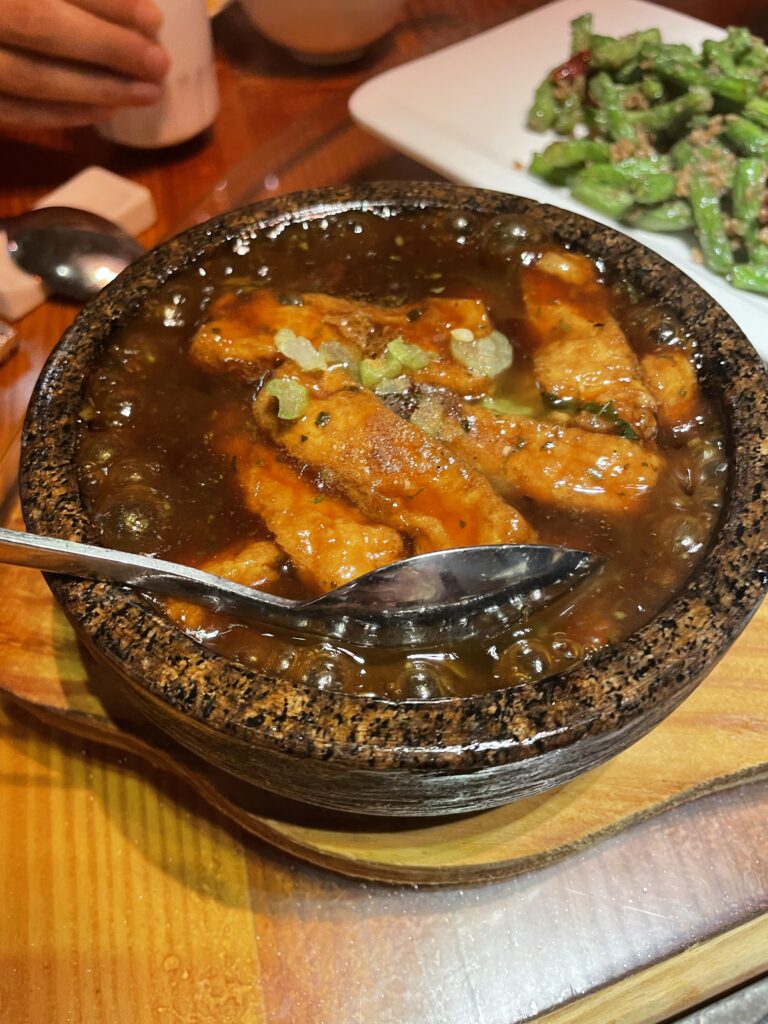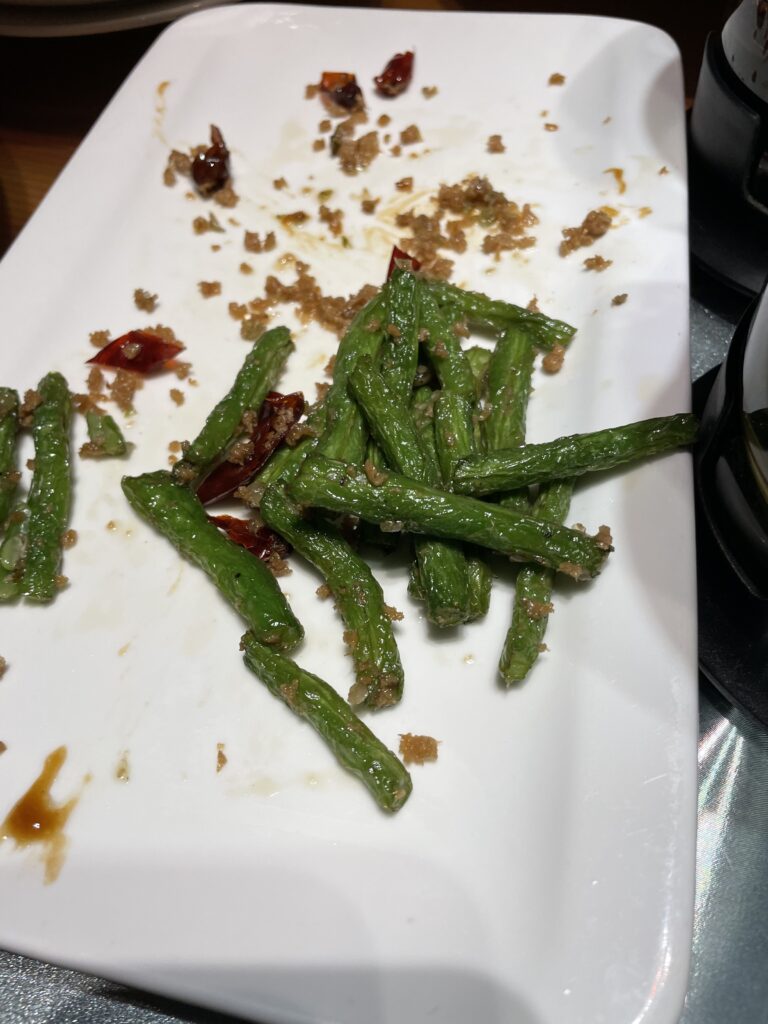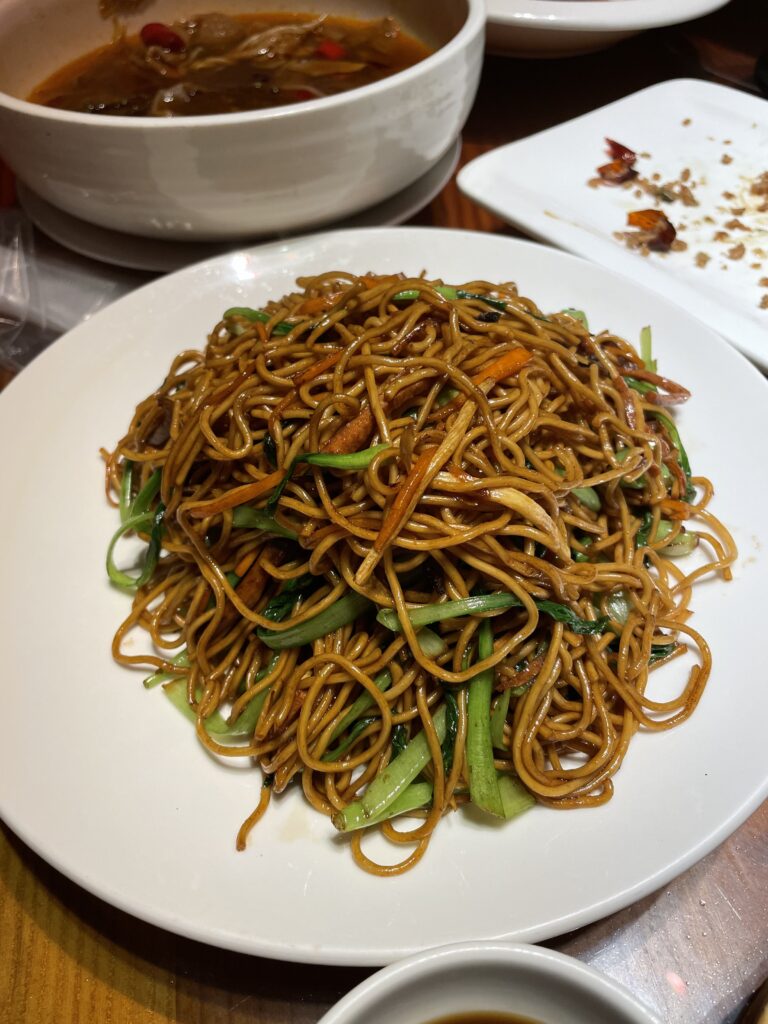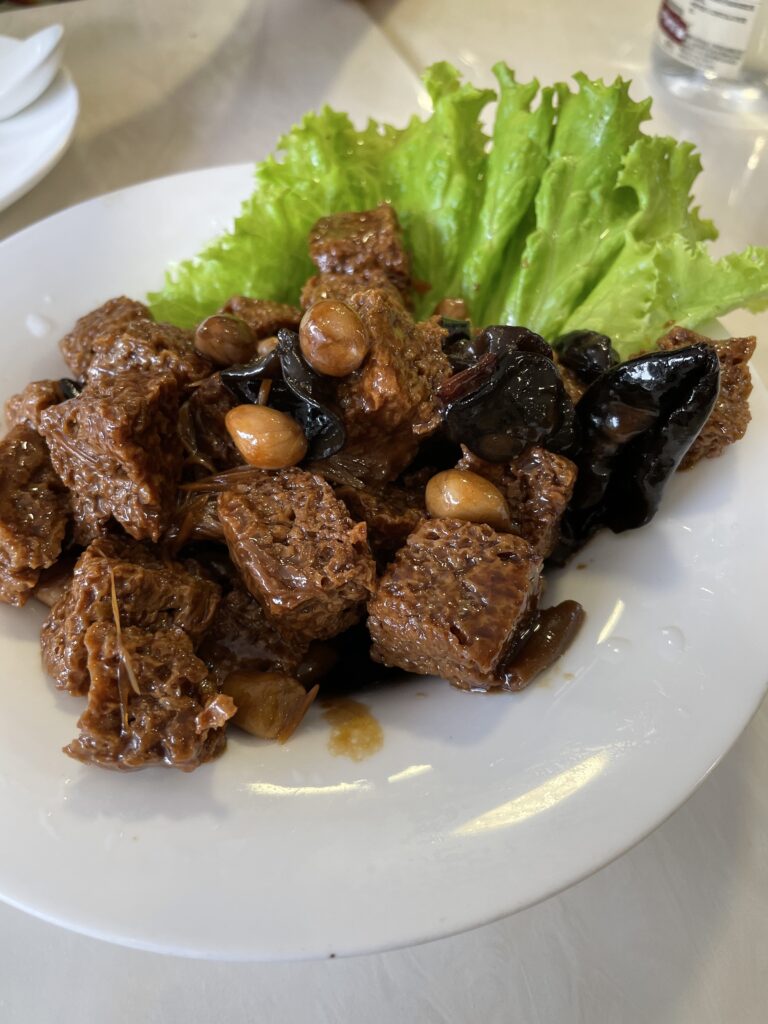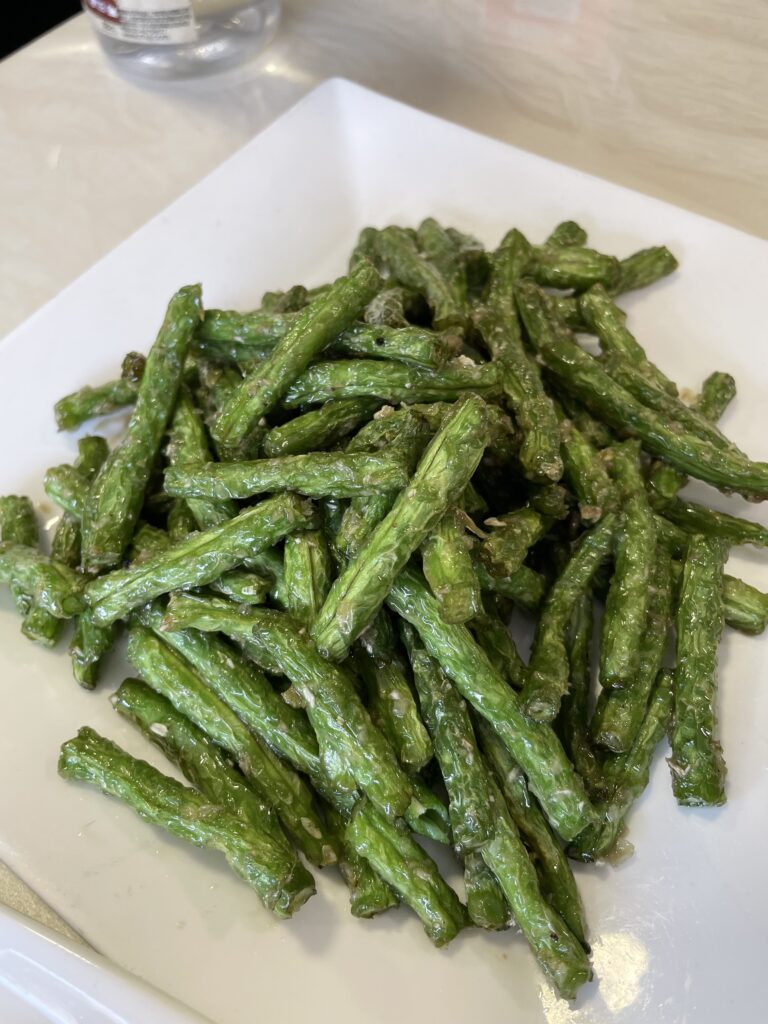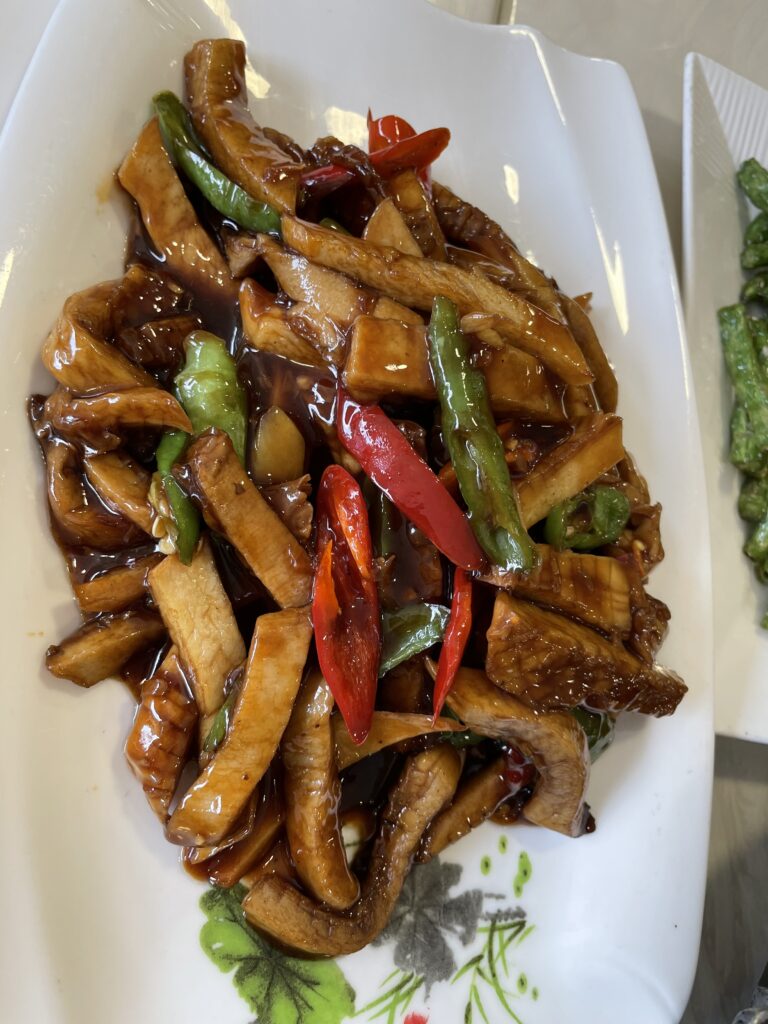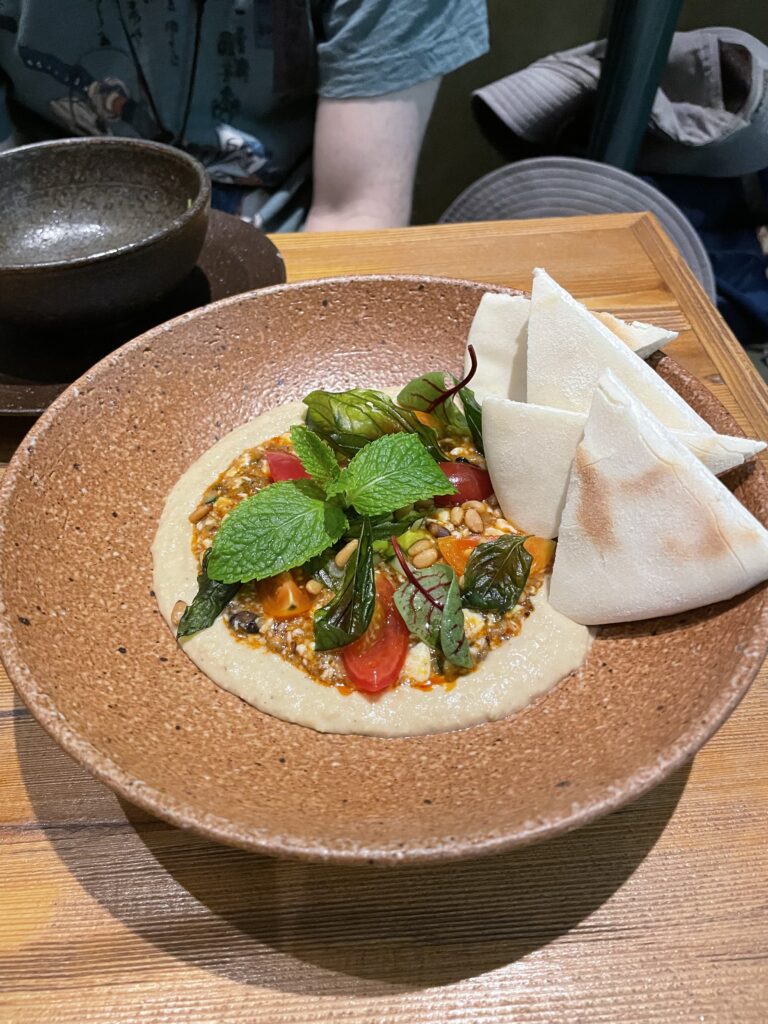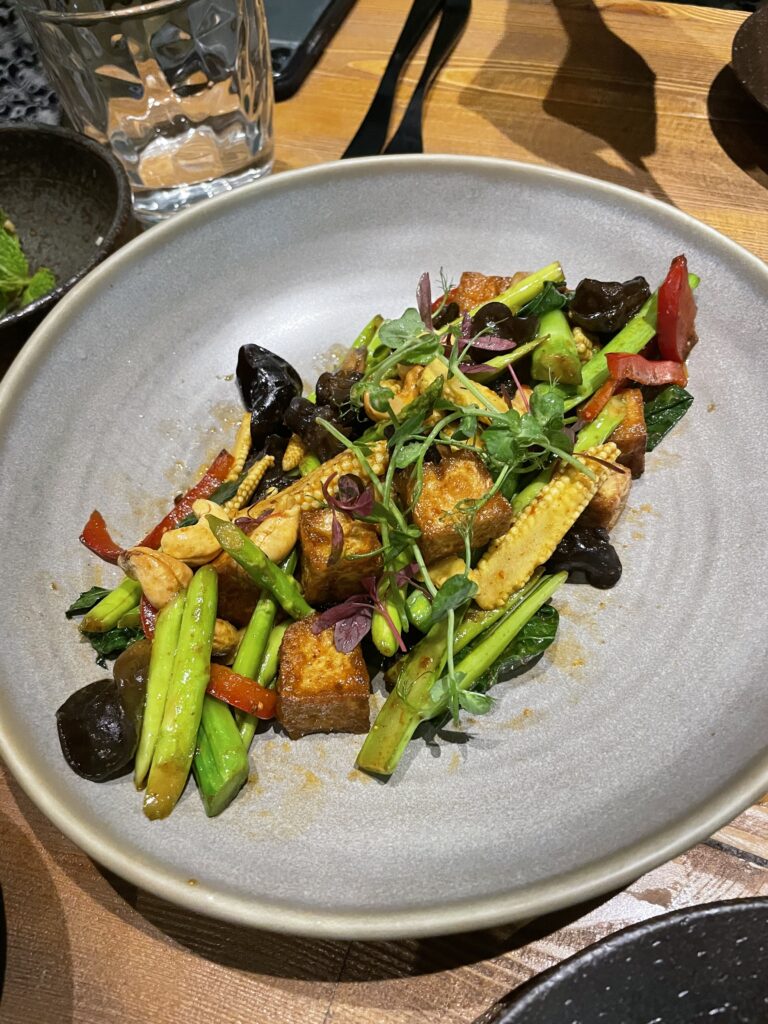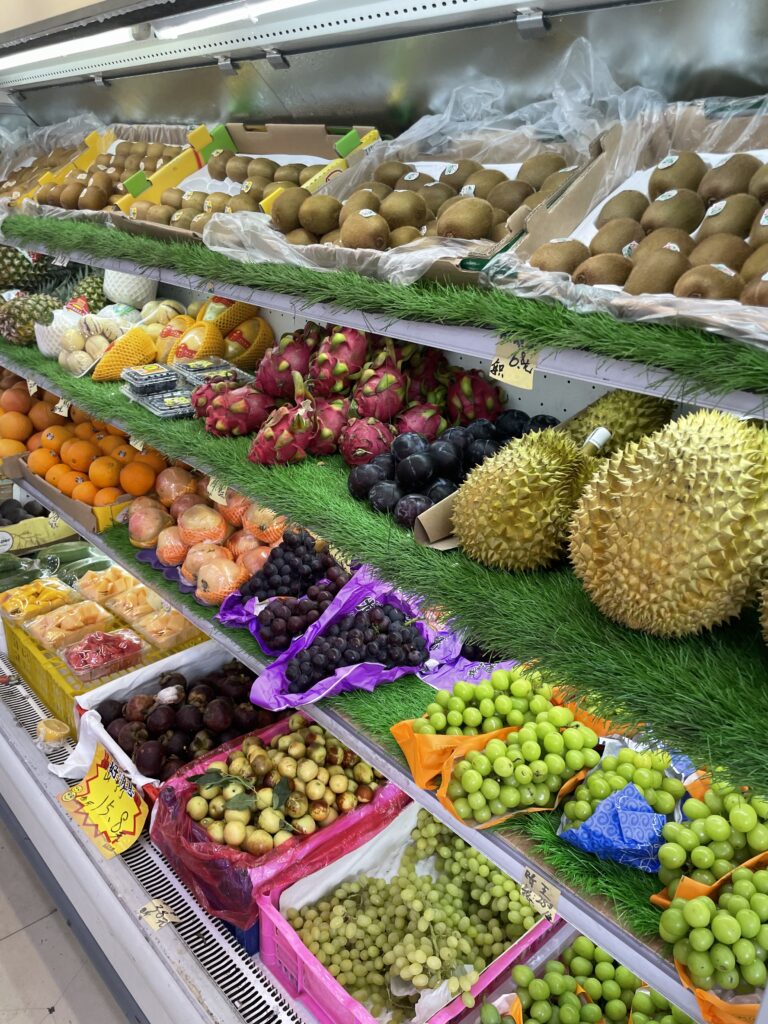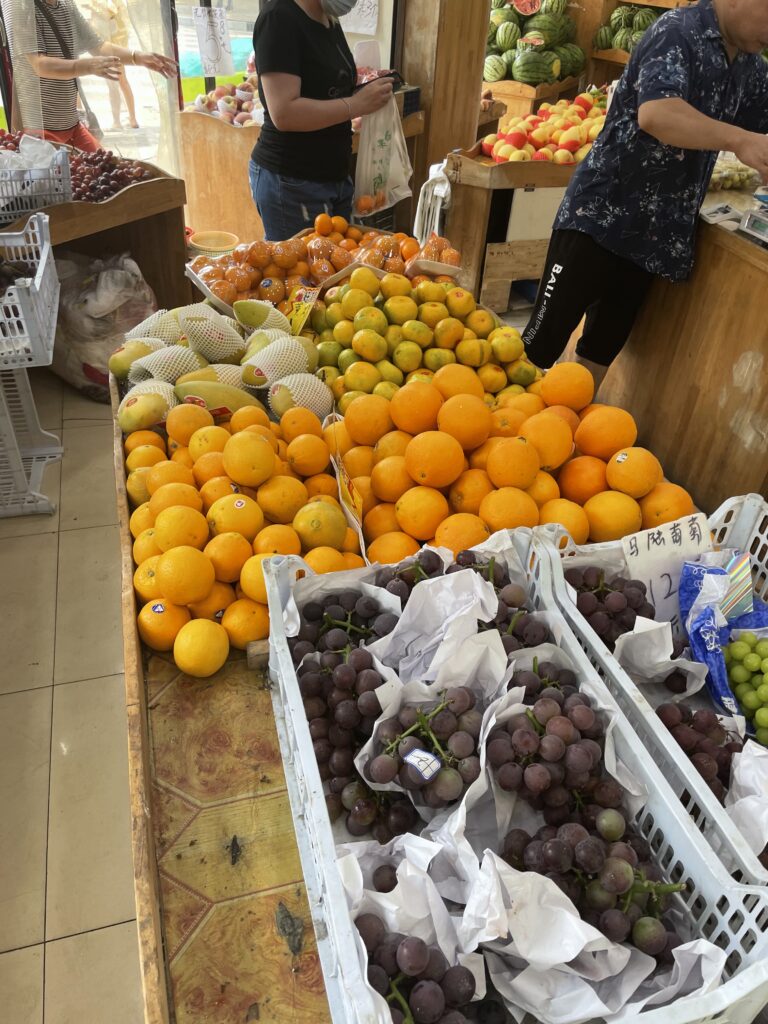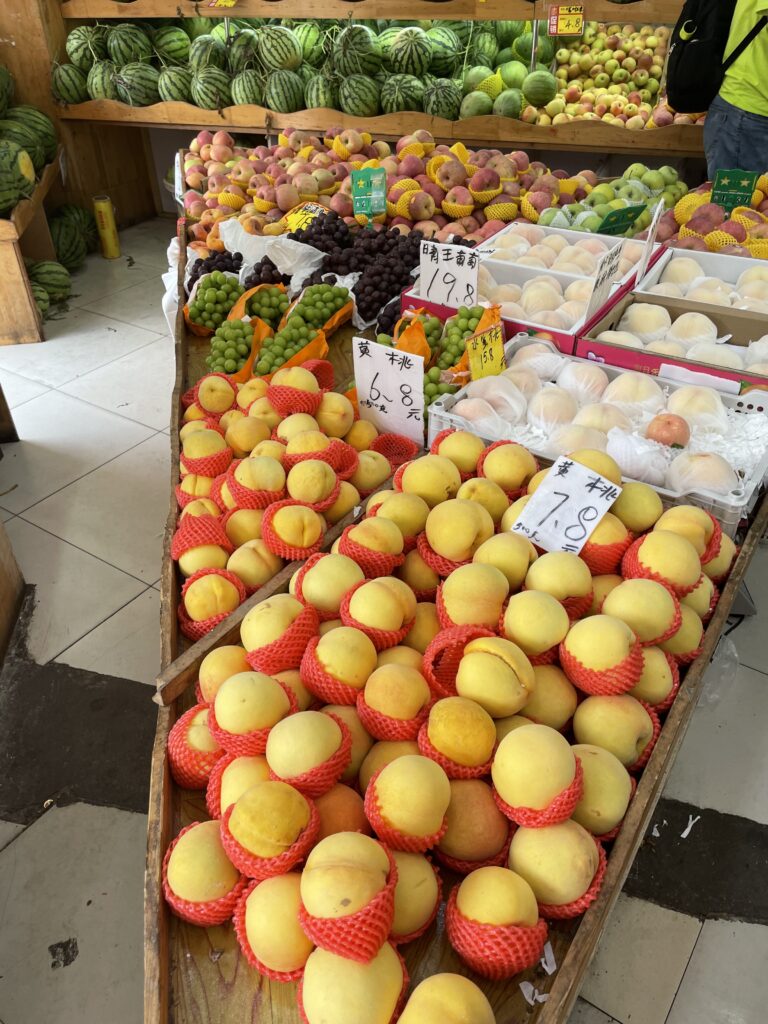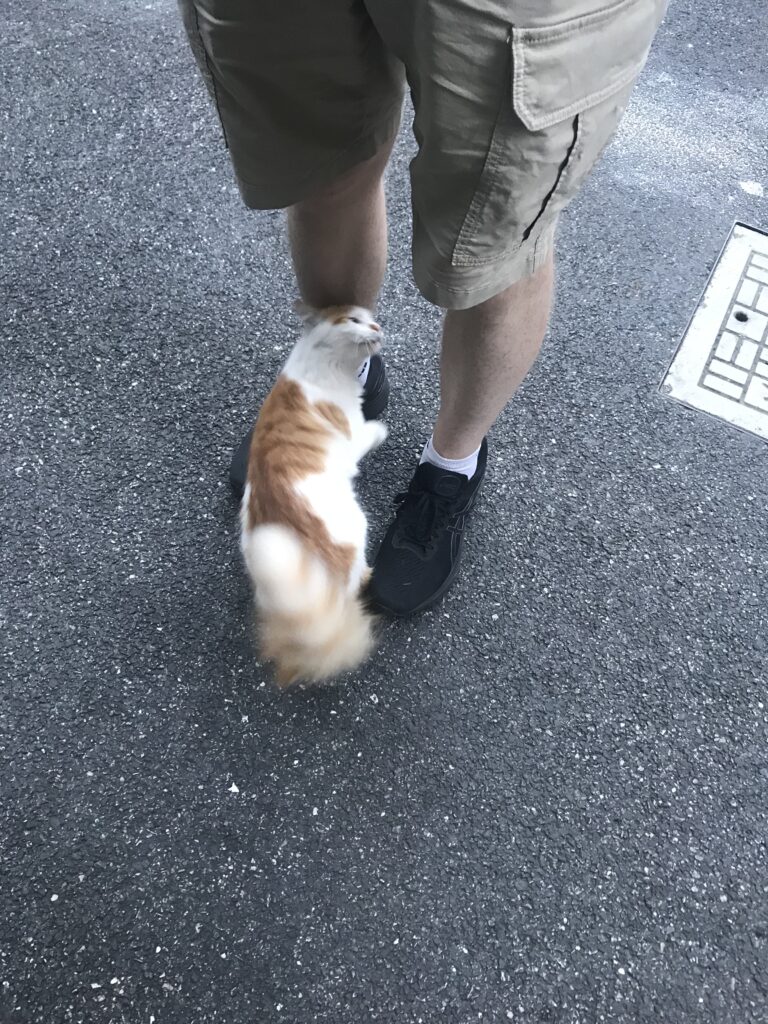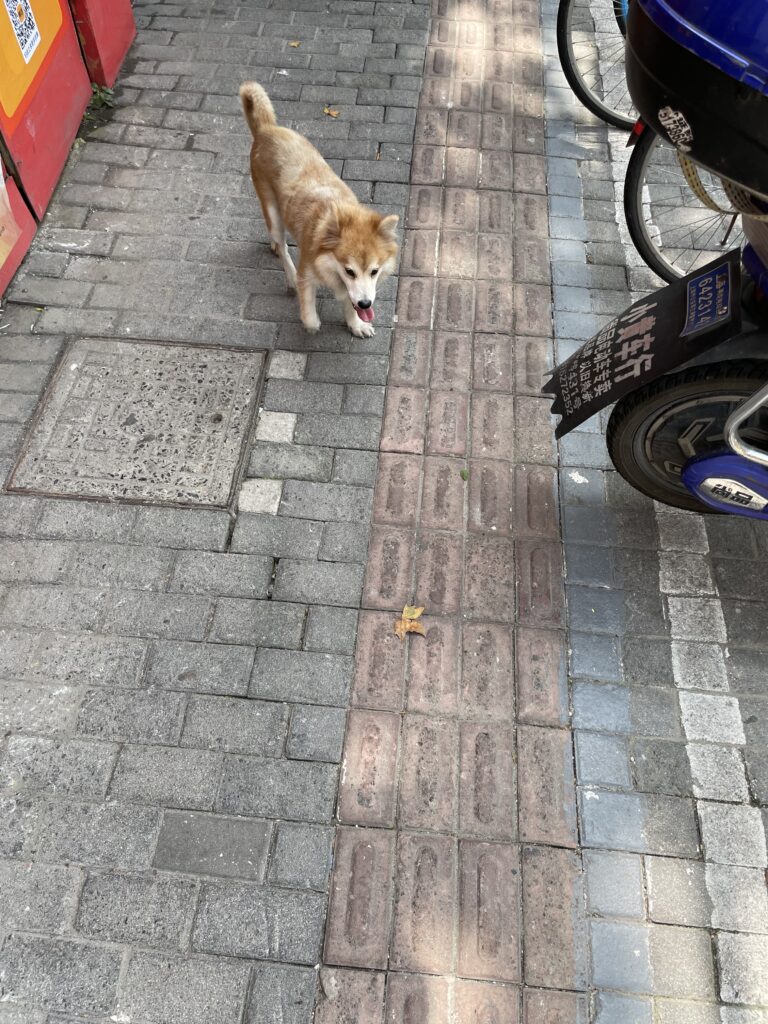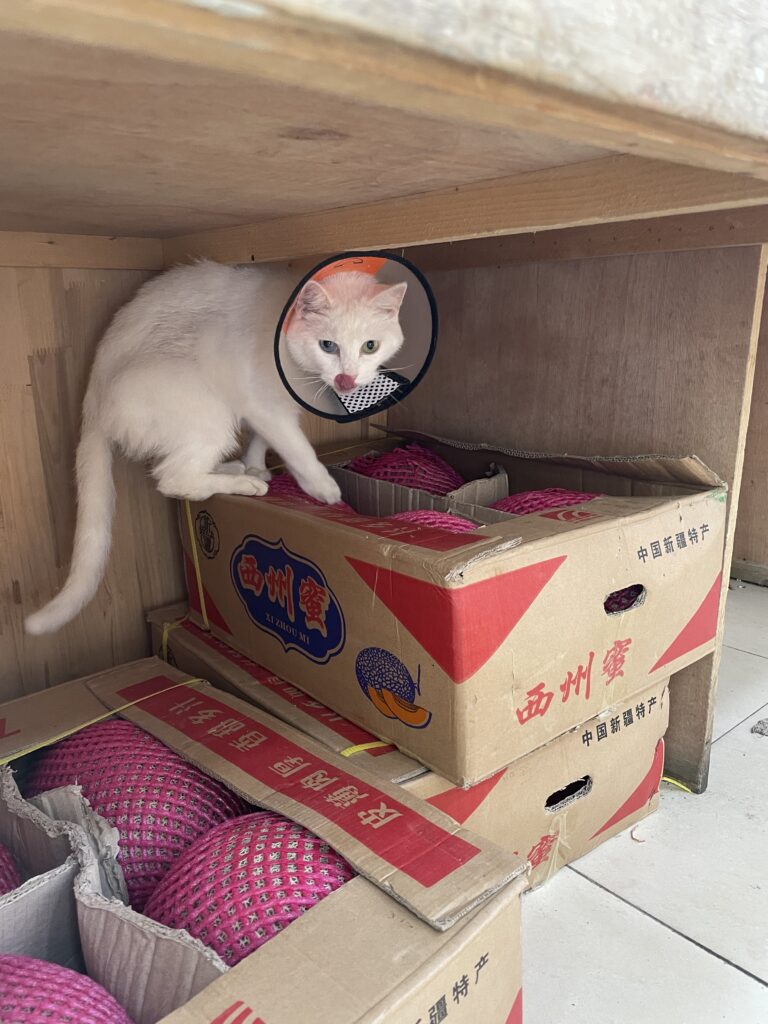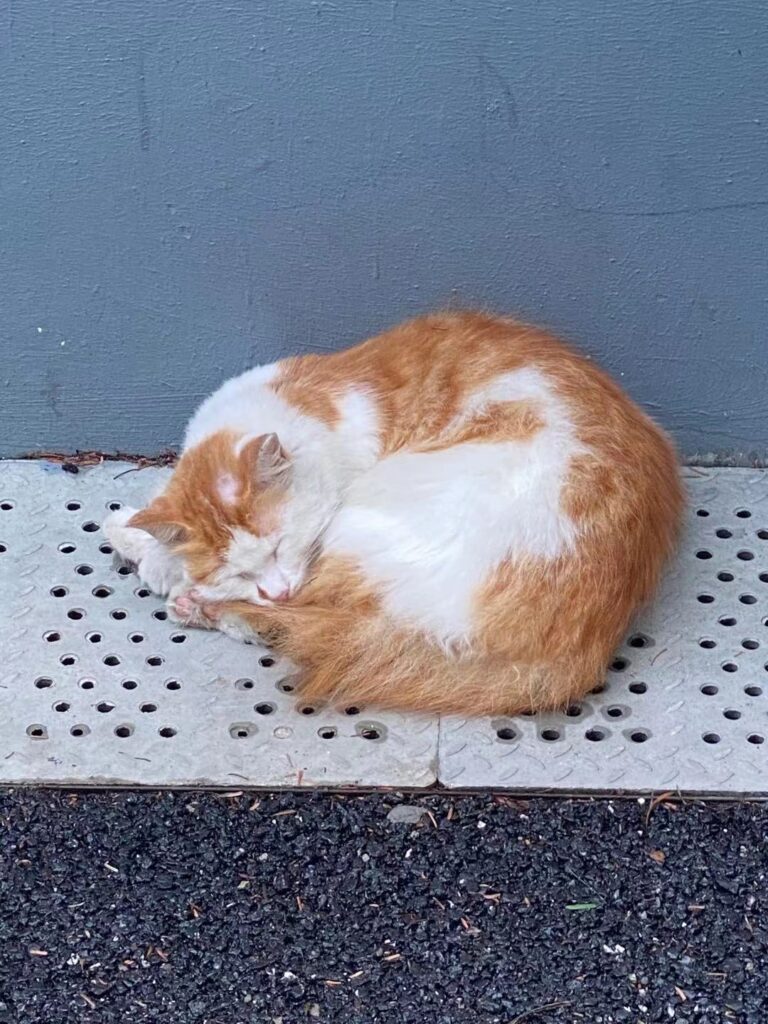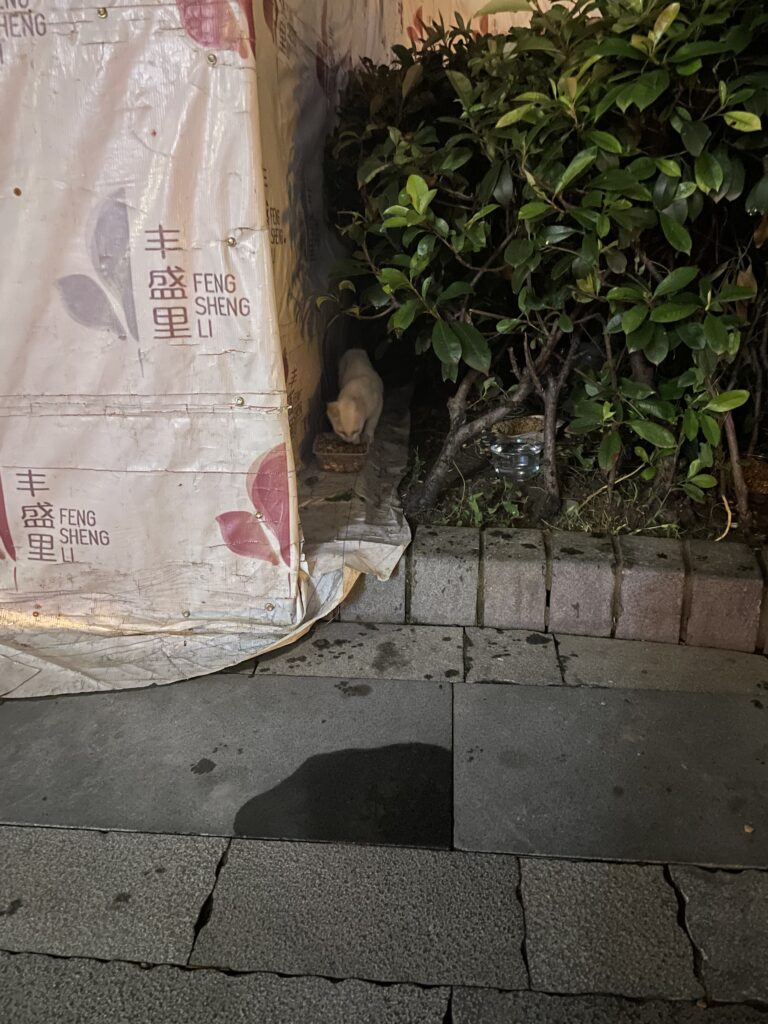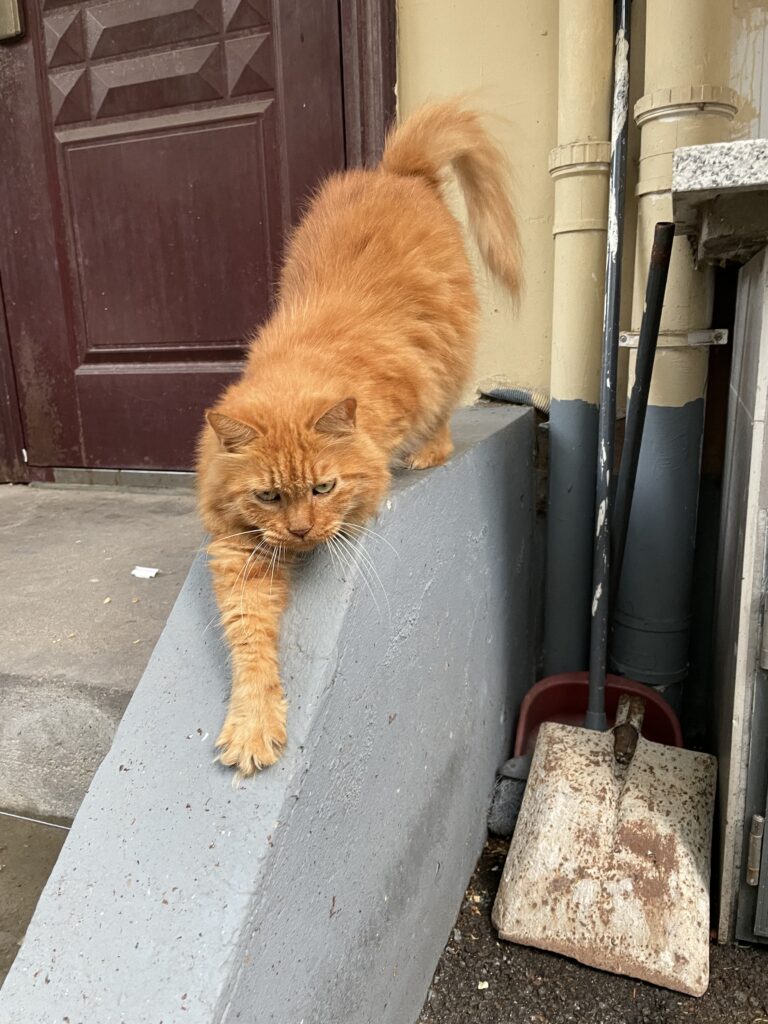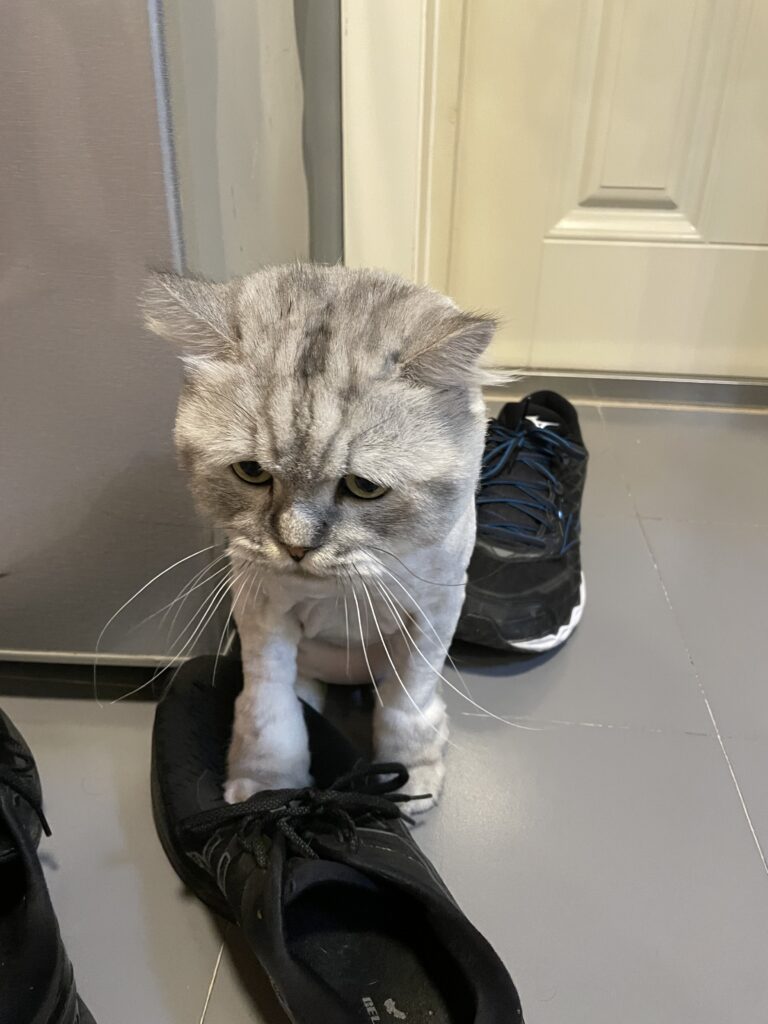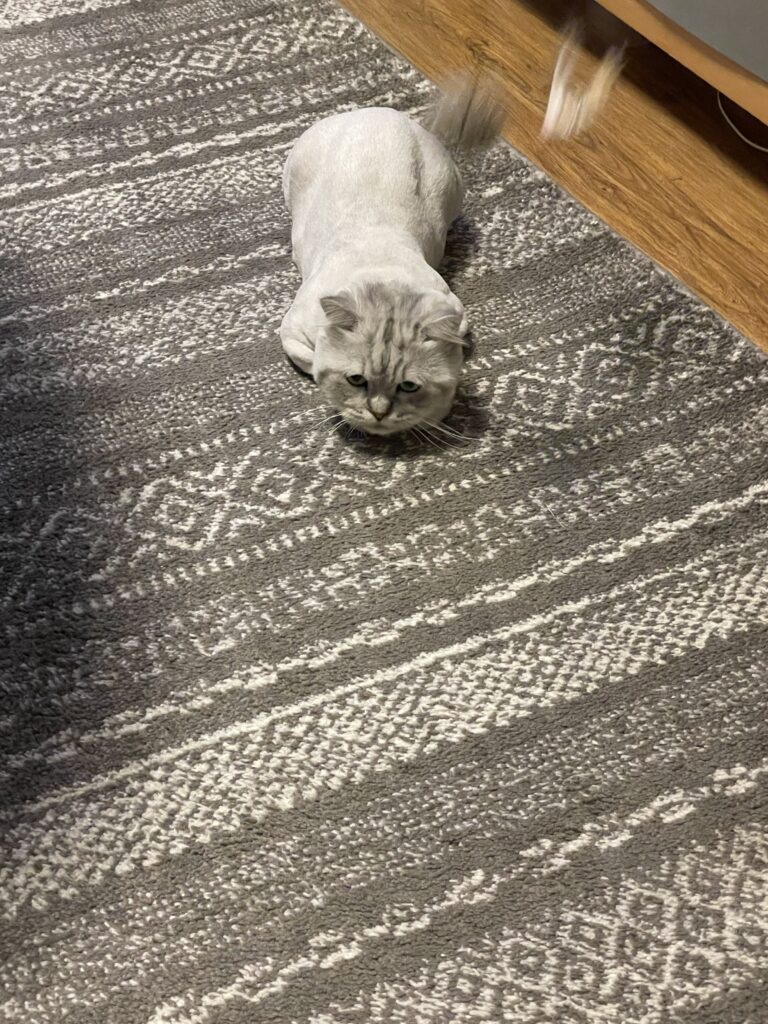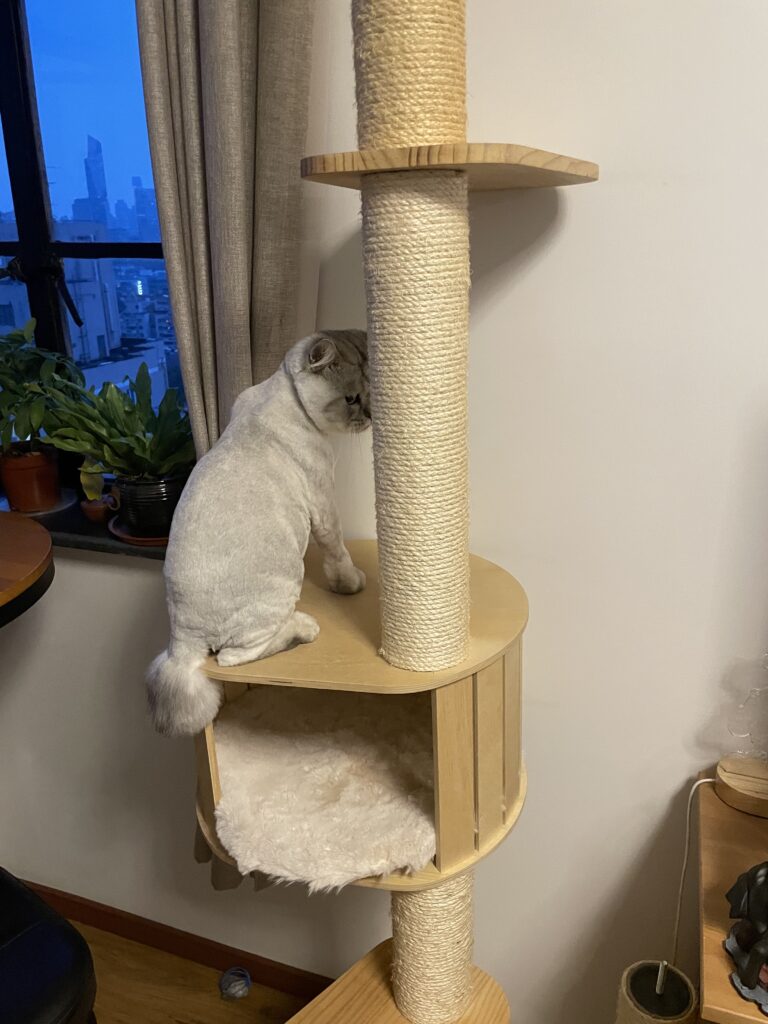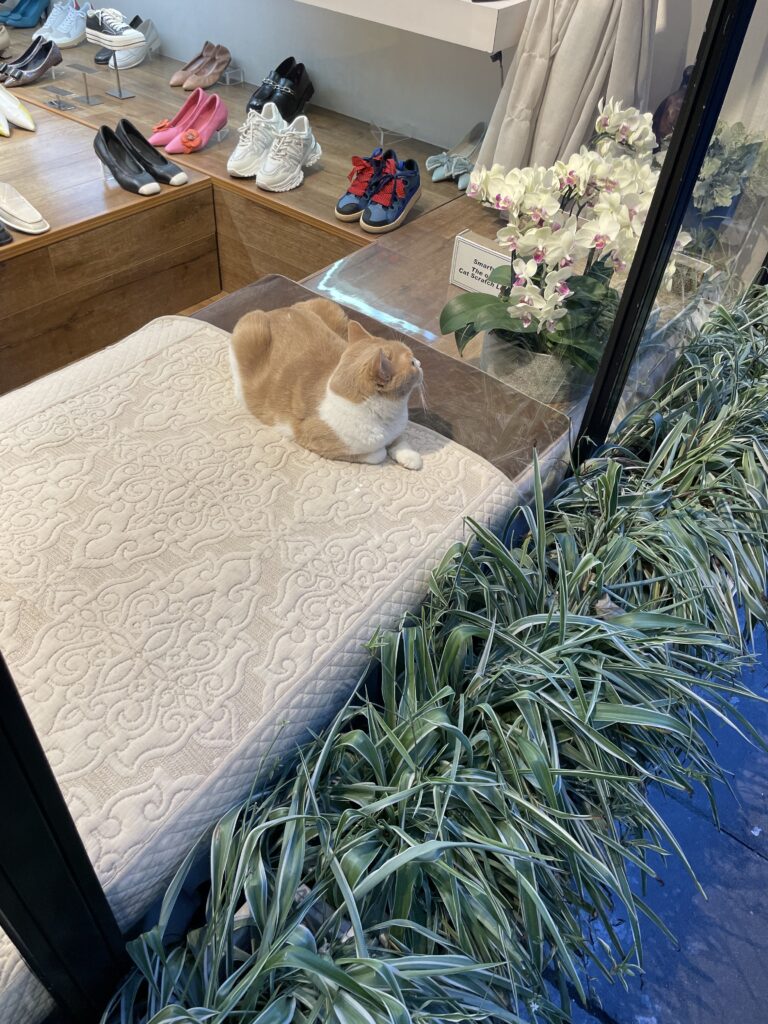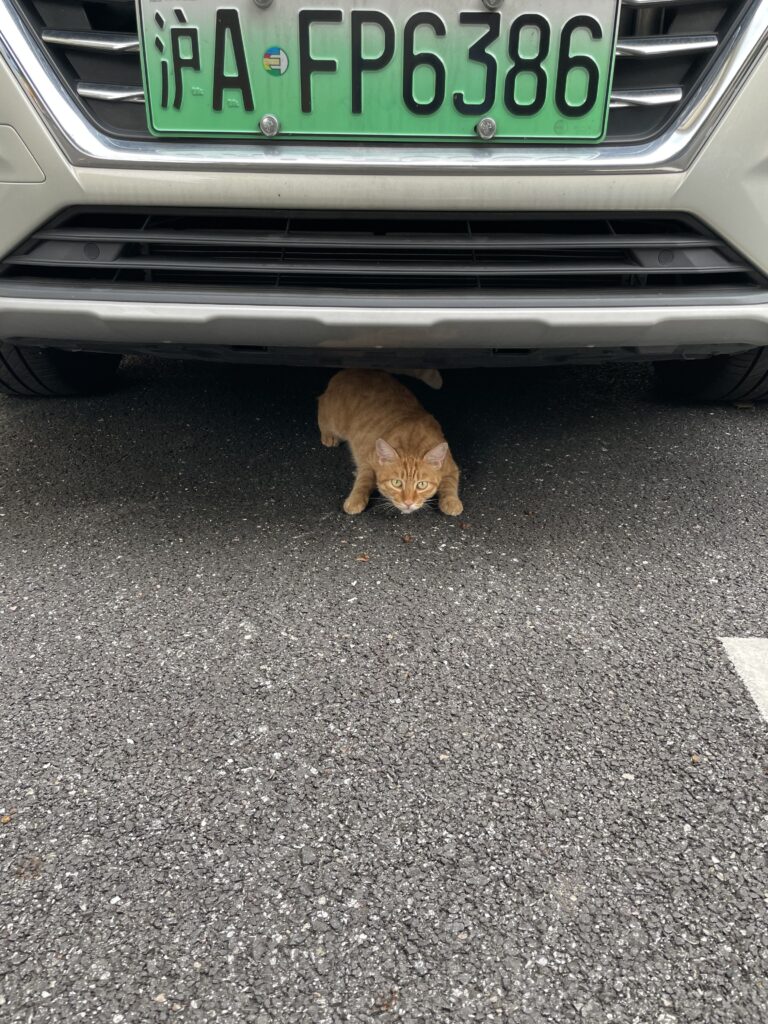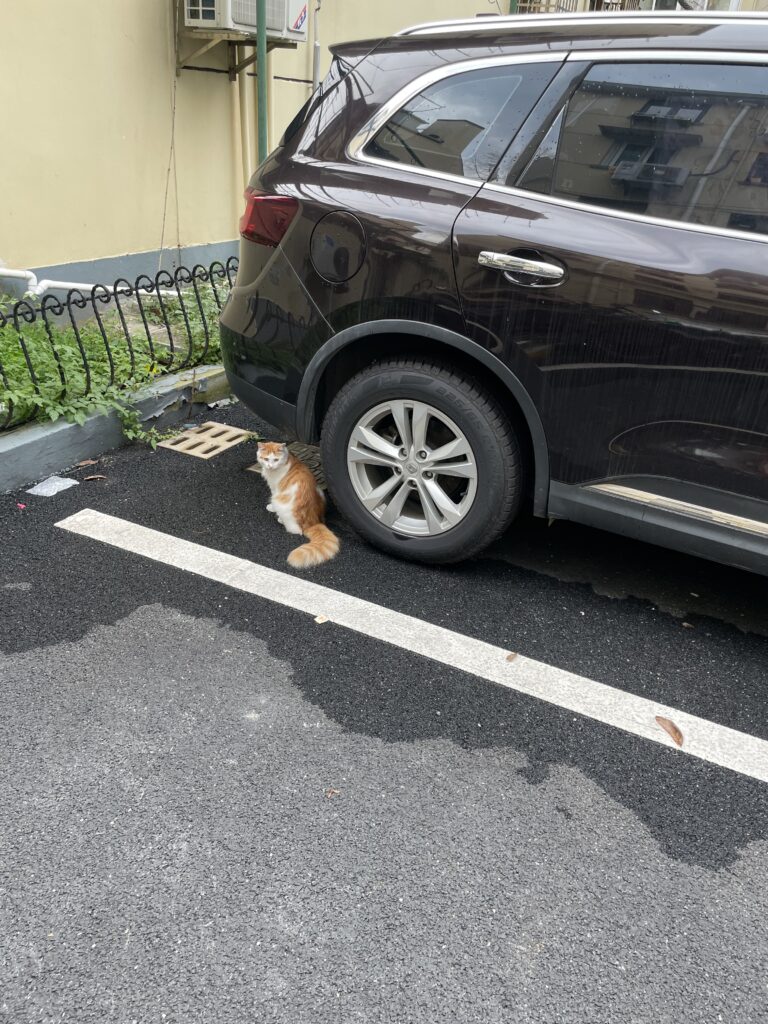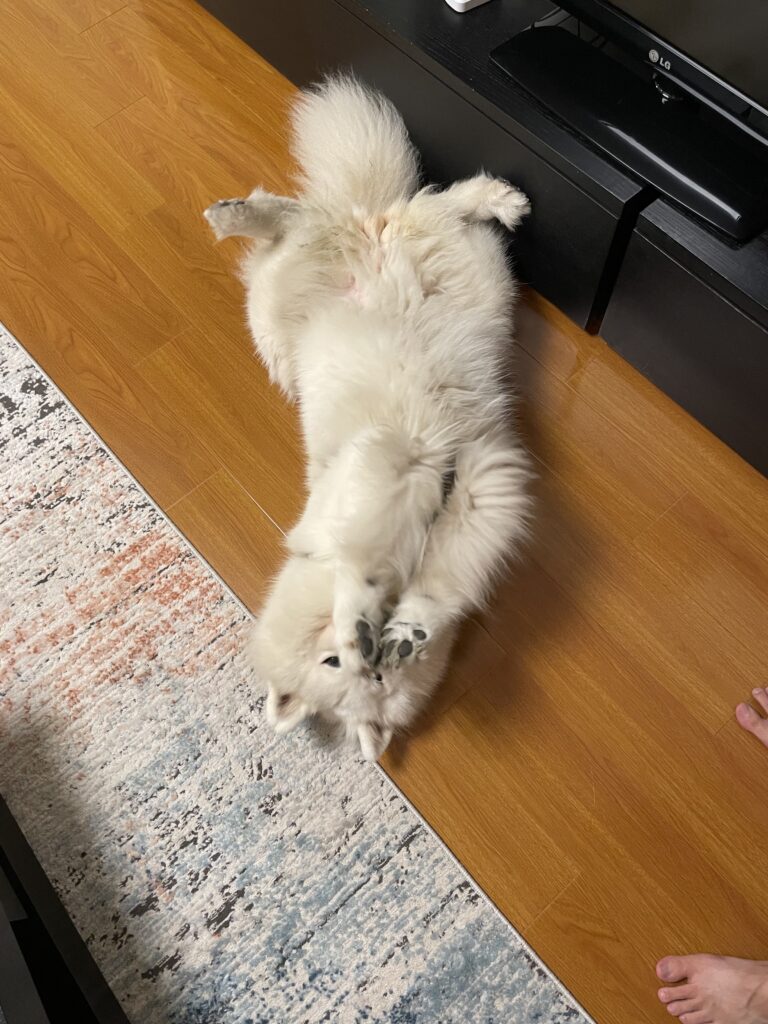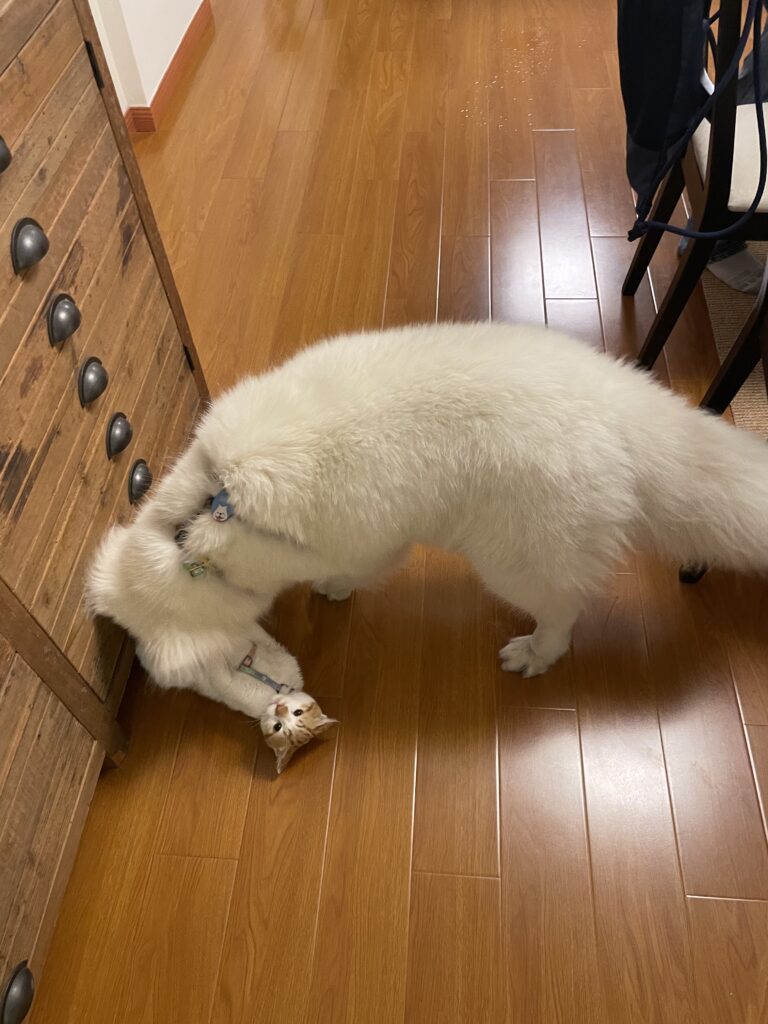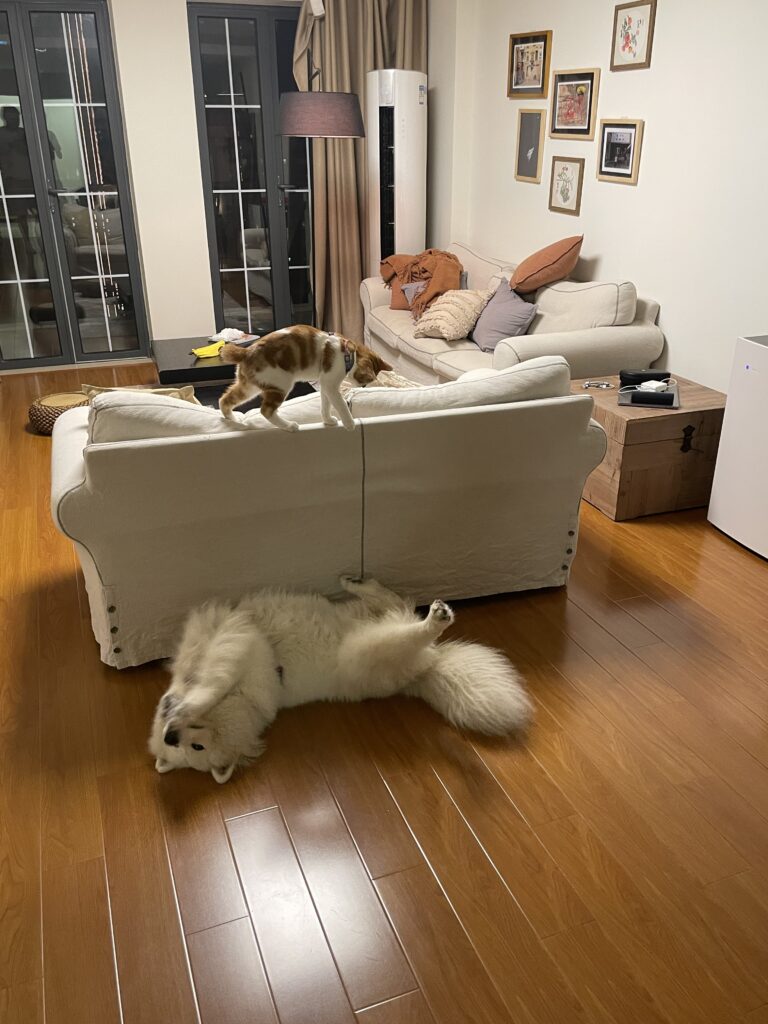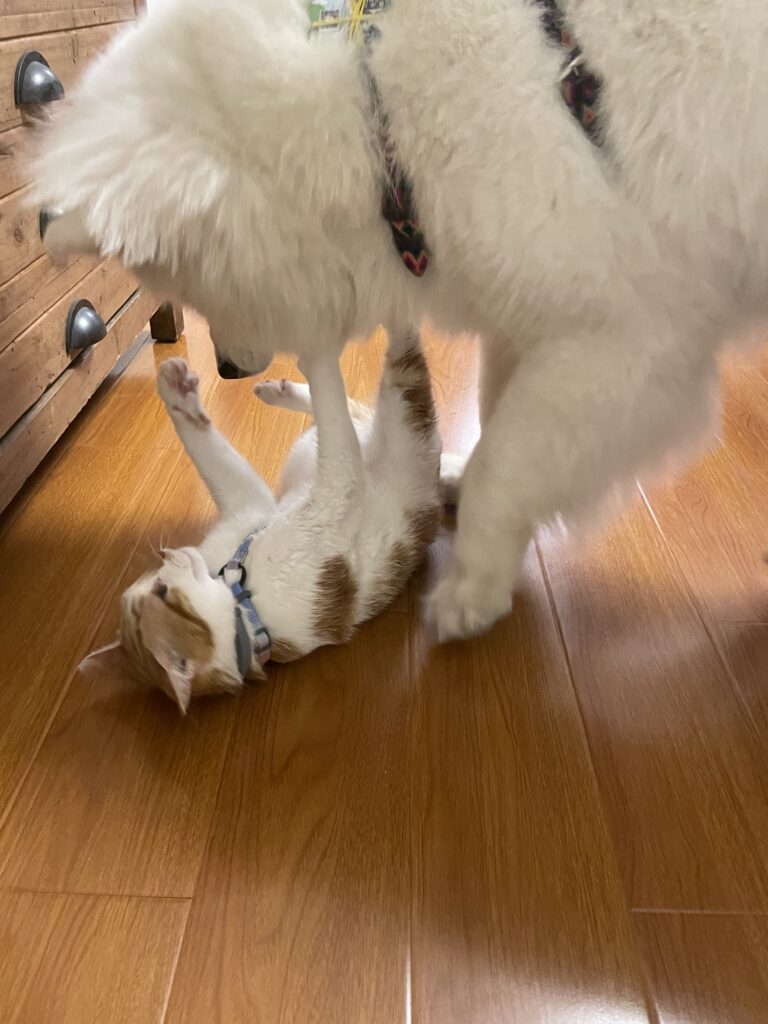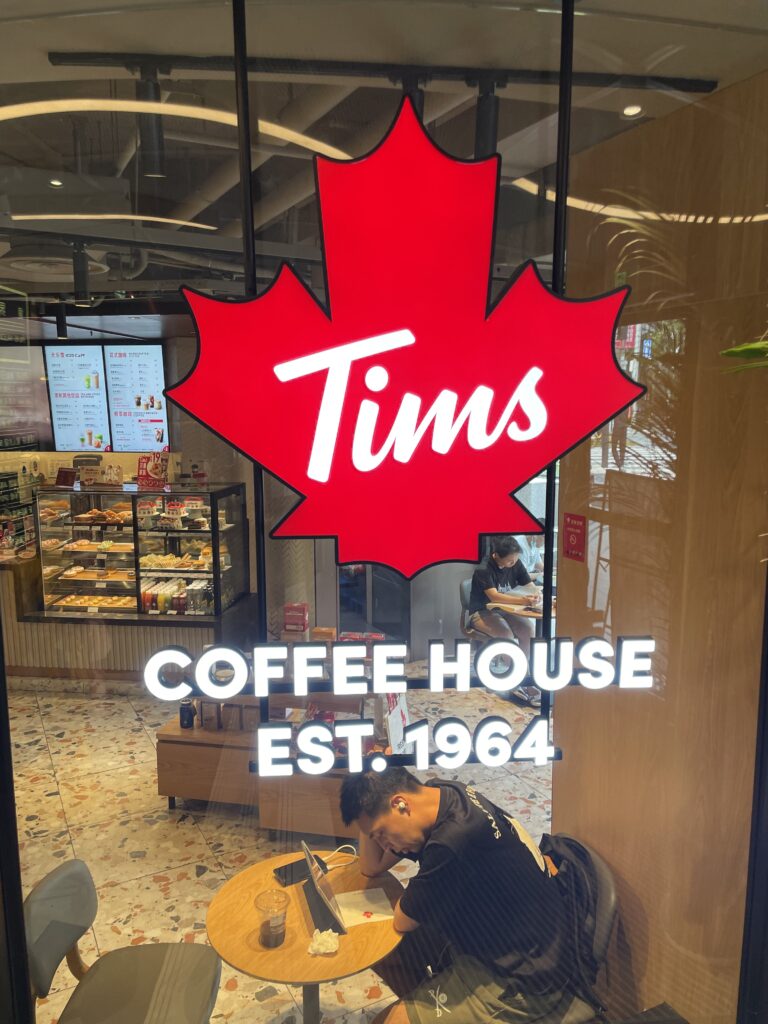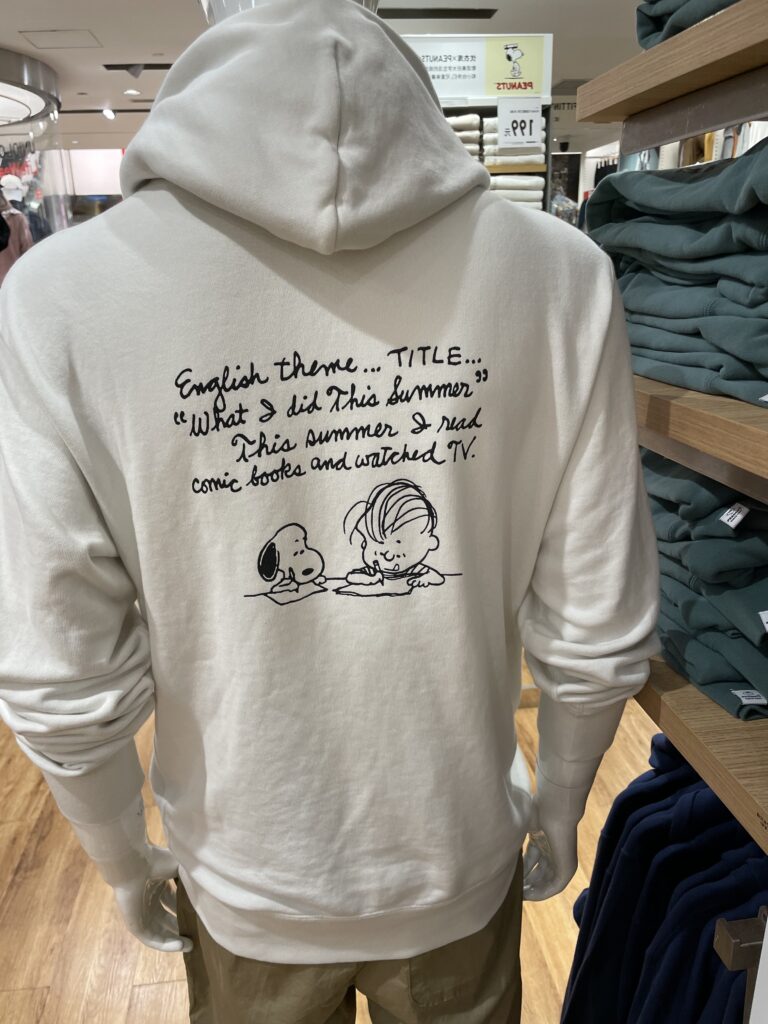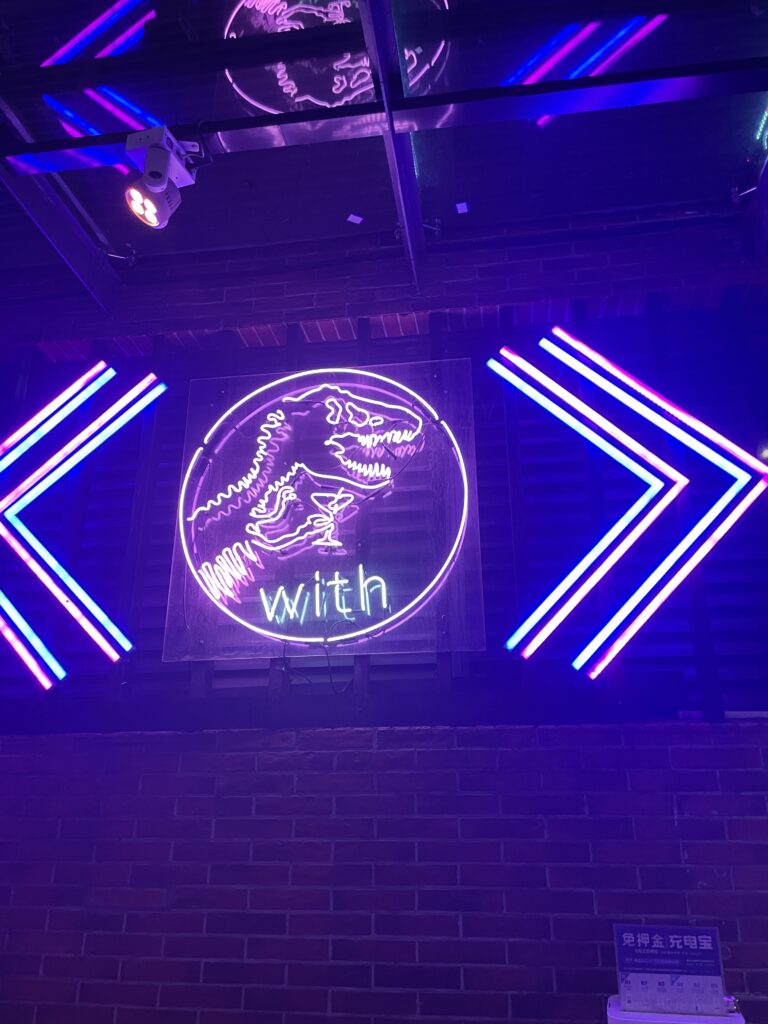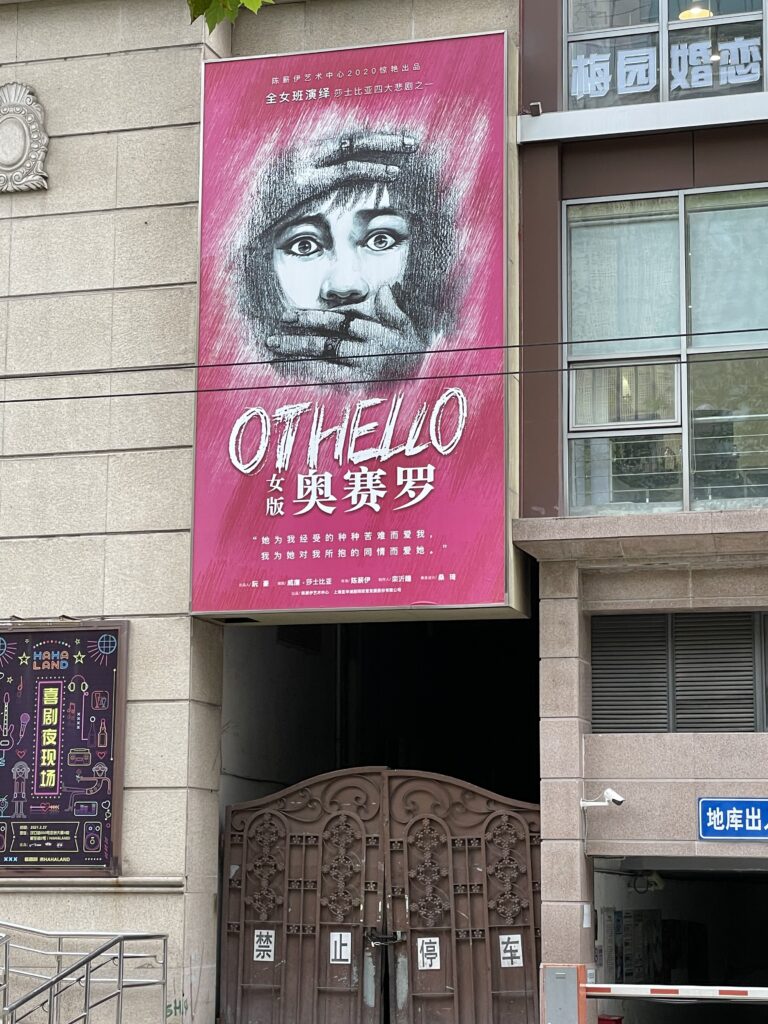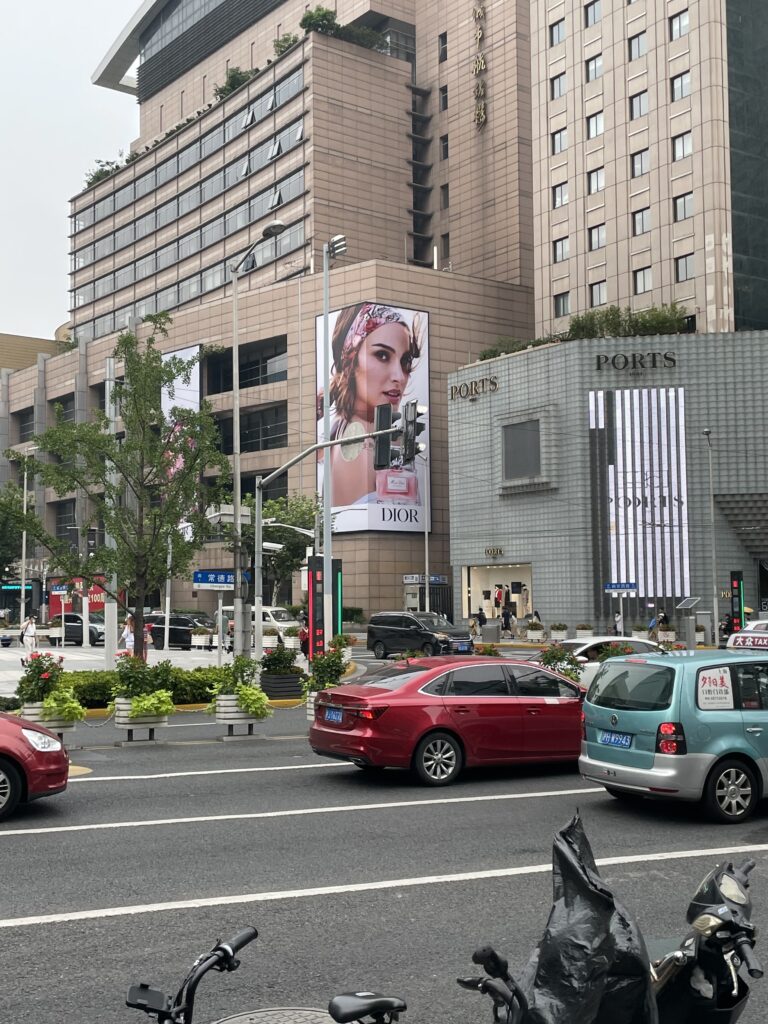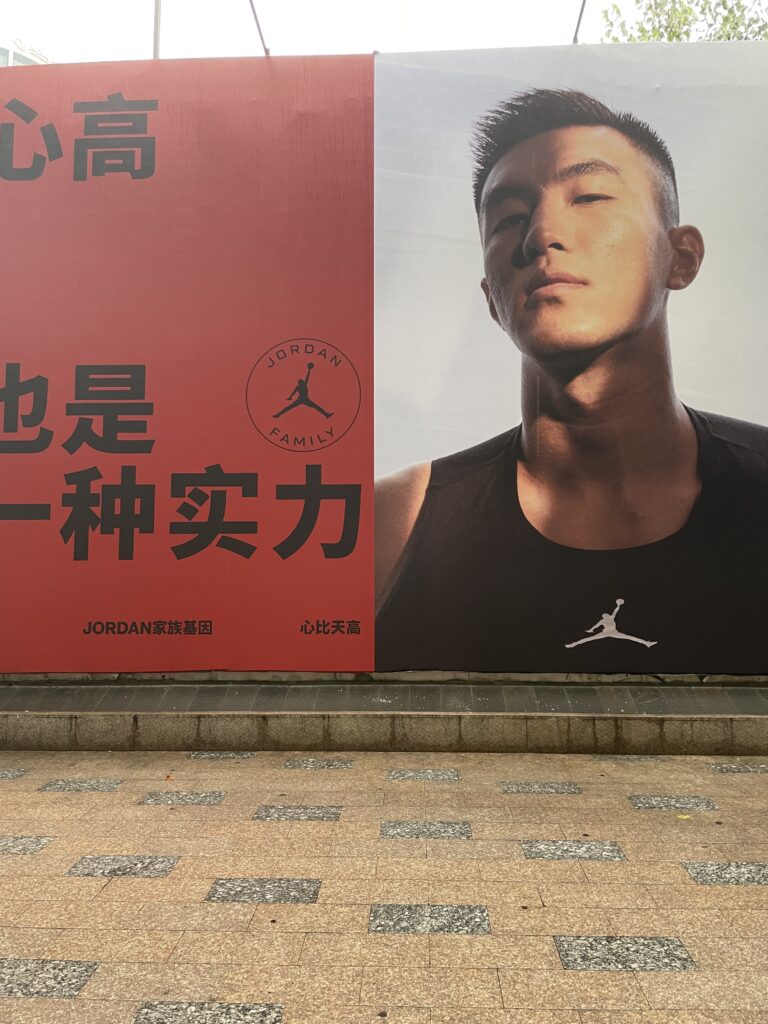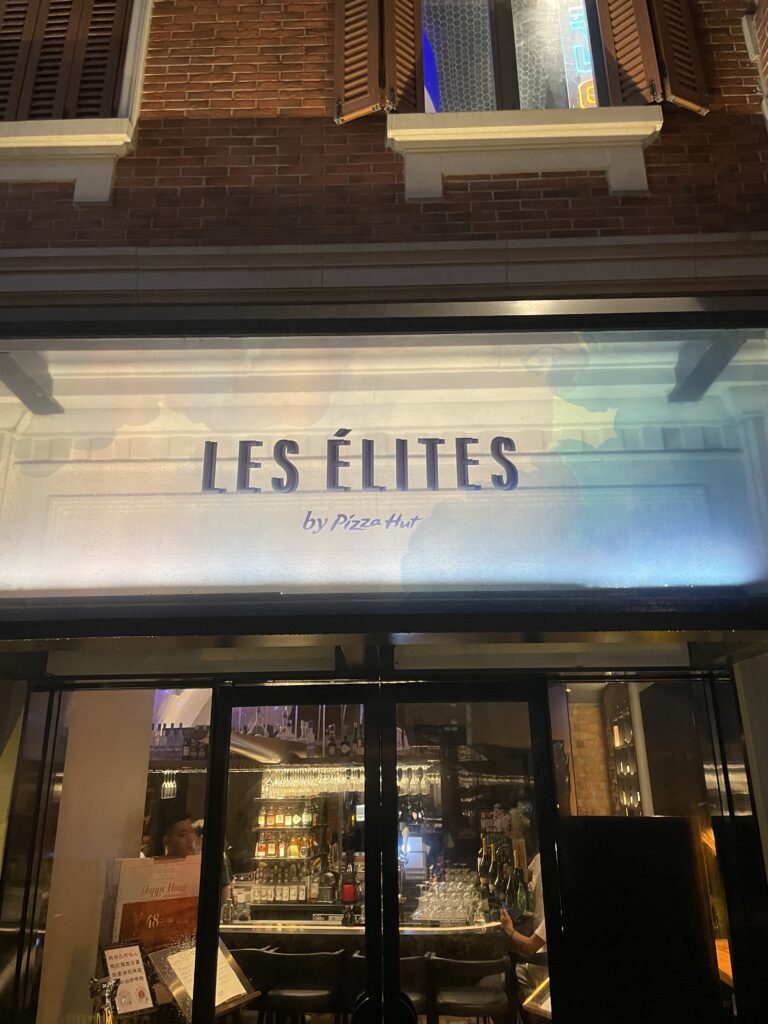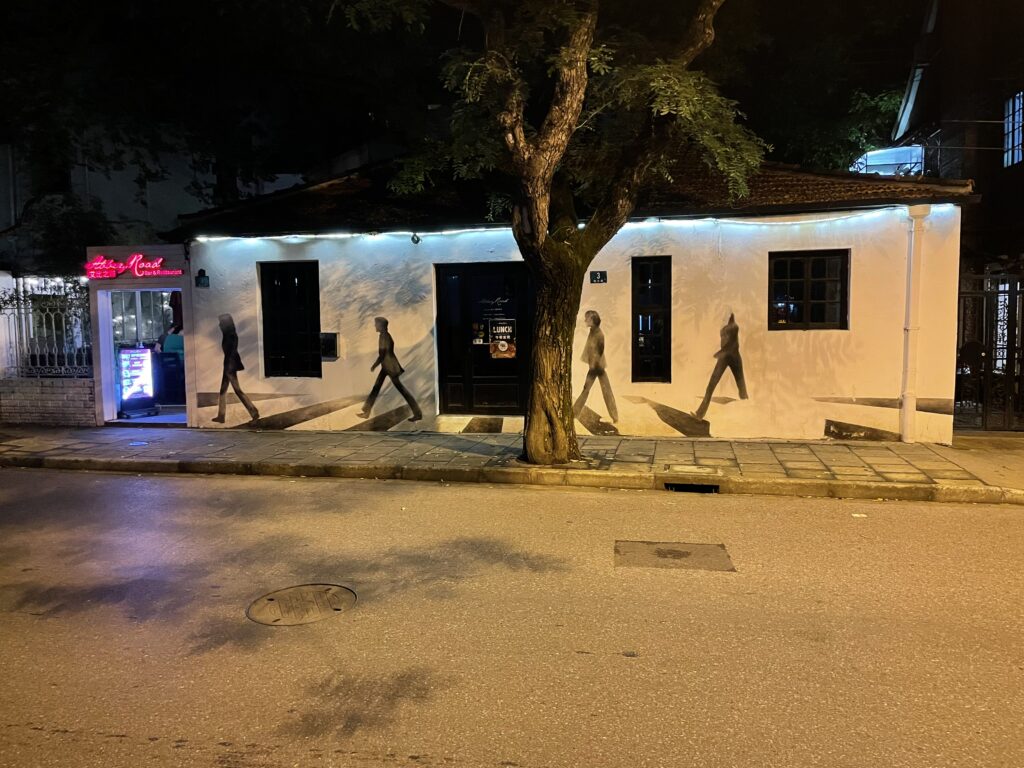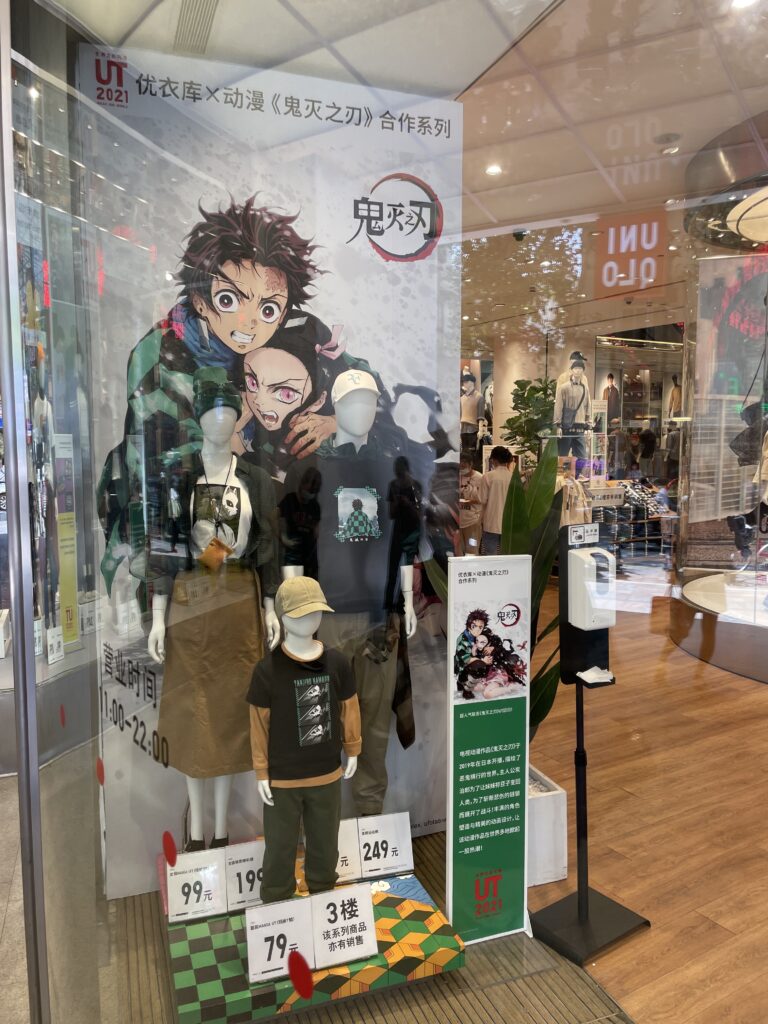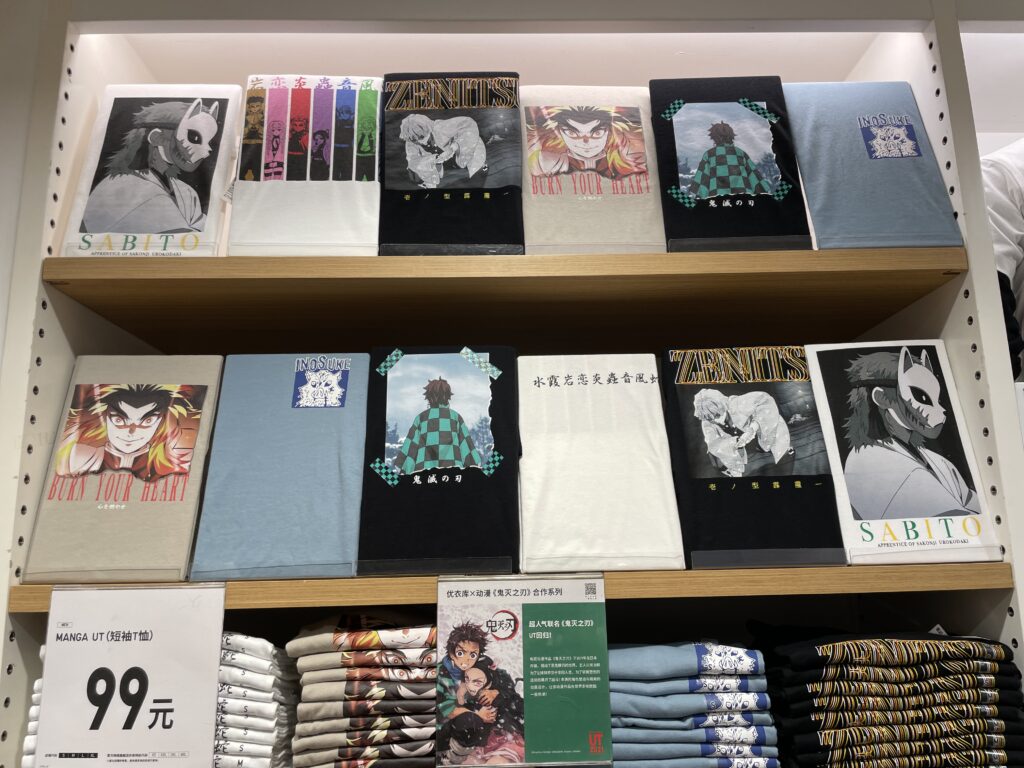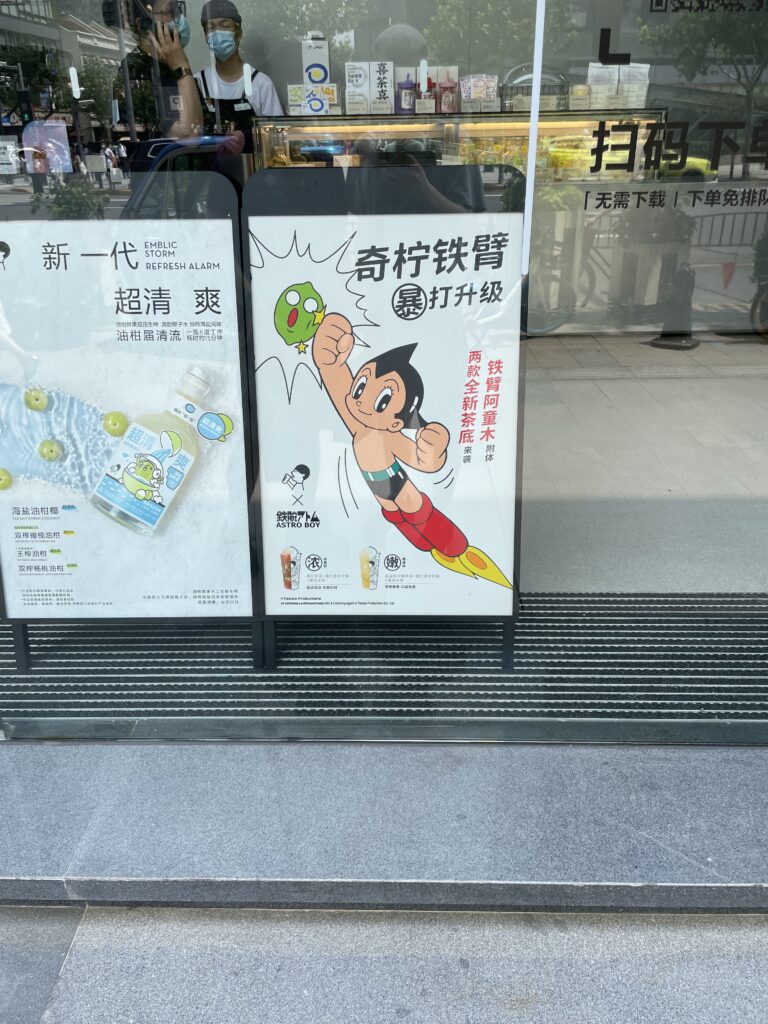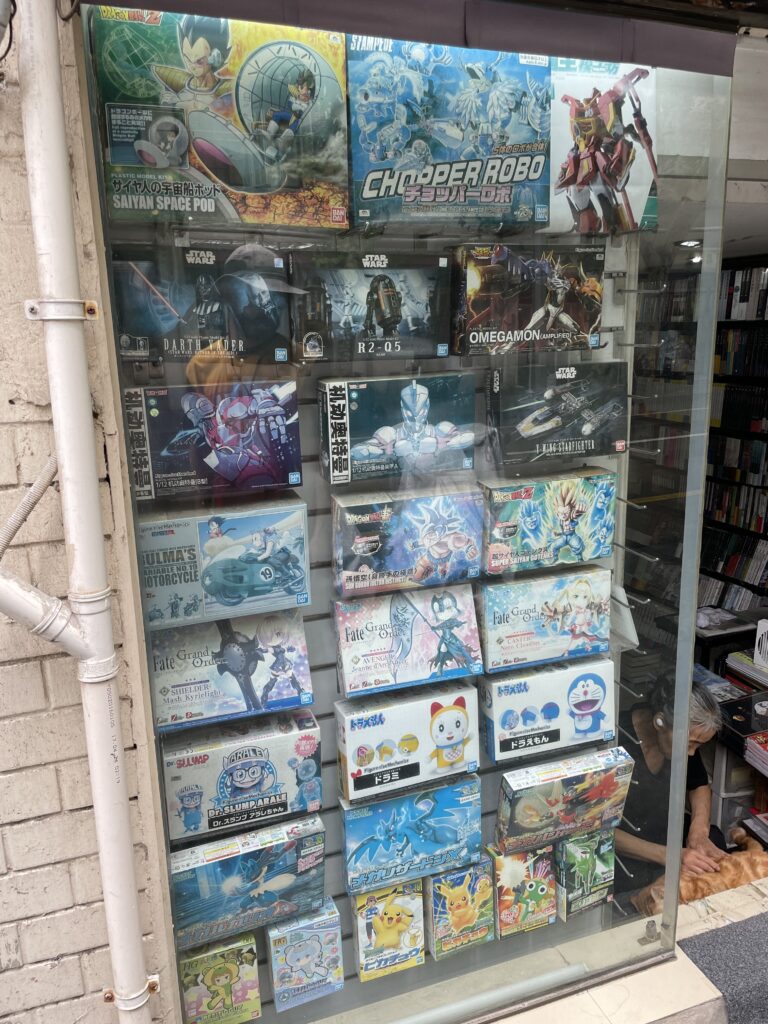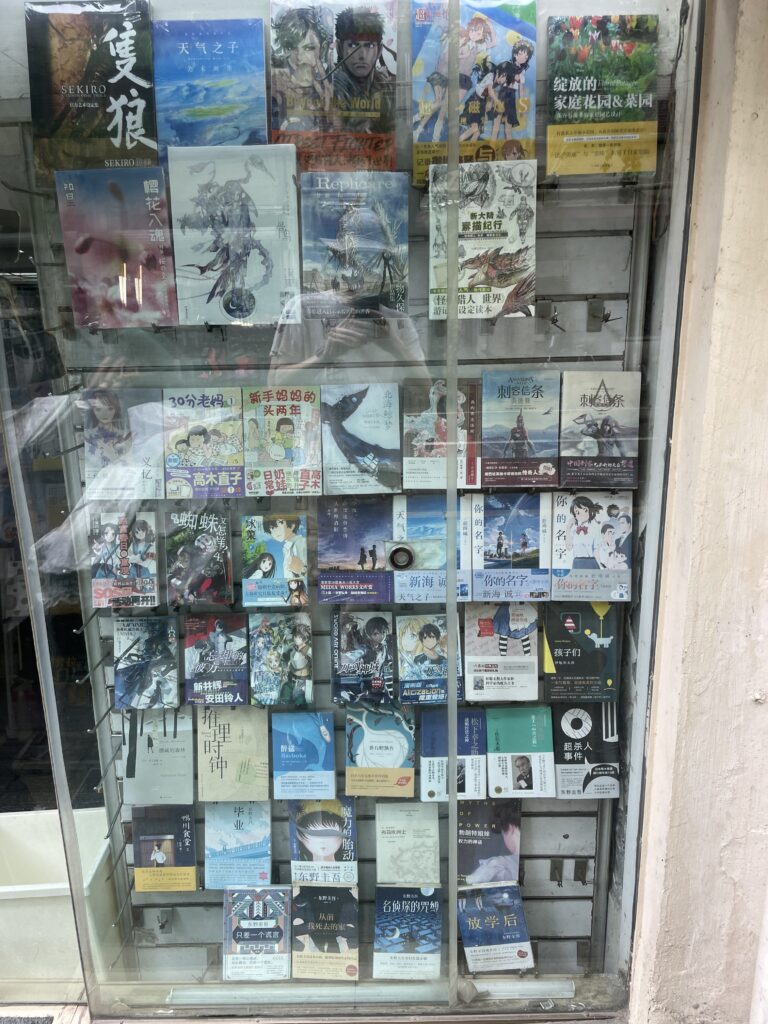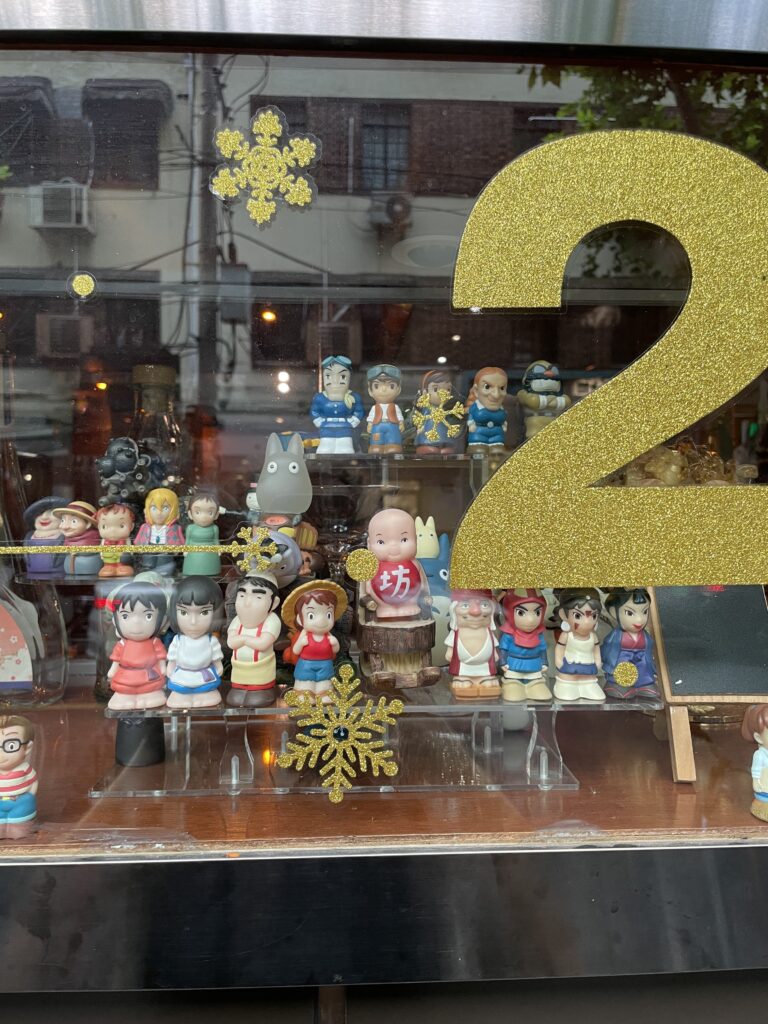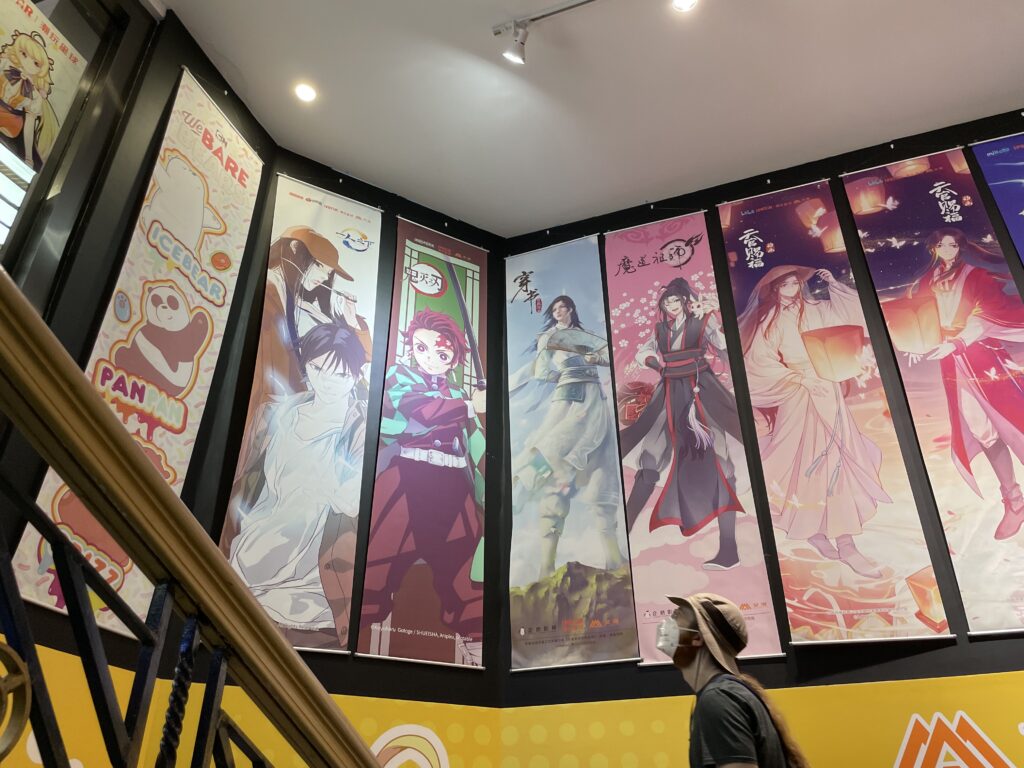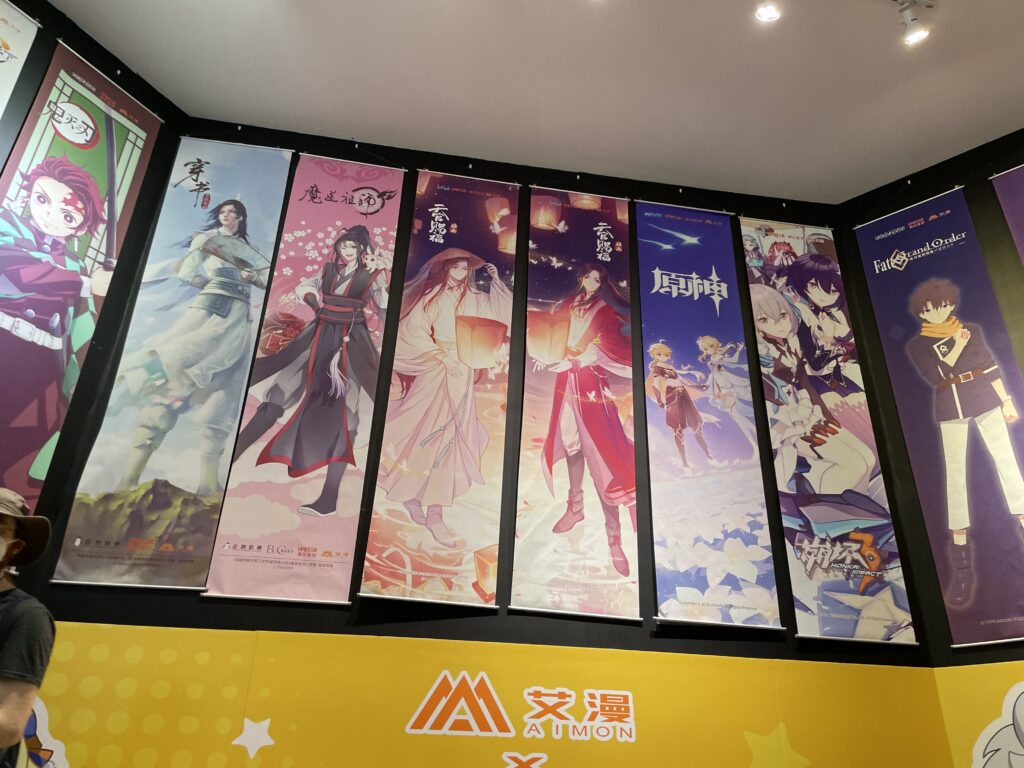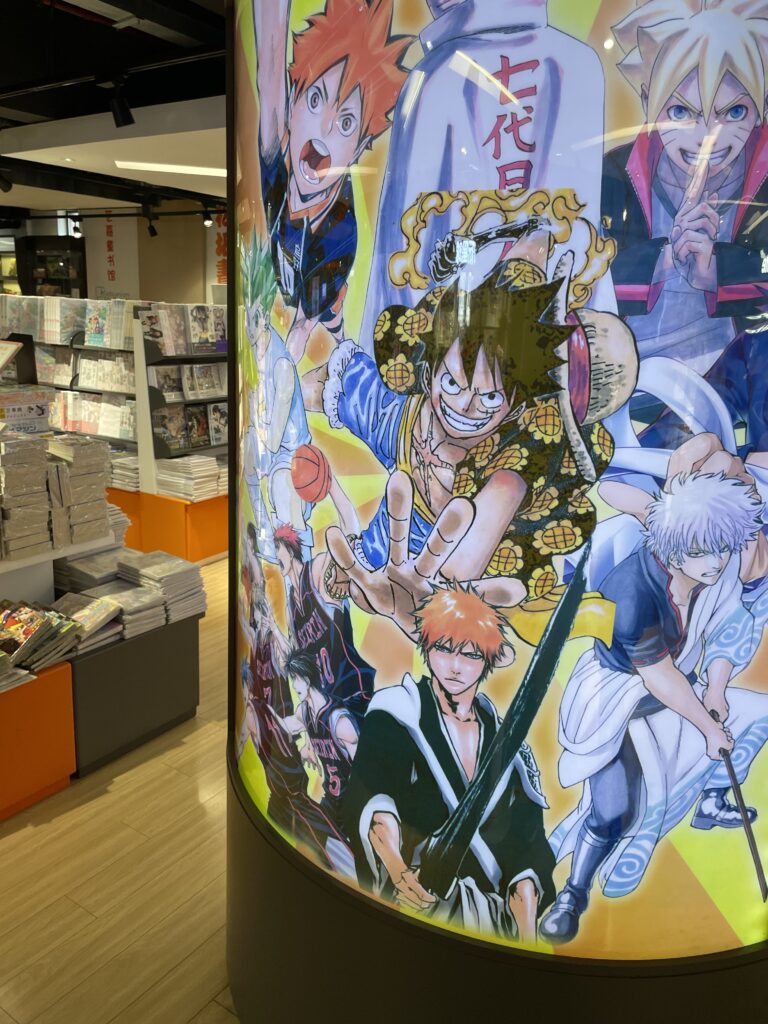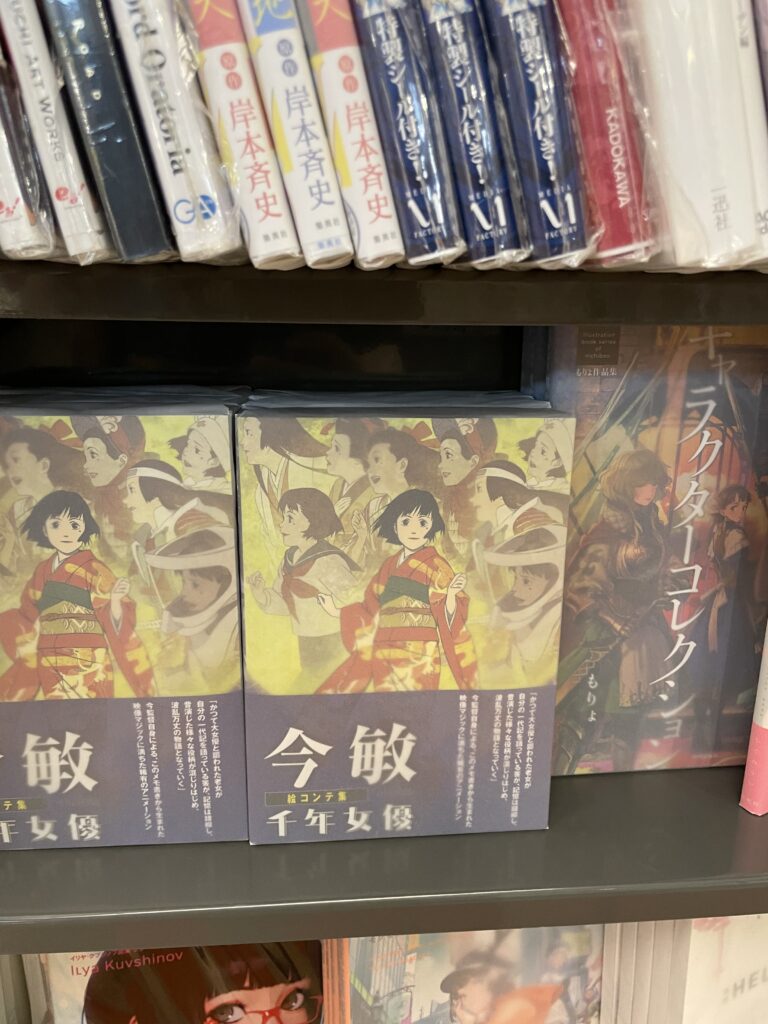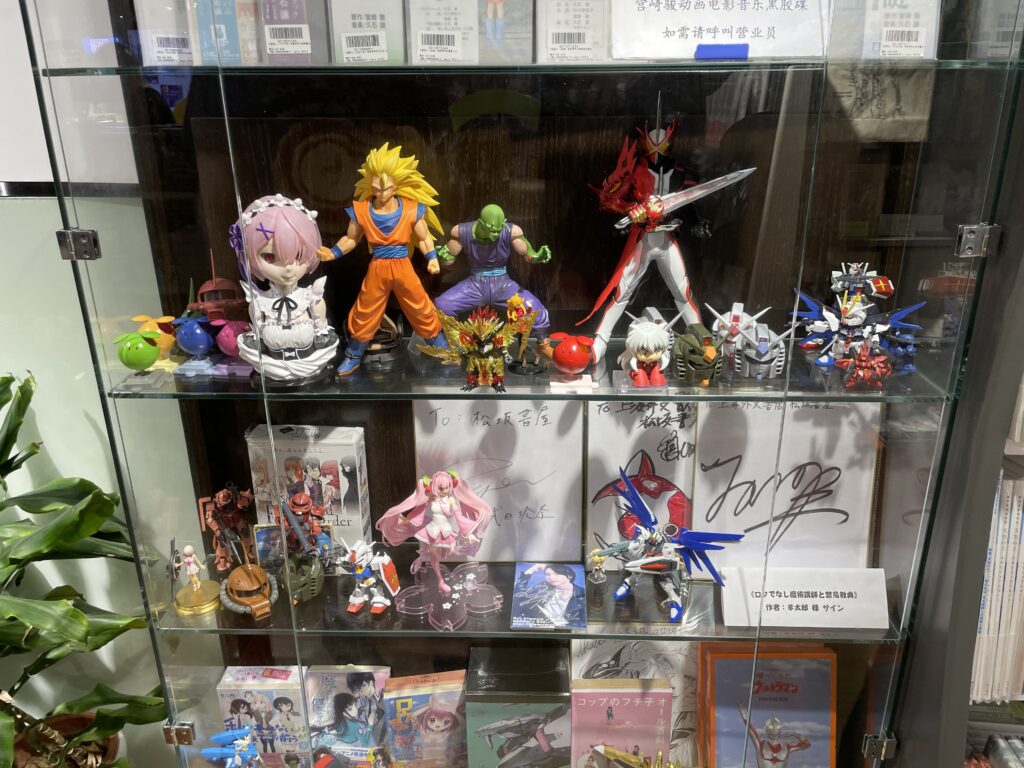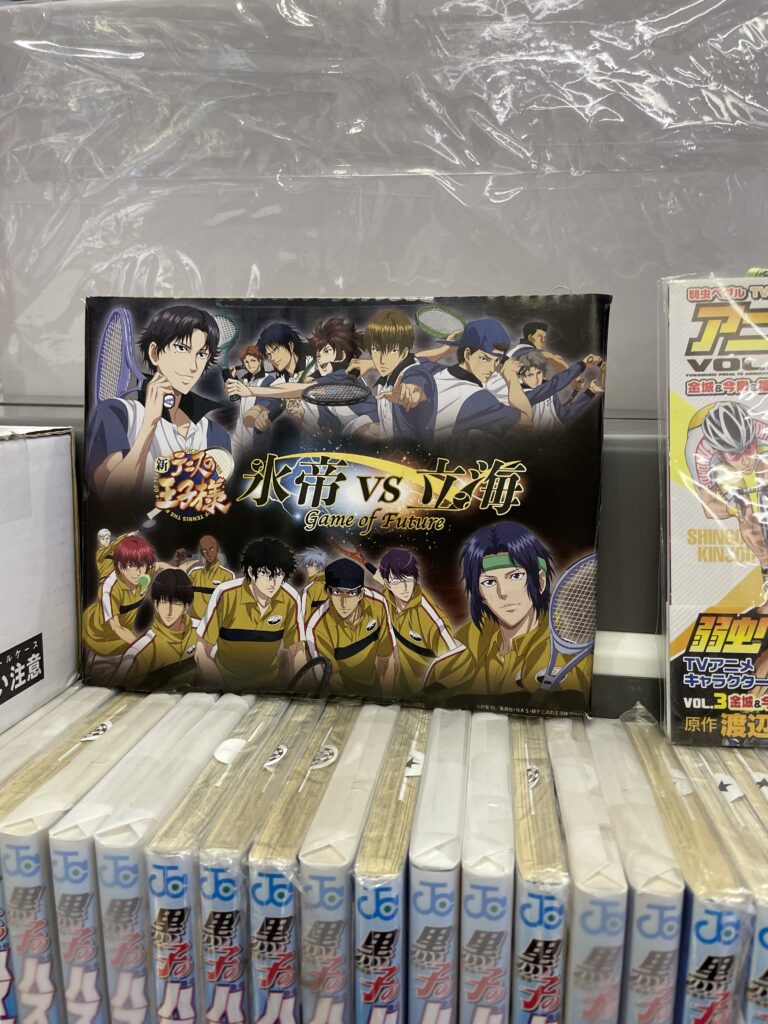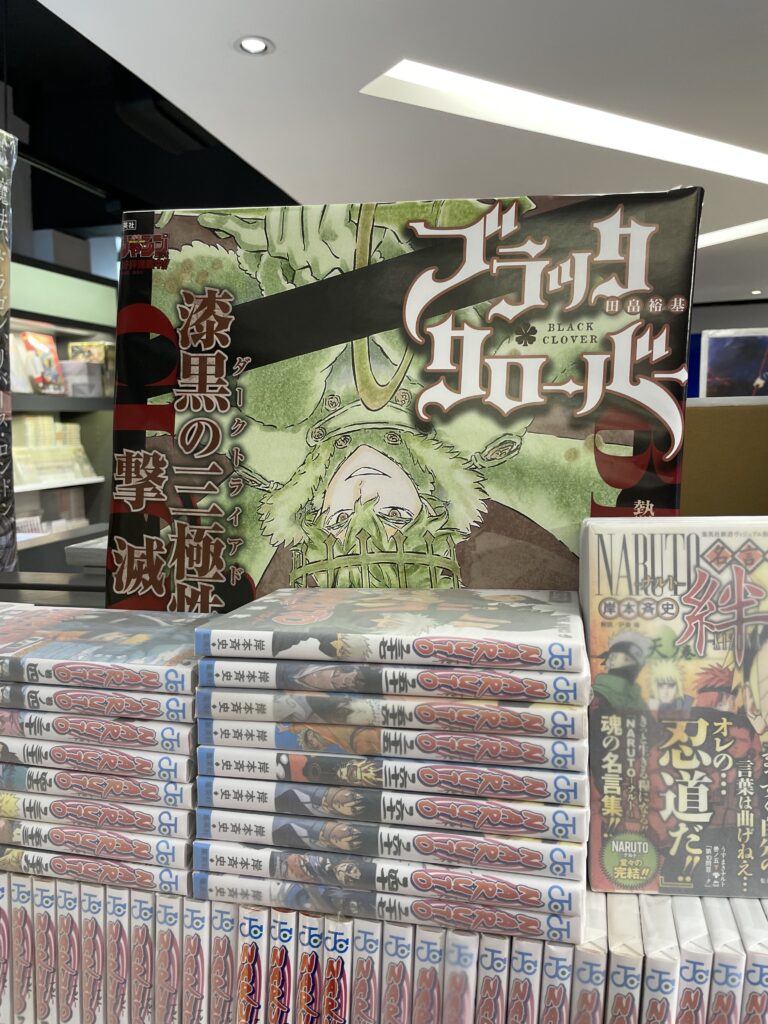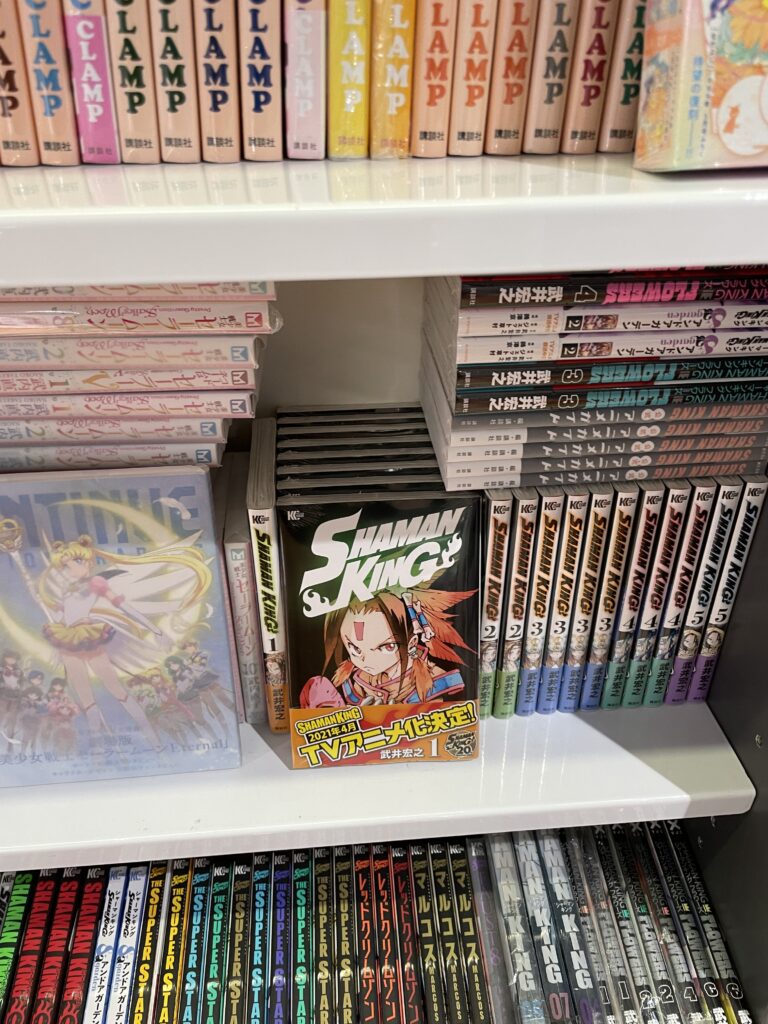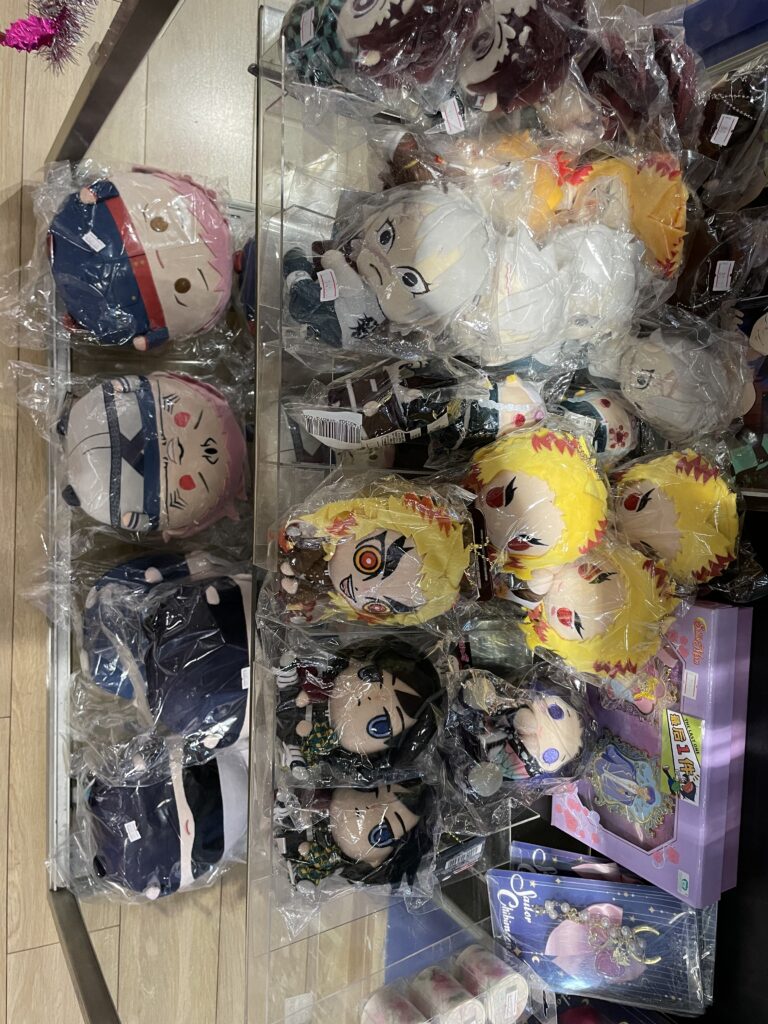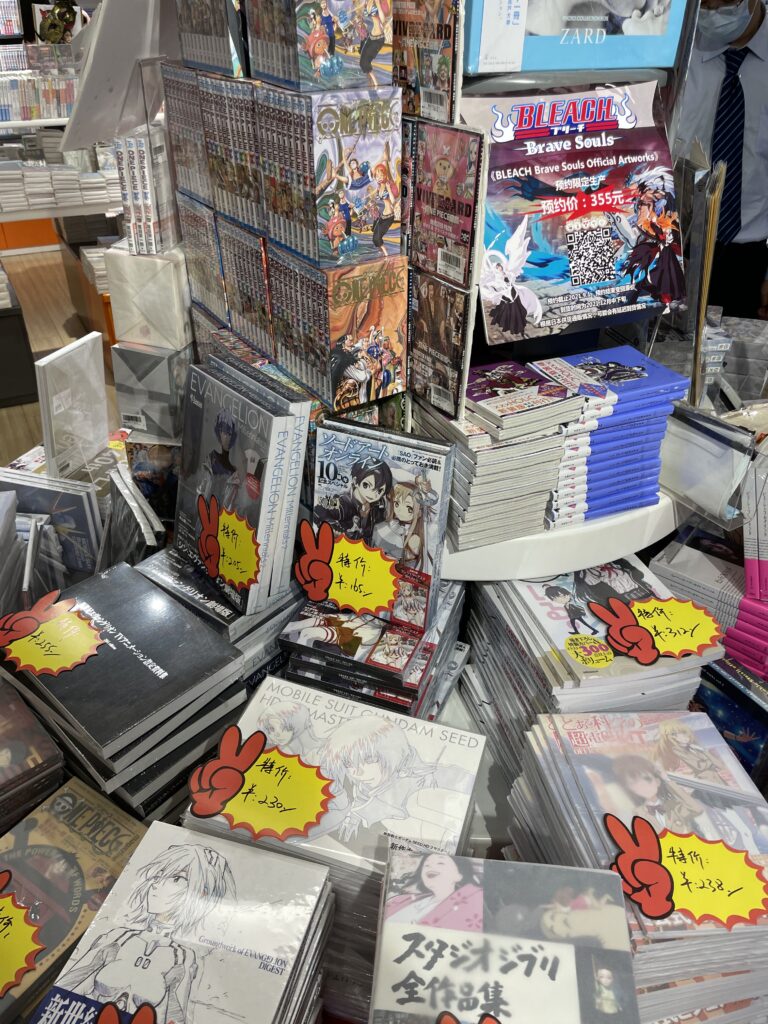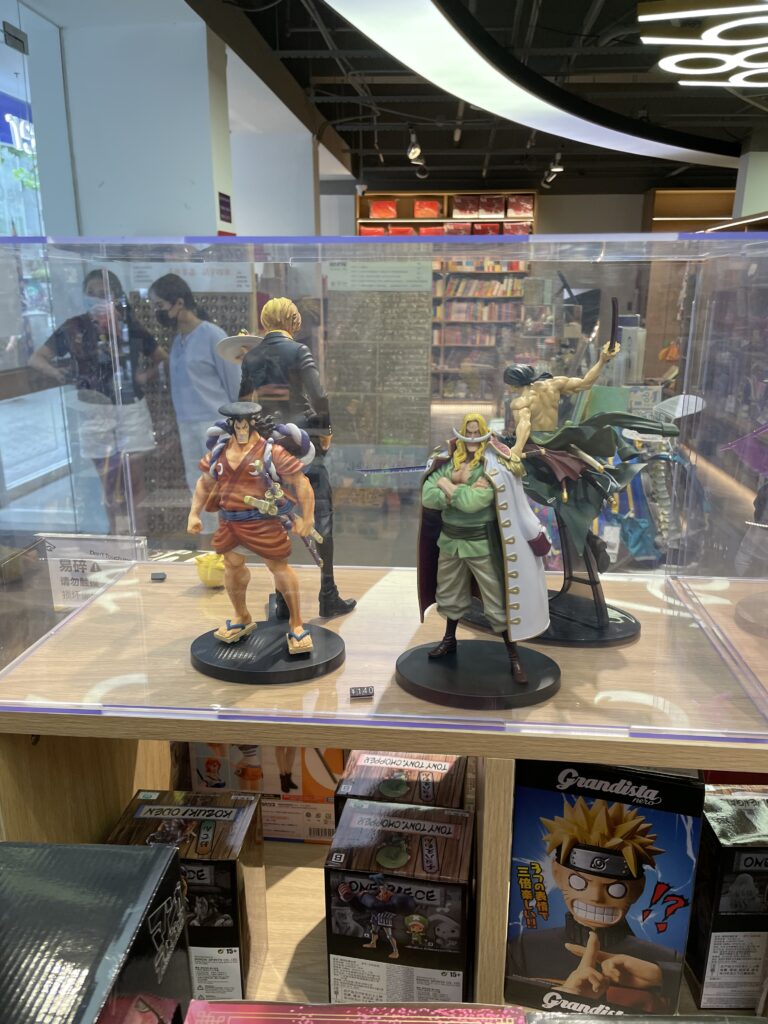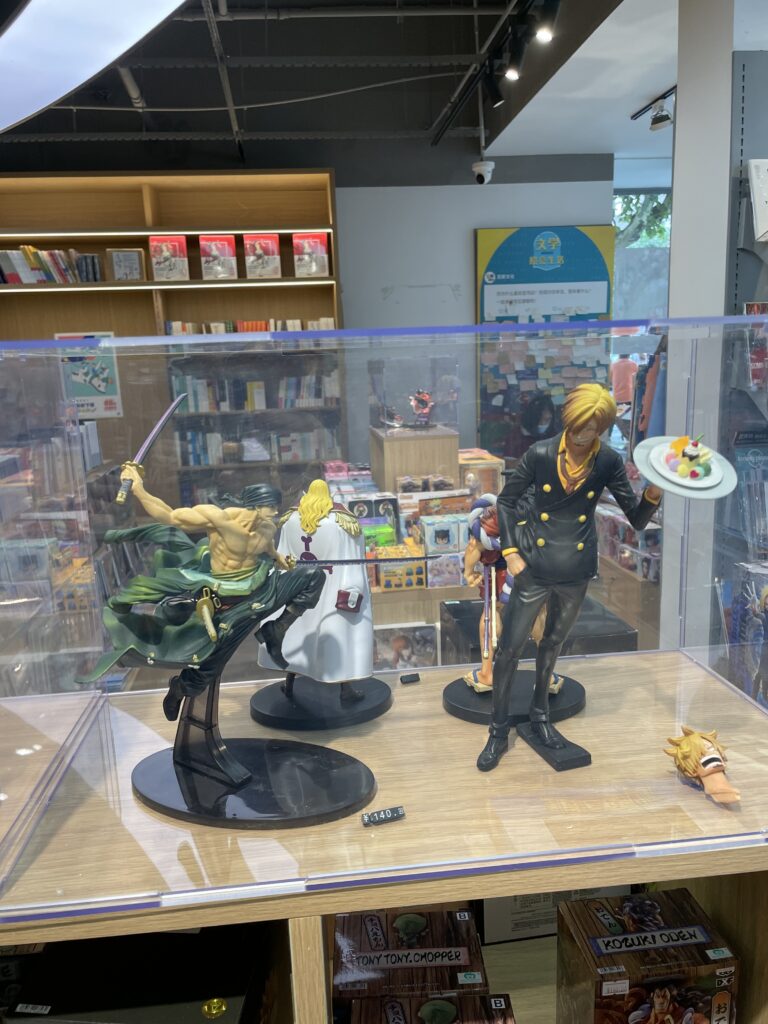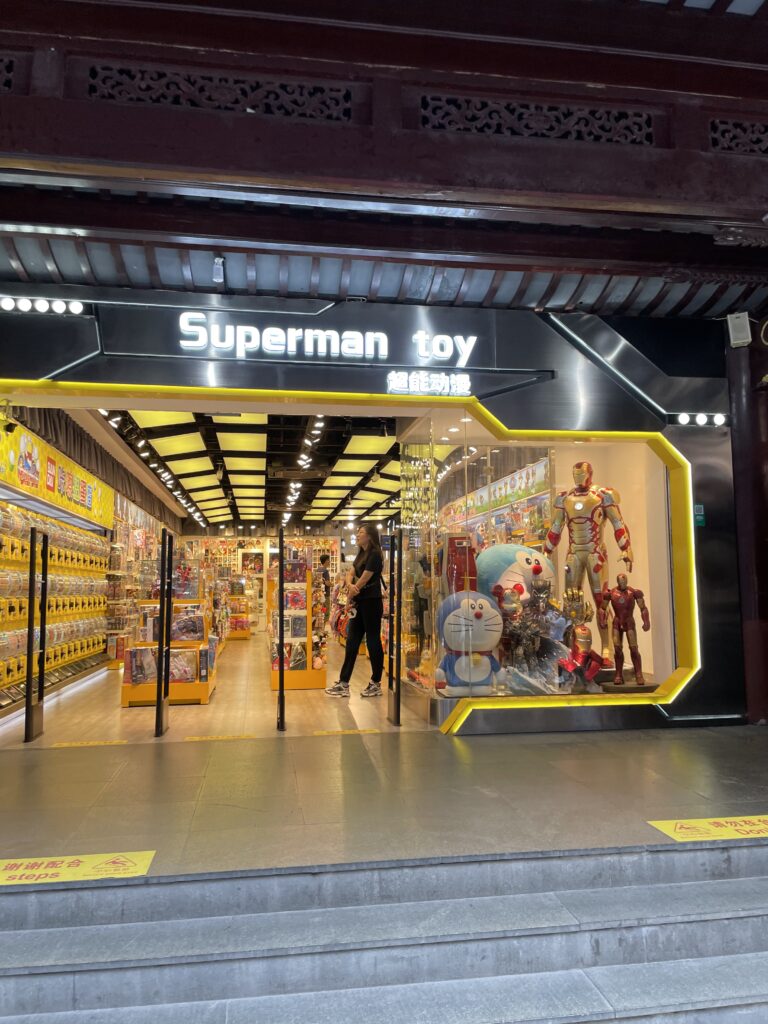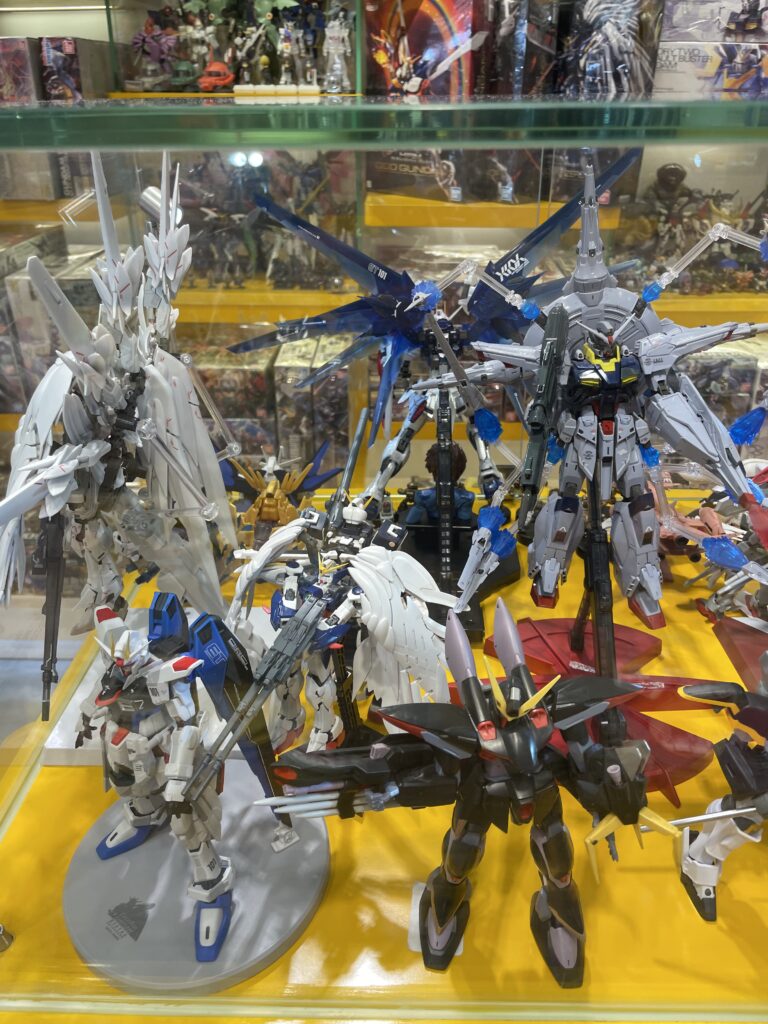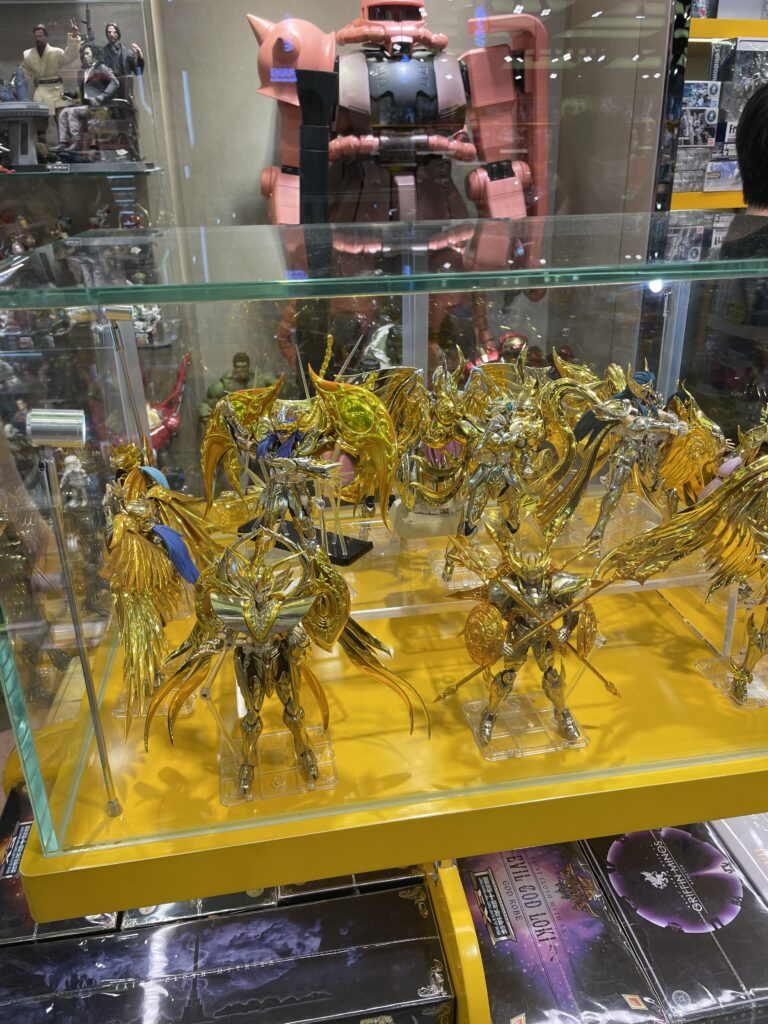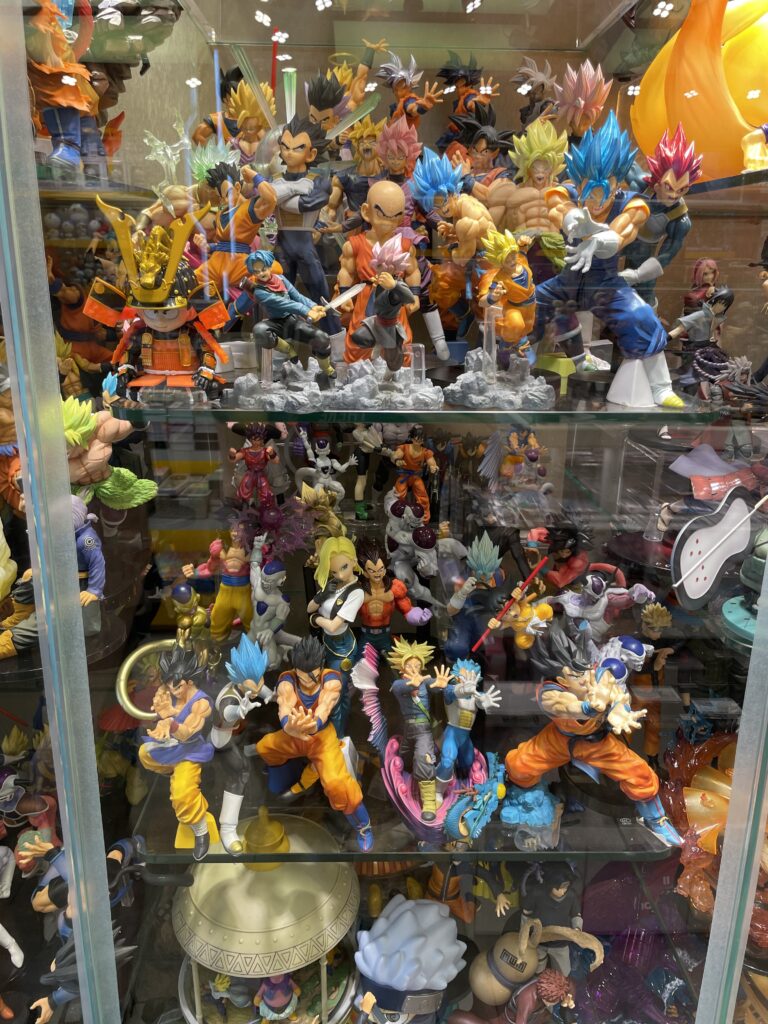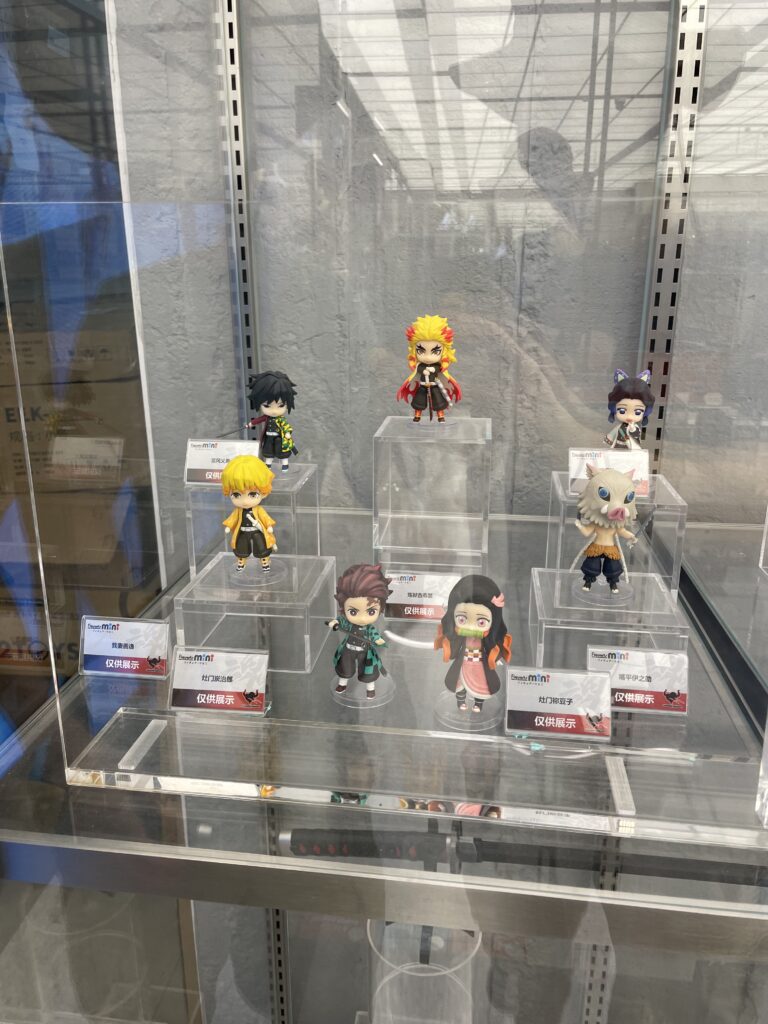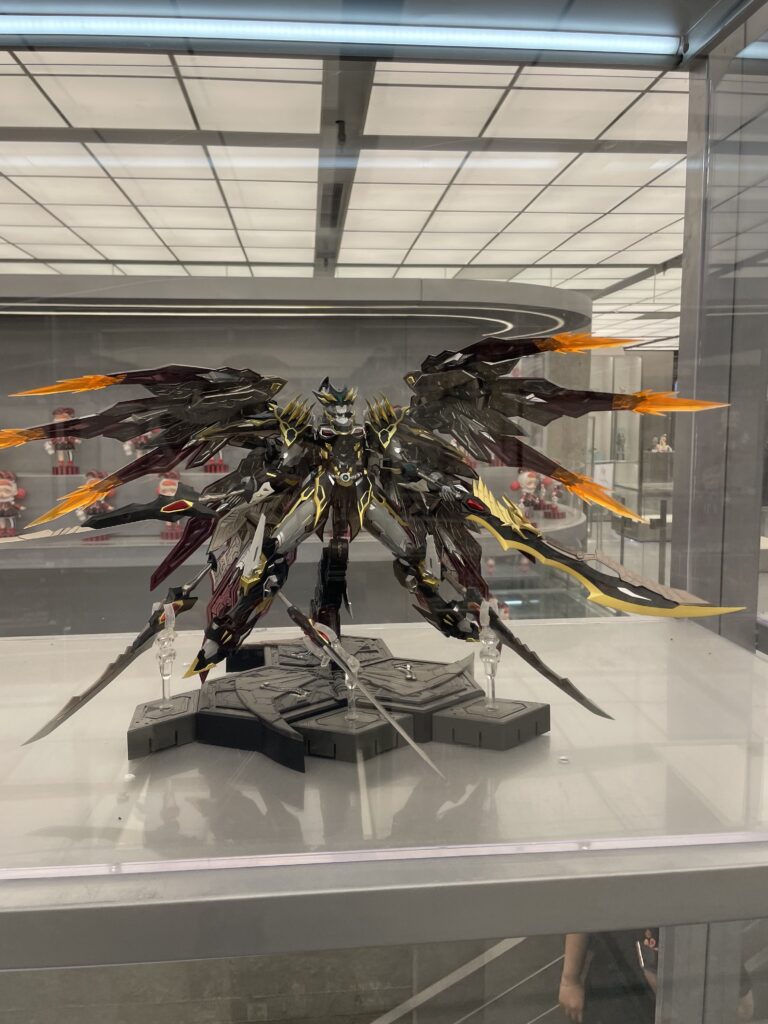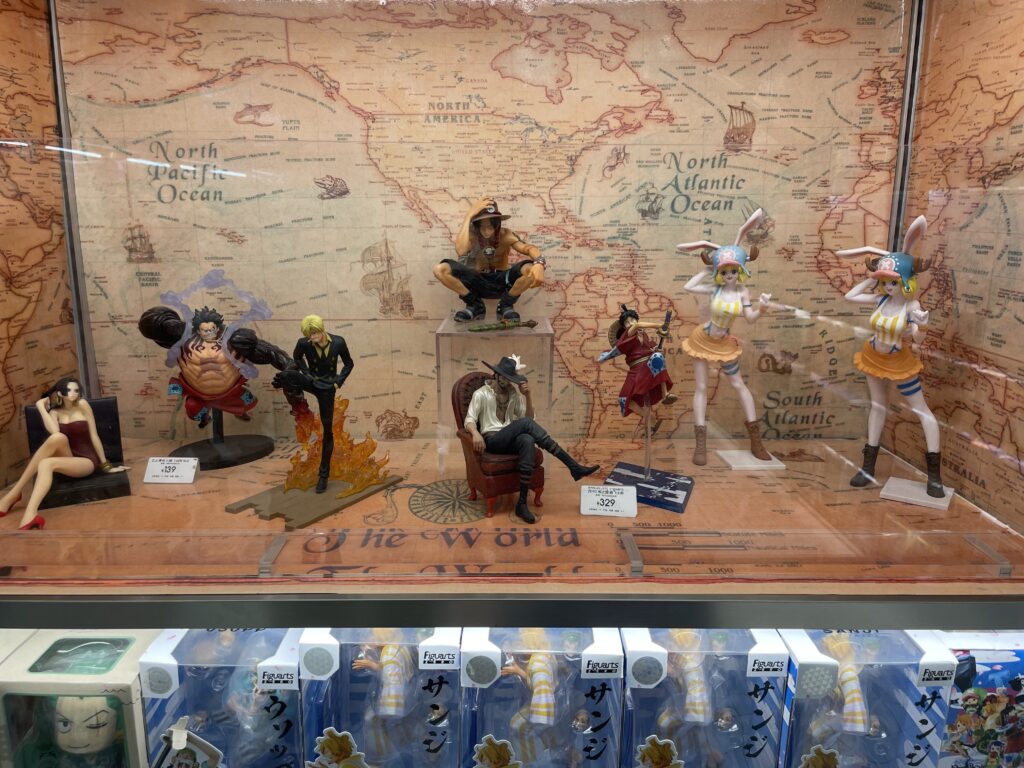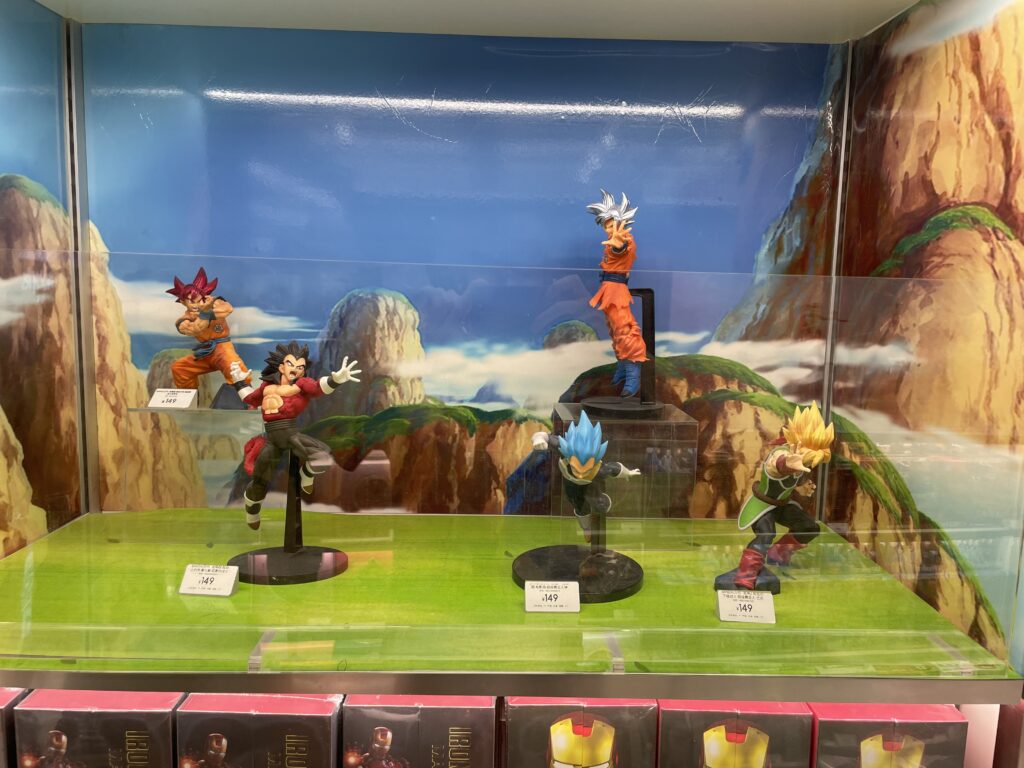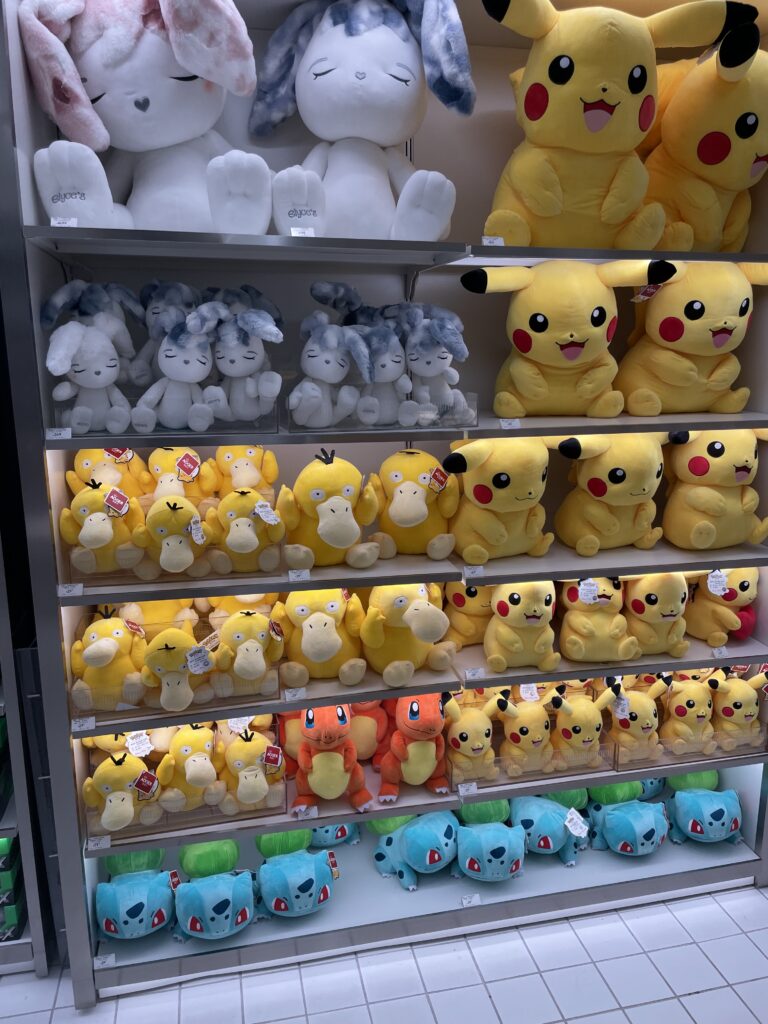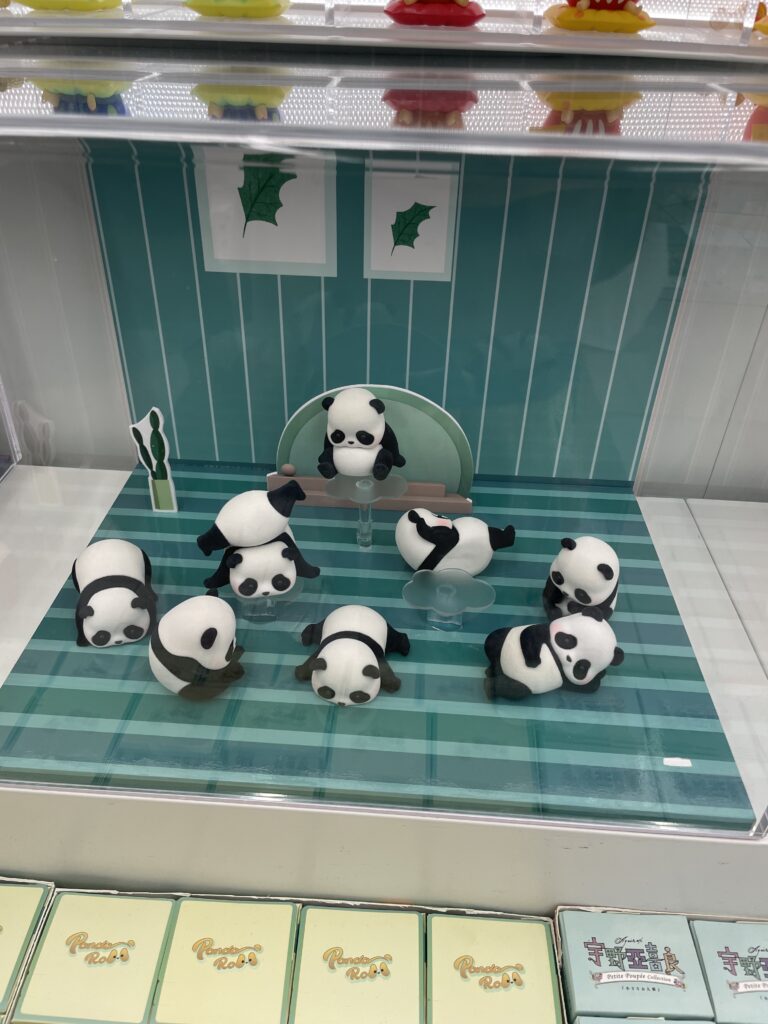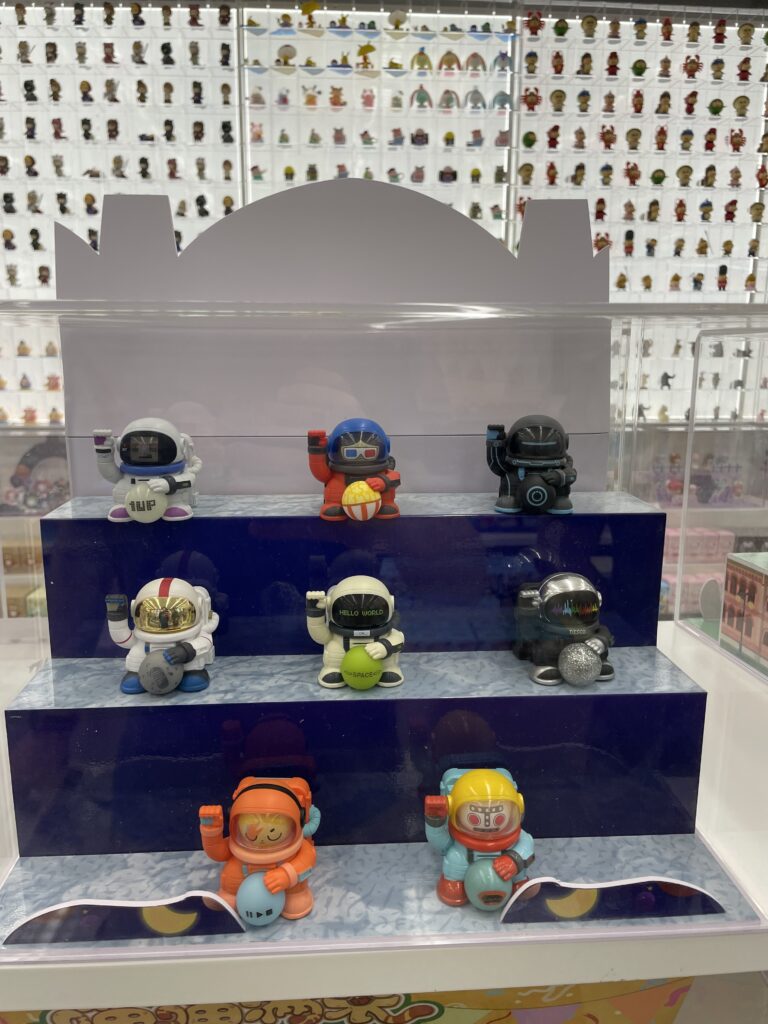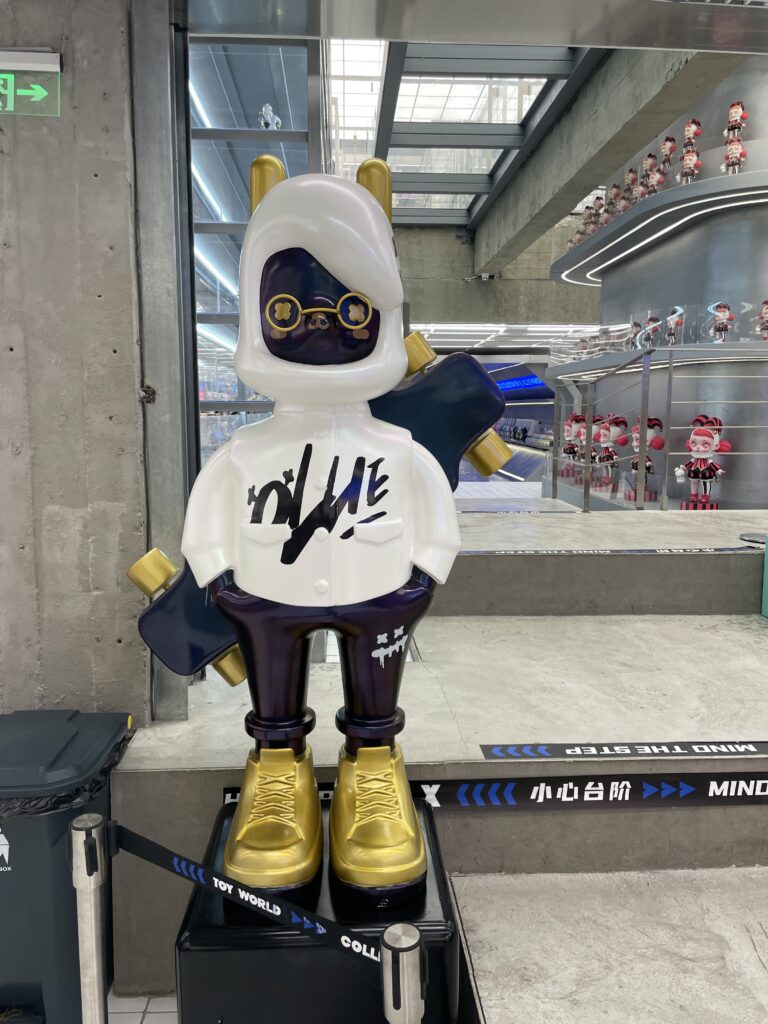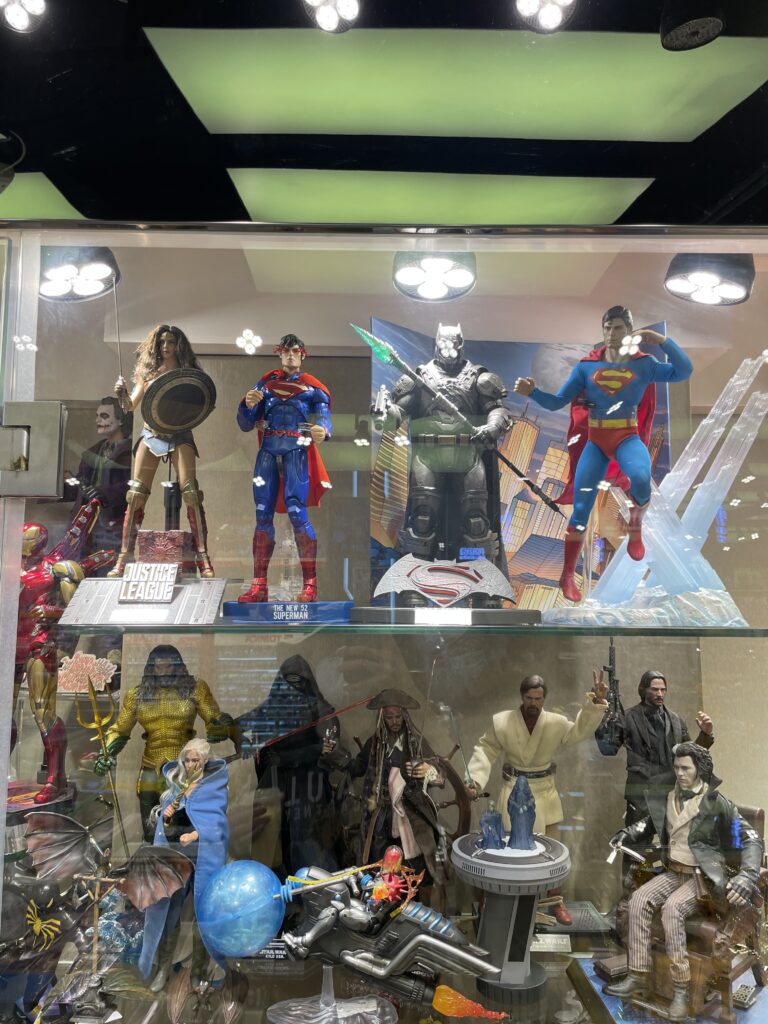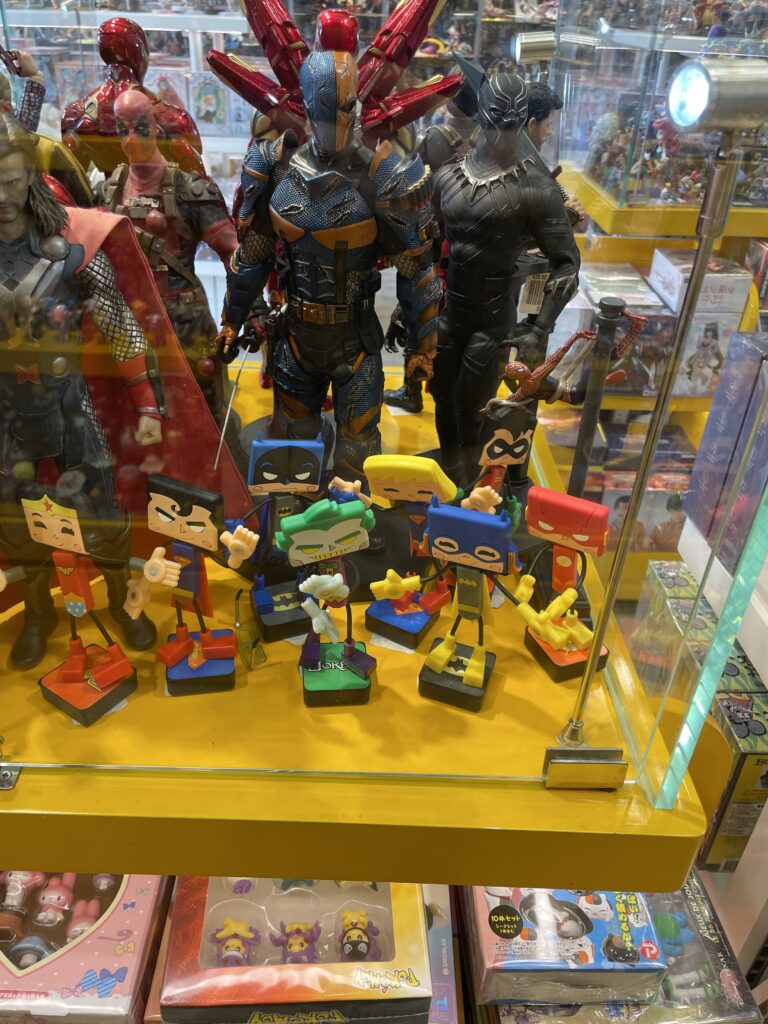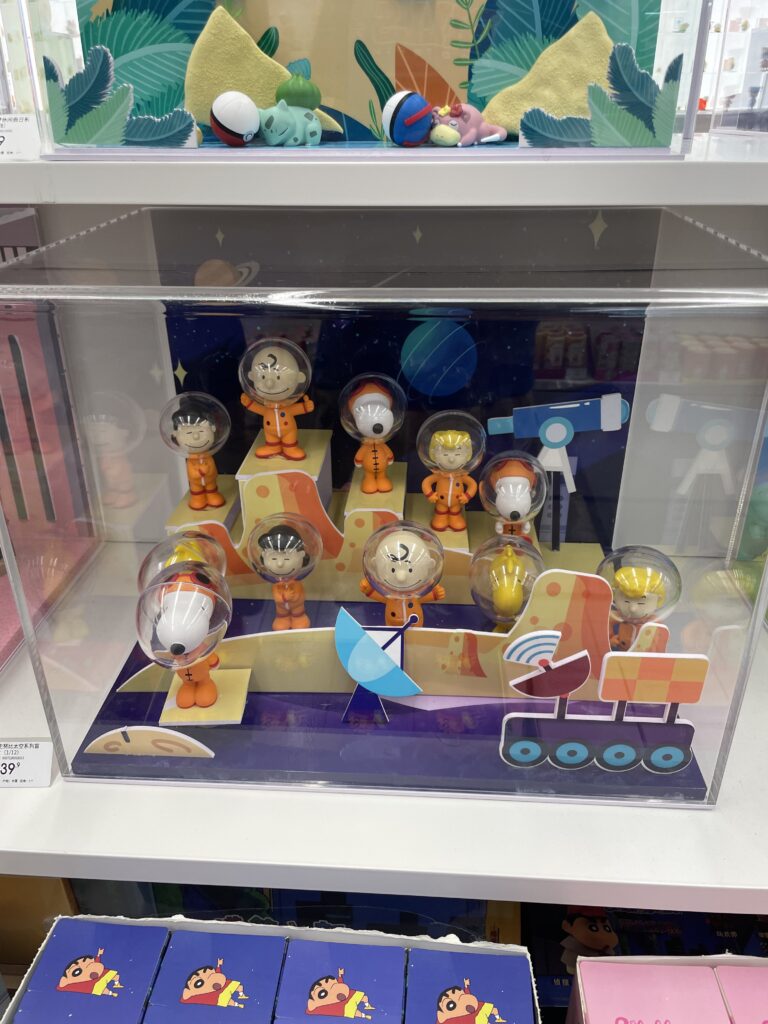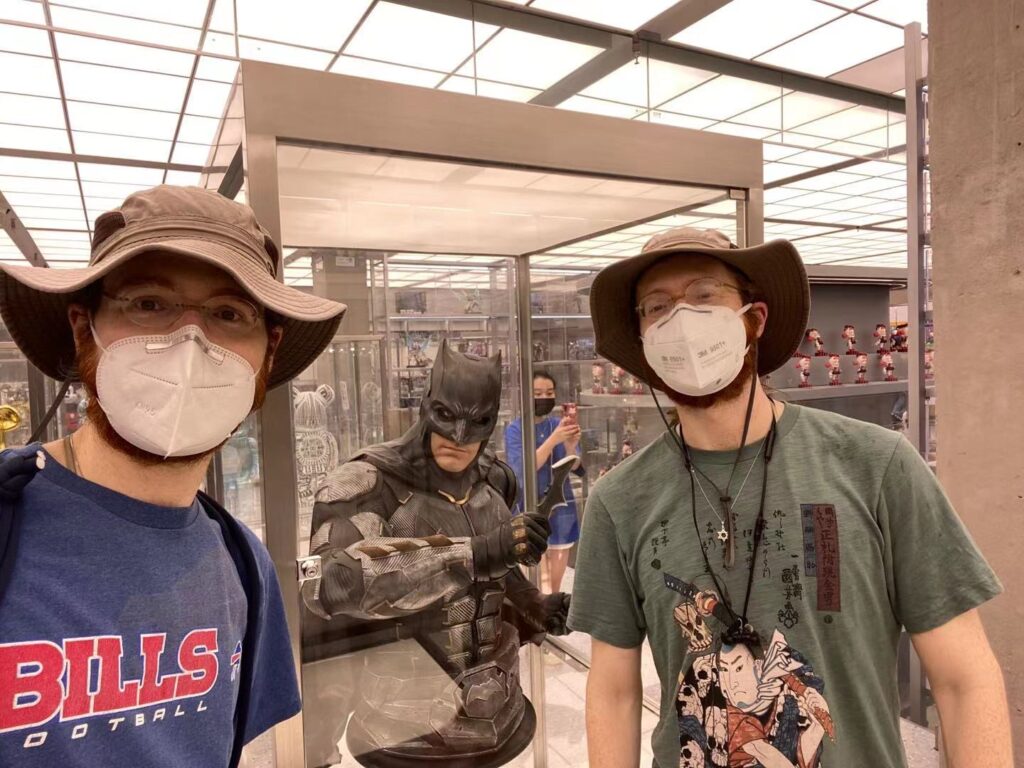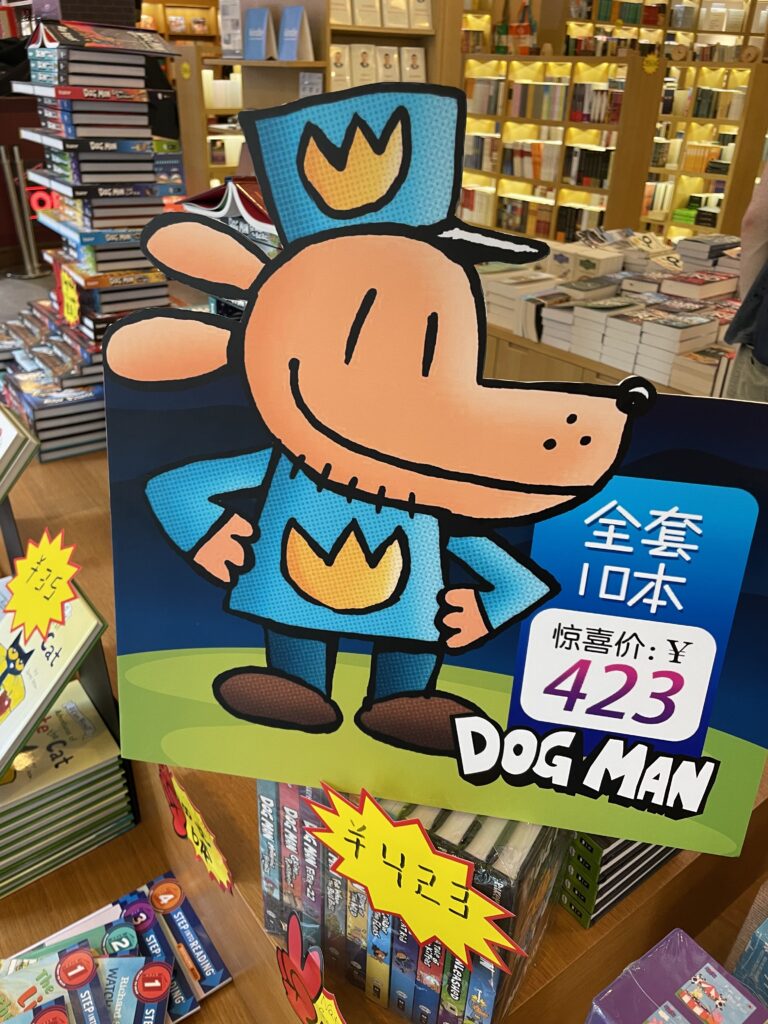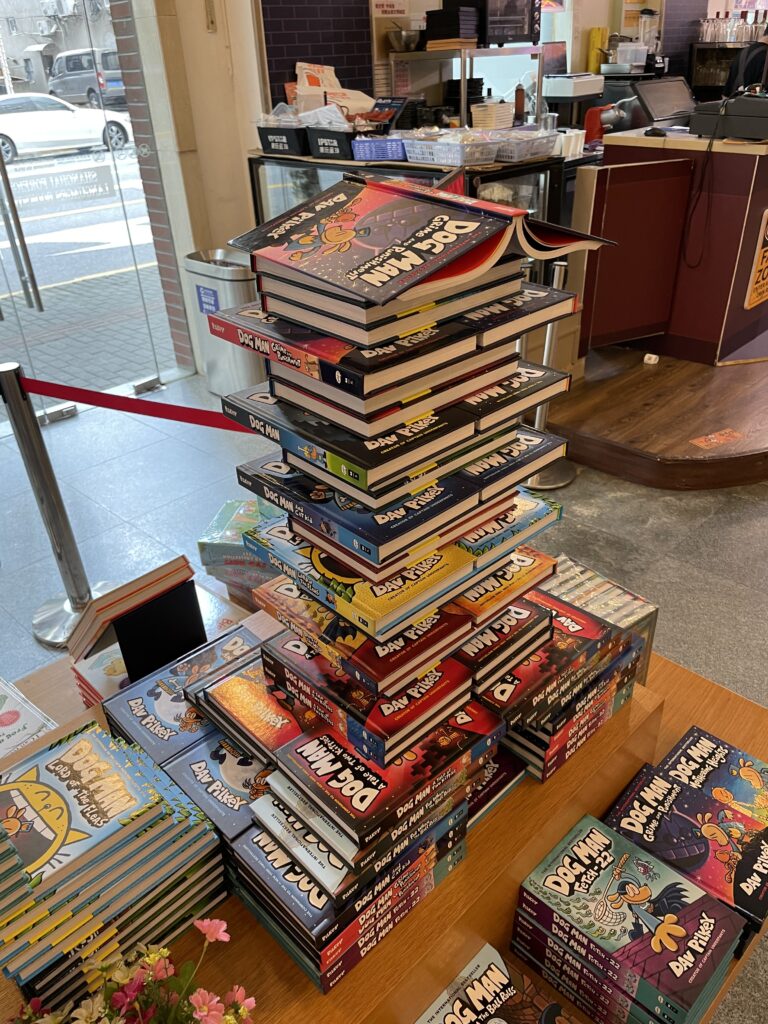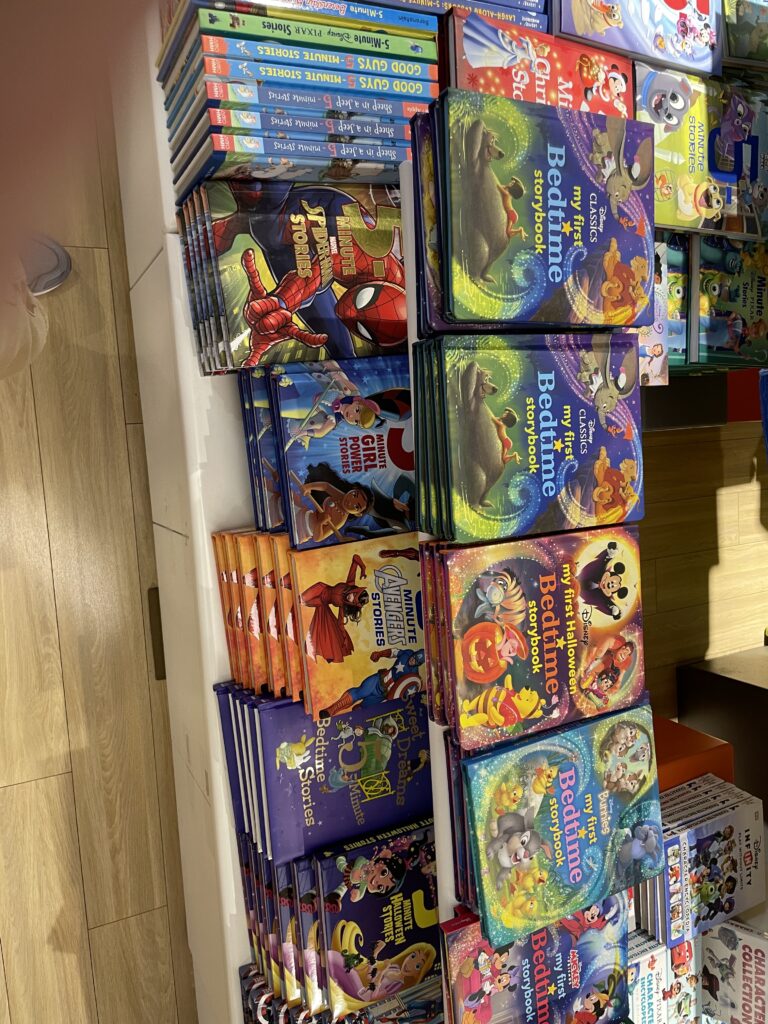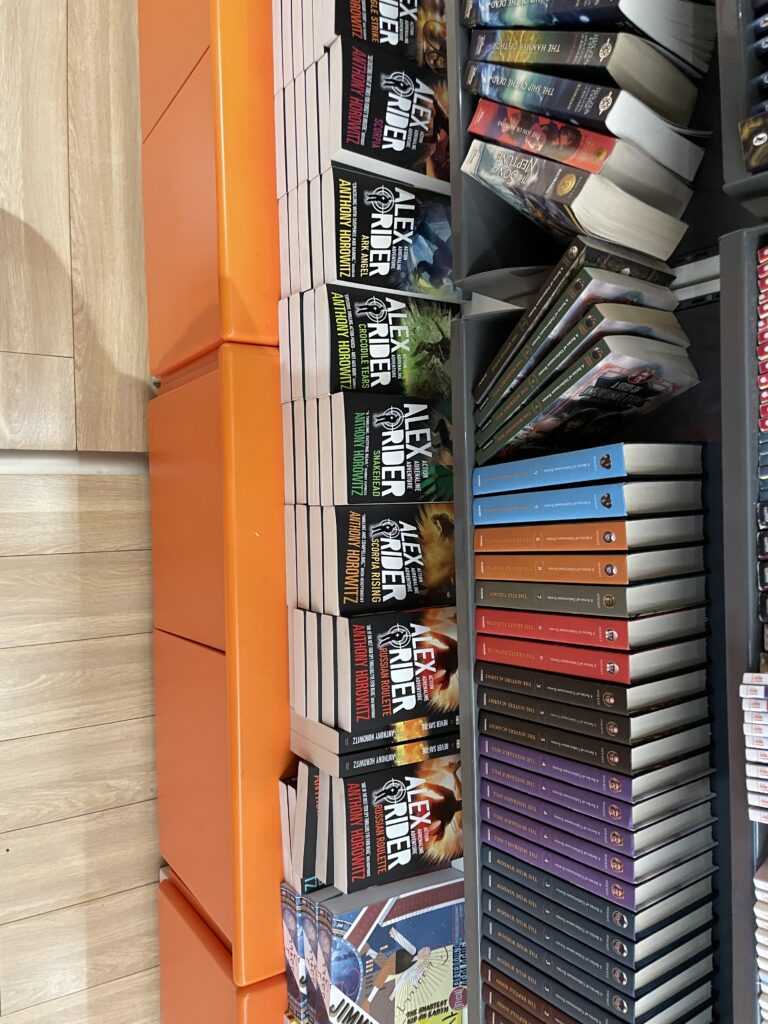Hello Everyone,
Welcome to Astronomer in Beijing! If you’re reading this, you probably know that I’m Emmet Golden-Marx. I’m an Shui Mu Fellow and Astrophysics postdoctoral scholar at Tsinghua University in Beijing. Recently, (as in just under two months ago), I was able to finally move to China to start my postdoc in person. Given the popularity of my brother Jesse’s blog, Astronomer in Shanghai (astronomerinshanghai.com), I thought I would also create a blog to keep everyone informed of my time here in Beijing. My plan is to do a monthly blog similar to my brother (the aim will be to have them spaced by two weeks from his entries so that people who subscribe to both will get a more steady flow of what it’s like to live in China). However, since the last eight weeks have been a roller coaster of events, I’m going to do the first few entries weekly until I get caught up in real time. I also might do some special entries depending on any trips I take. Again, thank you so much for reading this blog. Please comment below. I’d love to hear from you all.
Before I dive into my journey to China, I just want to say that for everyone who is reading this, I hope you’re all doing well wherever you are. I know that for many, September is the start of a new school year, so I hope you’re all staying safe and healthy! For all of my Jewish readers, L’Shanah Tovah! I hope you’ve had a sweet start to the new year!
A Quick Summary of the Long Hiring Process
To refresh your memory, I accepted the postdoc position at Tsinghua University to work with Prof. Zheng Cai in March 2020. Because of the pandemic, the entire hiring process was been pretty long. I interviewed with Zheng in January 2020, just when the COVID situation and shut downs in China were starting to get bad (I distinctly remember asking Zheng how he was doing with the shut downs). Because of some other interviews and waiting to hear back from other positions that I had applied for, I didn’t accept the position until March 2020. Specifically, I remember signing the forms and sending them to Zheng on the Thursday, March March 12 right when BU announced that students would not be returning from Spring Break and that people should plan to remain off campus. I remember being concerned that I wouldn’t have access to a scanner and wanting to scan the version with my signature. At that point, I was optimistic that the COVID shutdown would be no longer than three months and that I’d be able to defend my dissertation in person in August and then head to China in October 2020. Well obviously, that didn’t happen. I did defend my dissertation in August 2020, albeit virtually, but it took almost another 11 months for me to make it to China. Thankfully I was able to spend those 11 months with my parents in Saratoga, which was really lovely. I think the last time I’d spent more than 2 months in Saratoga was when I was in high school, so it was nice to get some quality time with my parents and get to go running with my Dad and fruit picking/jam making with my Mom.
Throughout that period, I was working remotely with Zheng at Tsinghua and trying to figure out if I was going to be able to come over. It wasn’t until Memorial Day 2021 that I was finally able to apply for a visa. Once I got the invitation letter from Tsinghua, everything went relatively smoothly. Thankfully I could send my application to the Chinese Consulate in NYC, as it is still closed to visitors. Once I got my R-visa (since I have a PhD, I’m deemed a Highly Talented Foreign Worker), I went about booking a flight to China. Now given Chinese COVID restrictions, you need to fly directly from your home country to the China. To further complicate this, the number of flights between the US and China has been severely limited (there used to be 10+ per day and there are now closer to 10 a week) and all flights from the US are to Shanghai. As supply and demand drives economics, these flights have ballooned in price. I paid ~ $4000 whereas Jesse paid closer to $800 when he flew to Shanghai. Thankfully Delta has two of those flights and I was able to fly from Detroit to Shanghai. This was particularly comforting as I could stay with my cousin Margaret, her husband Dave, and her two sons in Ann Arbor (Thank you so much for having me!). Since I had to get COVID tested in Detroit two days before the flight (my first of many COVID tests), I got to spend my last days in the US in Ann Arbor. Since Jesse did his PhD at the University of Michigan, I’m pretty familiar with the area, so it was nice to spend it surrounded by family and not in a hotel in a random US city.
Now getting on the plane was a whole other story. For my flight from Albany to Detroit, all I needed was to show up wearing a mask and get on the plane. This plane was packed, but thankfully nobody decided to get angry at the Delta flight attendants for requiring them to wear a mask.
There were far more requirements to board the flight to China. Obviously, as I mentioned above, I needed a negative COVID test. However, for the flight, I needed both an antibody (blood test) and the regular PCR test. Since I’m vaccinated, they test for two different antibodies, one that is positive if you were vaccinated and one that is negative if you are healthy (and they don’t really explain this , so I was definitely a bit confused when I got the positive result back). Once I got my results (about 25 hours after the test), I then had to apply for a green code, which would allow me to get on the plane. Apparently this can be a logistical nightmare for some people, but thankfully my answers and visa were deemed acceptable and I was able to get that code (I did find out later that when they asked if “Anybody in my community had tested positive for COVID in the last 7 days” that they meant family unit, not town, which I had assumed and was able to correct that). With my green code and another QR code, I was all set to head to the airport to fly to China!
In terms of perfectly timed flights, the flight that I took wound up being on August 2, so that I arrived in Shanghai on August 4. I say this was perfectly timed because in 2020, I defended my dissertation on August 3, so I spent the one year anniversary of defending my dissertation on the plane to China.
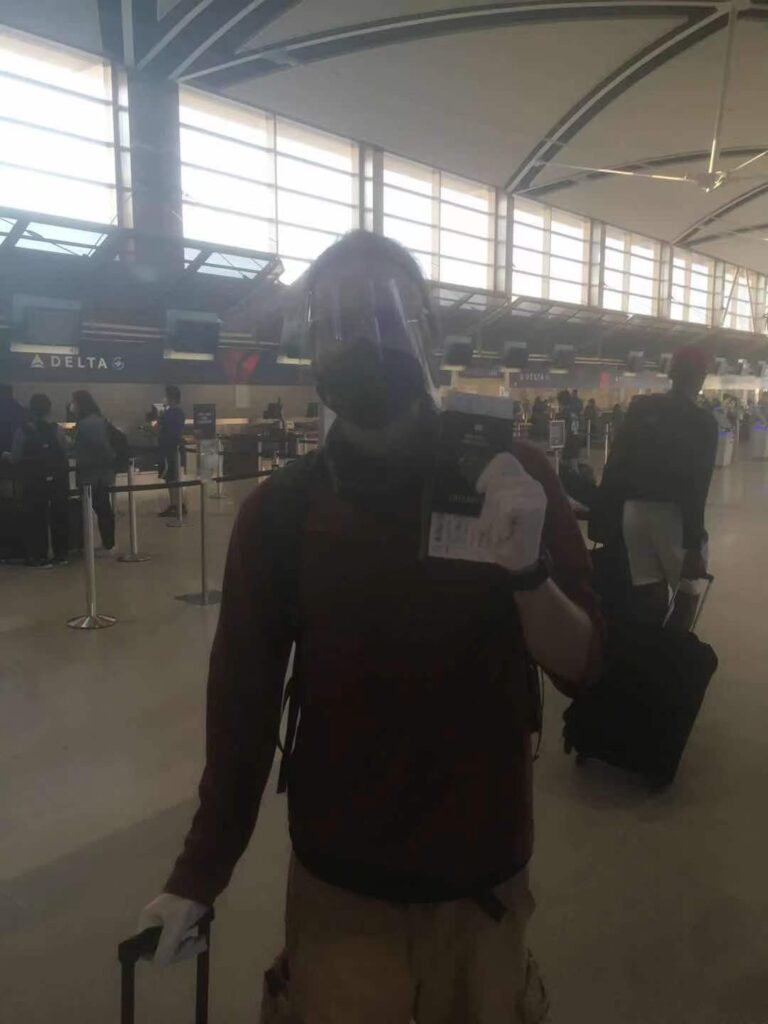
Flight + Arrival to Shanghai!
The flight to China was surprisingly normal given the pandemic. I watched movies, was given meals and snacks, and generally felt very cramped. The biggest surprise to me was that the flight was not packed. I was in the Extra Space section of the plane and had an entire row to myself! This definitely helped me keep my sanity as I was super concerned about getting sick on the plane. I don’t think I’d have been able to deal with a fully packed flight for the trip to Shanghai. I will say that I was triple masked and wearing an eye shield for the entirety of the flight (my nose felt terrible after 25+ hours – look at the picture to the right for a my flying suit). For those of you who’ve never flown to China, the flight takes about 18 hours. Because I wanted to get to the airport early, it ended up being about 28 hours between when I left Margaret & Dave’s house in Ann Arbor and when I arrived in the quarantine hotel. Once the plane landed in Shanghai, I noticed all of the differences of travel. Unlike typical flights in the US where it’s a free for all to get off the plane and grab your bags, we were required to de-board the plane in seating order (the front first and work our way back). Once I got off the plane, everyone was shuttled first to scan their QR codes (this is where I was flagged for saying that there were positive COVID tests in my community). After this, we had to scan our QR code again where we were given materials so we could be immediately COVID tested at the airport. The international terminals at the Shanghai airport has been set up such that everyone who lands is tested in what looks like a series of temporary trailers. Here, I got COVID test #2 (both mouth and nose and they were definitely not gentle). After this, I then got to make my way through customs. At this point, I’d been dragging my carry-on for about an hour and was definitely starting to get pretty sweaty as the AC was not to US standards of chilly. Throughout all of this, every Chinese airport employee was wrapped head to toe in plastic hazard suits, so it definitely felt like it was a pandemic. Thankfully customs was pretty straight forward (I was funneled to the English-speaking agent who asked what I was doing and basically summarized it down to science) and was then able to get my 4 other suitcases. Now in the US, I had my parents and cousin Dave to help handle the suitcases, but because of COVID, everybody is responsible for their own suitcases. This meant, I had to stack 4 of my suitcases on a single dolly and then drag the 5th behind with me. Pro-tip, traveling with more than 2 suitcases is NOT FUN! Once I got my bags, I was funneled to the quarantine hotels (this depends on where your final destination is). Because I didn’t know when I’d be heading to Beijing, I used my brothers address as my temporary residence, so I was able to stay in a hotel in Xuhui, where Jesse lives.
Hotel Quarantine in Shanghai



My Quarantine Hotel
Unlike the US, where quarantine is somewhat optional, in China, it is very much not optional. This means that everyone is required to stay in a quarantine hotel (they even had the taikonauts – Chinese astronauts – quarantine when they returned back to Earth) and that you don’t have many options if you’re just a normal person who is coming to China (apparently it’s possible to get nicer accommodations if you’re willing to pay far more than I did). Now you might think that the differences in travel end with the airport, but that is very much not the case. Upon arrival at Lereal Inn (my quarantine hotel), all of the bags were hosed down with some kind of disinfectant. Everyone is then required to complete various forms and paperwork and have our temperature taken. Once this was done, I was able to pay for my room (one of the few times my credit card was accepted) and I was again responsible for moving all five of my suitcases to the room where I’d stay for the next 14 days.
As you can see in the pictures above, the hotel room itself is pretty standard. I had a mini fridge, a nice size bed, and two chairs (much of my daily events involved switching from one chair to the next). Now I don’t want to dwell too much on my time in quarantine mostly because it was pretty uneventful. I arrived on August 4th, so I spent much of my time in the first week watching the Olympics. Having sports to follow that occurred during the day (there is only a one hour time difference between Tokyo and Shanghai) really helped keep me sane. I also did a lot of reading comics, watching tv, and drawing. Speaking of drawing, I’m still working on a series of Sunday funny style comics about my time in quarantine. Once that’s done, I’ll have a special edition blog post to share with you all. Thankfully my Mom also had bought be a resistance band, so I was able to do some Zeus fitness workouts on my computer. You don’t realize how little you move until you’re stuck in a hotel room and cannot move. My day-to-day life in quarantine was pretty simple. I’d get up around 7 in the morning. Read some comics until 8 when a hotel employee (again in a full mock hazmat suit) would knock on my door to take my temperature. At this point, I’d pick up the meal that had been left outside of my door and leave the trash that I had from the previous day in a nicely tied bag outside my door. At 1pm, I’d get another knock on the door where they measured my temperature a second time. Here, I’d also take my lunch. Around 7, I’d grab the dinner they left for me outside my door.
Now these meals were not what I would call a great introduction to local Chinese food. Although I’d heard stories of people being able to get takeout from restaurants delivered to their hotels, my hotel did not allow patrons to order hot food, only pre-packaged foods. Additionally, since much of the digital Chinese economy functions on WeChat pay (sort of an Apple Pay digital equivalent that is linked to a Chinese bank account and to WeChat, the major Chinese social media platform), I couldn’t order food myself. Thankfully, Jesse and his friend Hannah Maia were able to order me some snacks (dried fruit, peanut butter, nuts, cereal, and gatorade). However, I was also able to get vegetarian meals, which were an added bonus, and thus allowed me to eat more than just the white rice. As shown above, breakfast usually consisted of some kind of bread product (either a baozi, fried dough, or a roll) and then kanji (rice porridge) or corn (they also gave me hard boiled eggs, which I don’t eat). Since I had cereal with me, when they gave me soy milk, I’d eat that, too! Lunch and dinner largely consisted of lots of veggies and very little protein. As you can see, each meal came with a large amount of white rice and then some kind of sautéed veggies. Although the food was fine, by the end of 14 days, I was certainly crazing salads and fresh fruit!
Outside of the typical day to day, I had three COVID tests in quarantine (on days 3, 7, and 14). If you’re keeping count, I’m up to 5 COVID tests (all negative by the way). Because people in quarantine are not allowed to leave their rooms, the COVID test takers would come into my room in full mock hazmat gear and have me remove my mask so that they could swab my moth and nose. Though at no point did I ever feel sick, each COVID test was a bit stressful, especially since you don’t receive the results of the test if they are negative when in quarantine. For me, the first test was especially nerve wrecking because Jeremy Lin (the former NBA player of “Linsanity” fame) who is now playing in the Chinese Basketball League with the Beijing Ducks, posted that he had tested positive on the test on his third day while in quarantine (he’d left the US on the same day I had, though from San Fransisco). Thankfully, I was able to keep distracted and stay safe in quarantine. One nice bonus was that despite being trapped in my hotel room, Jesse came to visit me during the first weekend in quarantine. Now I couldn’t leave my hotel room, so I could only look out the window and see him, but it was still really nice (if you look at the right hand picture, I’m in the top right window – you might need to zoom in to see me).
After 14 long days, I finally got the green light that I’d be able to leave the quarantine hotel and go to stay with my brother. Because my flight had arrived in Shanghai at 6am, my quarantine officially ended on August 18 at 6am. One last snafu is that the Chinese government uses various WeChat mini programs to contact trace COVID exposure. Unfortunately, these mini programs only work for Chinese SIM cards, so after 30+ minutes trying to get the code working, I was able to leave with just a piece of paper saying I’d completed my hotel quarantine (Thank you to Jesse’s friend, Alex, for explaining all of this to me, since nobody at the hotel knew why it wasn’t working for me). Although my hotel quarantine was now over, I still had another 7 days of health monitoring. Thankfully this was pretty straightforward and I only had to report my temperature twice a day to someone in Jesse’s community and get two more COVID tests (I’m now up to 7 negative COVID tests in 24 days).
After not leaving the hotel for two weeks it was really great to get out. More importantly, it was really great to see Jesse in person! I had dropped him off at Logan airport when he left for Shanghai back in October 2019 and if you had told me then that I wouldn’t get to give him a hug for almost two years, I wouldn’t have believed you!
Exploring Shanghai
After spending two weeks in a single hotel room, it was great to just walk around Shanghai and see all sorts of new things. Although Jesse and I didn’t do a ton of sightseeing during this trip (during the +7 health monitoring, the Chinese government asks you to avoid crowds, so we took this a sign to avoid more touristy things), we did a have a lot of fun. Here are just a few of the cool things I saw in Shanghai when Jesse and I were just walking to restaurants, malls, and to meet some of his friends. One of the first things that I had to do in China was get a new phone. Jesse look me to one of the many Apple stores in Shanghai (in one the fancy mall you see below). Although I didn’t take any pictures of it, it’s a bit eerie how identical it was to any apple store that I’ve been to in the US. The only difference between US Apple stores and Chinese ones are that everything is in Mandarin, not English. However, beyond the Apple store, the aesthetics of Chinese malls (at least the one where this Apple store is) are pretty different. I think I’ve described this as one of the most futuristic buildings I’ve ever seen. You can see how sleek and cool the malls look. Also, most of the stores there are super high end stores (not what you’d find in the Wilton Mall in Saratoga).
Beyond the malls, I also saw lots of cool parks, statues, and graffiti in Shanghai. You might’ve seen some of these statues before in Jesse’s blog, but I wanted to include them because they’re just really cool. As you can see, in Shanghai, there’s a ton of modern art sculptures that are in front of buildings. I was also pleasantly surprised at the amount of street art (see the Kangaroo) that’s around. Although Boston had lots of murals celebrating different neighborhoods, I don’t remember the prevalence of street art in the downtown area, while Shanghai seems to have far more. One of my favorite random things here is the use of giraffes to measure the heights of little kids to allow entrance. As my family knows, I love giraffes, so seeing all the little cartoony giraffes is quite comforting.
Beyond wandering around Shanghai, I also got to meet a bunch of Jesse’s friends. On my first Saturday out of quarantine, Jesse’s friends John & Alex hosted the Kehillat Shanghai Havdalah at their apartment in Jing’an. It was really great to meet some of Jesse’s friends and be welcomed to China. Additionally, the view of Jing’an from John & Alex’s apartment is amazing (as is Jing’an tonight). You can see below just how magical the city looks at night (and the Jing’an temple, too!).
I also got to meet a number of Jesse’s friends at a Shabbat dinner that Jesse organized, a party at Jesse’s apartment to welcome me to China, and a dinner that Jesse’s friend Sarah organized for her return to Shanghai. Everyone was incredibly friendly and welcoming and gave me a ton of tips for my eventual apartment search and time in Beijing. I can’t wait to hang out with them all again when I visit Jesse again later this year. I also told everyone that if they make it to Beijing in the next three years, I’d love to show them around!
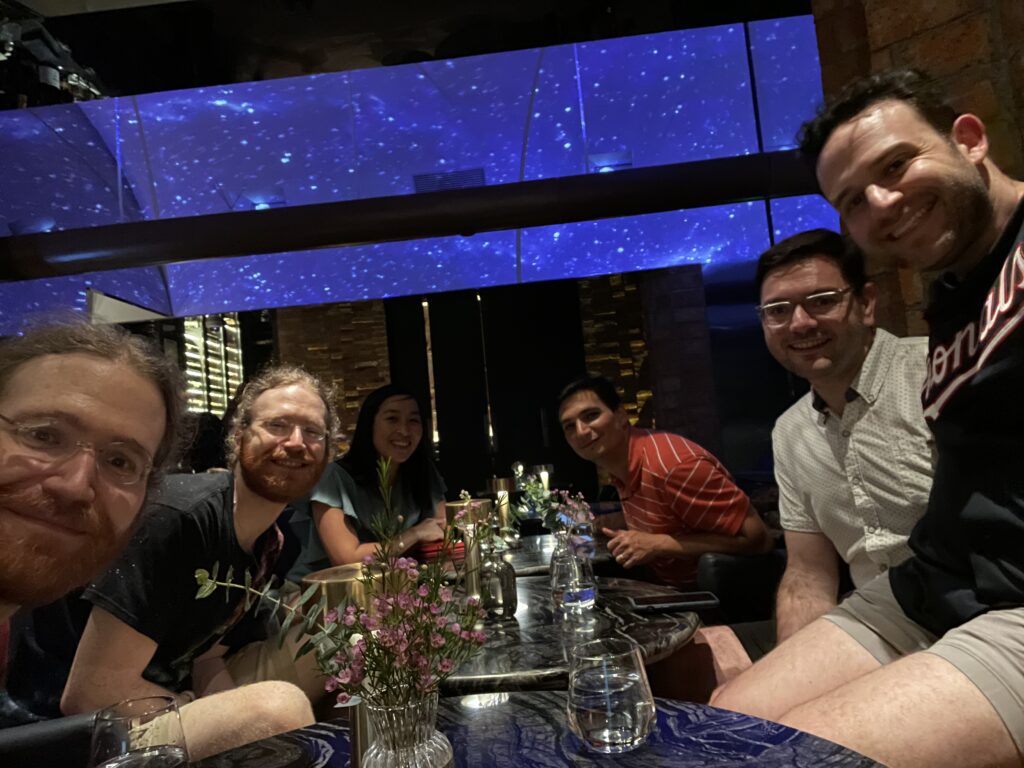
Two of the things that I insisted we do when I was in Shanghai were to visit the Bund and the Yu Gardens. For those of you who’ve been reading Jesse’s blog, you’ll probably recognize these sights. The Bund is the area by the Huangpu river in Shanghai. The skyline along the river creates a fantastic backdrop. It’s also really interesting to see the heavy European influence in the architecture. One of the coolest things about Shanghai is the mix of architectural styles. In one area, you get extreme Art Deco vibes, another you’ll see more traditional Chinese architecture, and then you’ll wander into the commercial areas, where everything is hyper modern.
The Yu Gardens are a traditional Chinese style garden in the middle of Shanghai (near the Bund). I’d been incredibly envious of Jesse’s pictures visiting it, so I knew it was something I wanted to check out. As you can see from the pictures, it did not disappoint. As you enter the gardens, there is a bonsai garden covered in mist, which transports you to the mountains of China. As I was walking through the gardens, it was really cool to see all of the architectural flourishes. Additionally, throughout the entire garden are hundreds (maybe thousands) of koi fish. With the mist and classical stone garden architecture, there is a very Zen (yes, I know that’s Japanese) quality to walking around the gardens. Although Shanghai is a bustling city (and the area just outside the gardens are, too), it’s great to have a sense of calm within the city.
One of the last more touristy things that we did in Shanghai was to visit Fuxing Park. Jesse and I did this specifically to get a picture with our “Uncle Karl”, the statue of Marx and Engels in the park.
Shanghai Cuisine
Another one of things that I was envious of from Jesse’s blog was all of the wonderful Chinese food. After spending the two weeks in quarantine, I was really excited to eat some better food. Here are just a sampling of some of the photos of Chinese food that I enjoyed. One of the first things I had was a jianbing, which is a super popular Chinese street food. Since the jianbing is made in front of you, I took a bunch of pictures showing how it’s made. To describe it, it’s somewhere in between a crepe and a burrito. It’s filled with crackers, veggies, and tofu. Traditionally, jianbing is made with eggs, but one of the cool things about the stall we went to is that they have the Vegan Just egg (Just egg is a vegan liquid egg replacement).
Jesse and I also had a few wonderful lunches and dinners at Vegan restaurants in Shanghai. For those of you who are vegan or vegetarian, or are just looking for vegan/vegetarian restaurants, the Happy Cow app is a godsend. Since I’m slowly learning Mandarin with DuoLingo, it’s really comforting to go to a restaurant and not have to worry about whether or not the food is vegetarian. Here’s a bevy of food pictures to whet your appetite.
Jesse did a wonderful job introducing me to the vegan restaurants in Shanghai. We went to Godly, Vegetarian lifestyle, Hui Yuan Vegetarian, and Duli. I won’t describe all of the dishes, but some of the types of food that were new to me were tofu skins, kaofu, lotus, and sword beans. The tofu skins are super thin sheets of tofu that are used to create a Vegan Duck (basically sheets of crispy tofu skins) and are also in some of the tofu knots, soups, and stir frys. Kaofu is a type of seitan that is super soft and chewy. I’m a big fan of seitan (basically wheat gluten that has been kneaded into a dough and cooked), so it was really cool to see a completely different type of seitan. I got to try both fried lotus and lotus meatballs and both were amazing. The sword beans are the green bean-like veggies and the traditional dish is sautéed with a little bit of spice and they are amazing. I’ve also loved to sample all of the different mushroom dishes. I’m a big fan of mushrooms and there are so many different kinds of mushrooms that are used in Chinese cuisine. If you have the opportunity to visit Shanghai, Jesse does a great job giving a food tour.
Also, although not a part of Shanghai cuisine proper, the fruit stalls are really great! Unlike the US where most of the fruits in stores are imported and you have to go to farmer’s markets to get fresh produce, there are stores that specialize just in fruits and veggies. Here are some pictures of all of the offerings! Though most of the fruits are similar (they don’t have all the variety of apples, but they do have apples, pears, peaches, oranges, melons, …), I’ve gotten to try a few new fruits including pomelo, jujube, and a few others. It’s really exciting to get to try so many new foods. Additionally, many of the restaurants I’ve gone to have fresh pressed juices. Unlike the US, you don’t always get unlimited water (and if you do, it is generally not cold), so I’ve enjoyed getting to have fresh juices as a way to cool off.
Cats (and Dogs) of Shanghai
One of the unexpected pleasures of my time in Shanghai was all of the cats. Although I never had a cat in Boston, I really enjoyed spending time with my parents cats while I was in Saratoga. In Shanghai, I met a ton of cats who live in Jesse’s neighborhood and a few cats who live in stores. Jesse and I also did some cat sitting for his friend Anton’s cat Solo. It was very fun to play with a cat again! Solo is a super cute cat! I also got to meet Jesse’s friends Kate & Ilan’s dog (Pina) and cat (Magwe).
East Meets West (American + Western Influences in Shanghai)
One of the most interesting things was the number of US stores, brands, and advertisements that I saw in Shanghai. Although the vast majority of stores are Chinese, many of the larger, flashier stores are western brands. Out of nostalgia for visits to Buffalo, it was especially comforting to see Tim Hortons! I saw a ton of Disney branding, too! And not just as ads for Shanghai Disney. Rather, Mickey Mouse just seems to be everywhere. Additionally, a few franchises are alive and well here in China, so every time I saw a Pizza, McDonalds, or KFC, I had to take a picture. I was told, although I didn’t try it, that Chinese Taco Bell has the best coffee. As you can see, it isn’t just brands that have made it over, but the Beatles, too! Right around the corner from Jesse’s apartment is a bar called Abbey Road, fit with exterior decorations and everything.
Anime + Comics in Shanghai
As many of you know, I’m a huge US comics, manga, and anime fan. Although China is not Japan, the influence and popularity of manga is prevalent. In the US, beyond Goku and Pikachu making an appearance in the Macy’s Day Parade, you rarely see anime characters used to advertise products. That is not the case here. As I have a bit of an eagle eye when it comes to anime and manga things, I definitely spotted lots of little toys in windows. Jesse and I also went to two different anime/manga themed toy stores (SuperMAN Toys by the Yu Gardens and X11). The anime/manga that I’ve seen figurines and ads for include DragonBall Z, Gundam, One Piece, Naruto, the collected works of Miyazaki (teaser alert, more on that in future blog posts), and many more . In general, it’s really awesome to see all of the figurines and the intricate displays!
Although I haven’t yet talked to anybody about this, I’m quite interested in better understanding the popularity of anime here in China. Specifically given the relatively shaky relationship with Japan post Japanese imperialism. I look forward to chatting with people about anime and seeing how they view this. Additionally, aesthetically, the influence of anime is apparent in advertising. Tons of the cute little figurines and posters that I’ve seen (a lot in Beijing that I’ll share in future posts) have obvious anime influences.
Additionally, probably to nobody’s surprise, I did also see a lot of Batman, Superman, and Marvel’s the Avengers. However, the main difference is that for most of that merchandise, it was directly tied to the movies. Beyond DC and Marvel, many of the toy stores have had Peanuts figures as well as Harry Potter toys! So despite the emphasis being on Japanese characters, the West does peak through every now and then!
Jesse and I also went to a foreign language bookstore and got to see all of the manga straight from Japan. Although we didn’t buy any since neither of us reads Japanese, it was cool to see which series get imported. Also, manga weren’t the only comics that made it. Interestingly, there were no DC or Marvel comics (those are Marvel novelizations), but we did see a number of all ages comics like Dog Man by Dav Pilkey and Dragon Hoops by Gene Luen Yang. They also had the entire Alex Rider series that Jesse and I enjoyed when we were in middle school!
So this might seem like quite a trip, but in reality, all that I’ve shared was from August 2 to September 4. It was a bit of a whirlwind of a trip, going from quarantine to exploring Shanghai, but Jesse did a wonderful job showing me around and I’m incredibly grateful for his willingness to have me crash in his living room for two weeks. In the next installment (which I’m planning to release weekly until I’m caught up to the present), you’ll get to here all about actually going to Beijing and how I’m settling in. If you’ve gotten to this point, thank you so much! I hope you enjoyed all of the pretty pictures and getting to see a little bit of China through my eyes. Please let me know what you think! Until next time, stay safe and healthy!
In Peace,
Emmet

